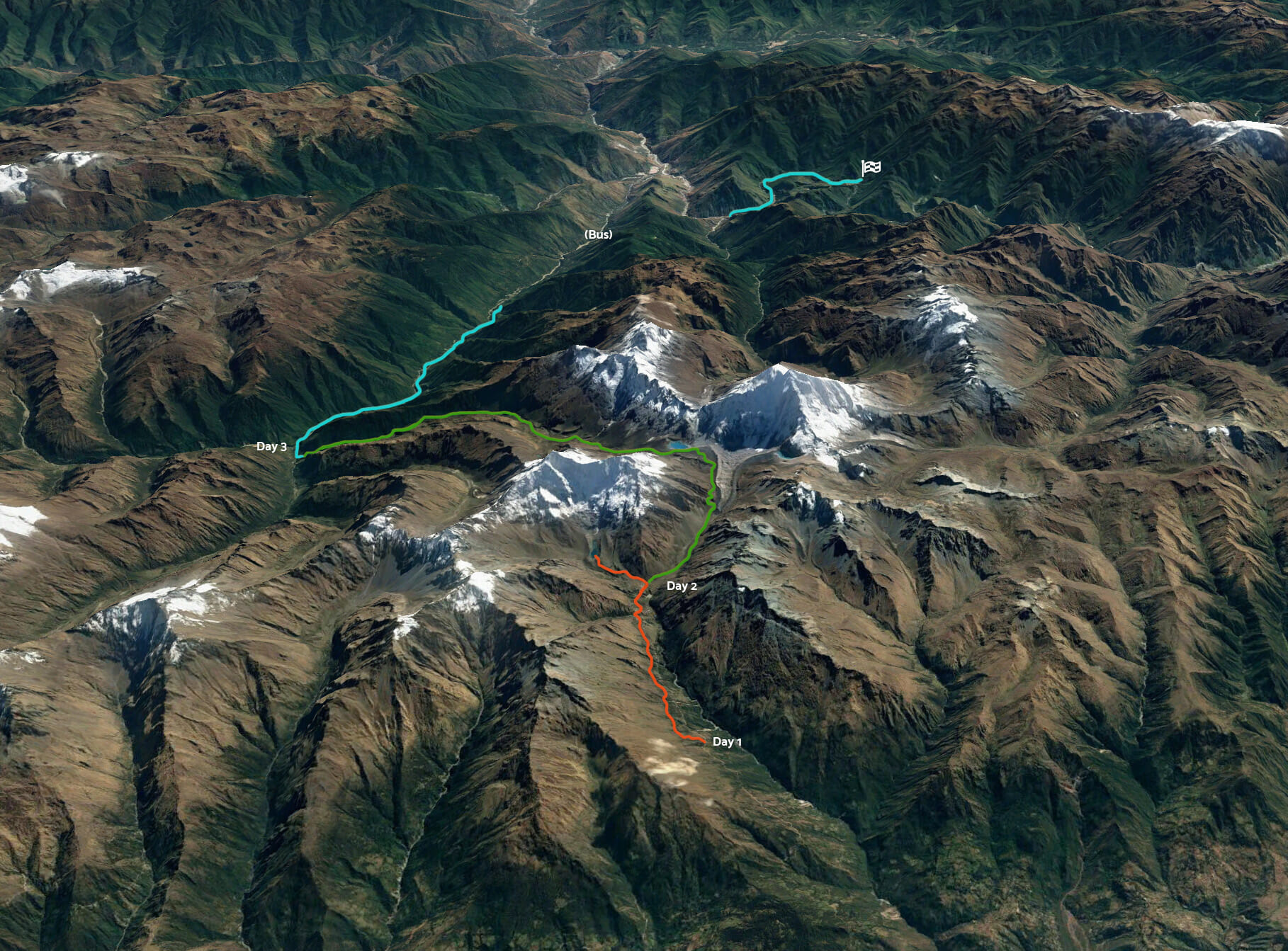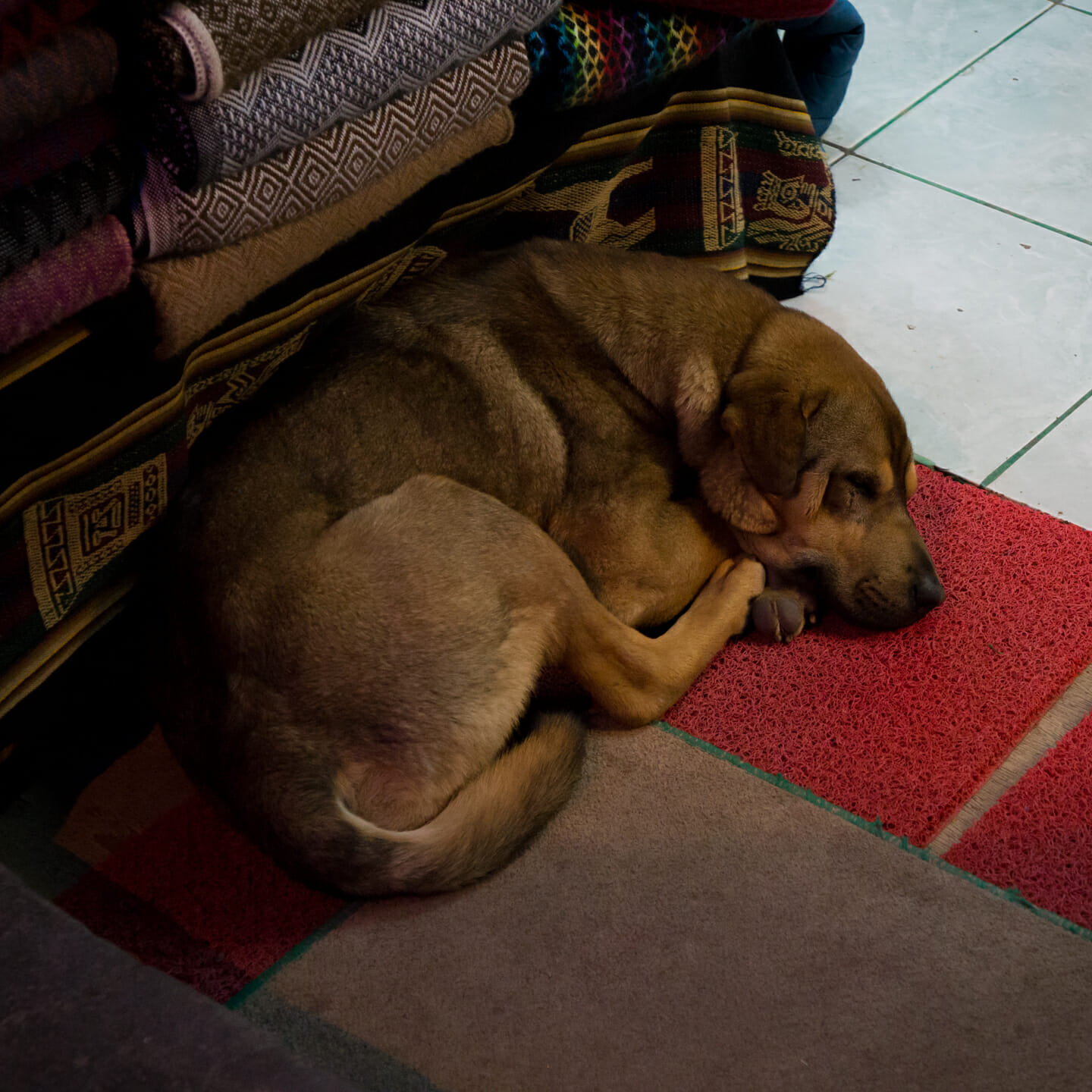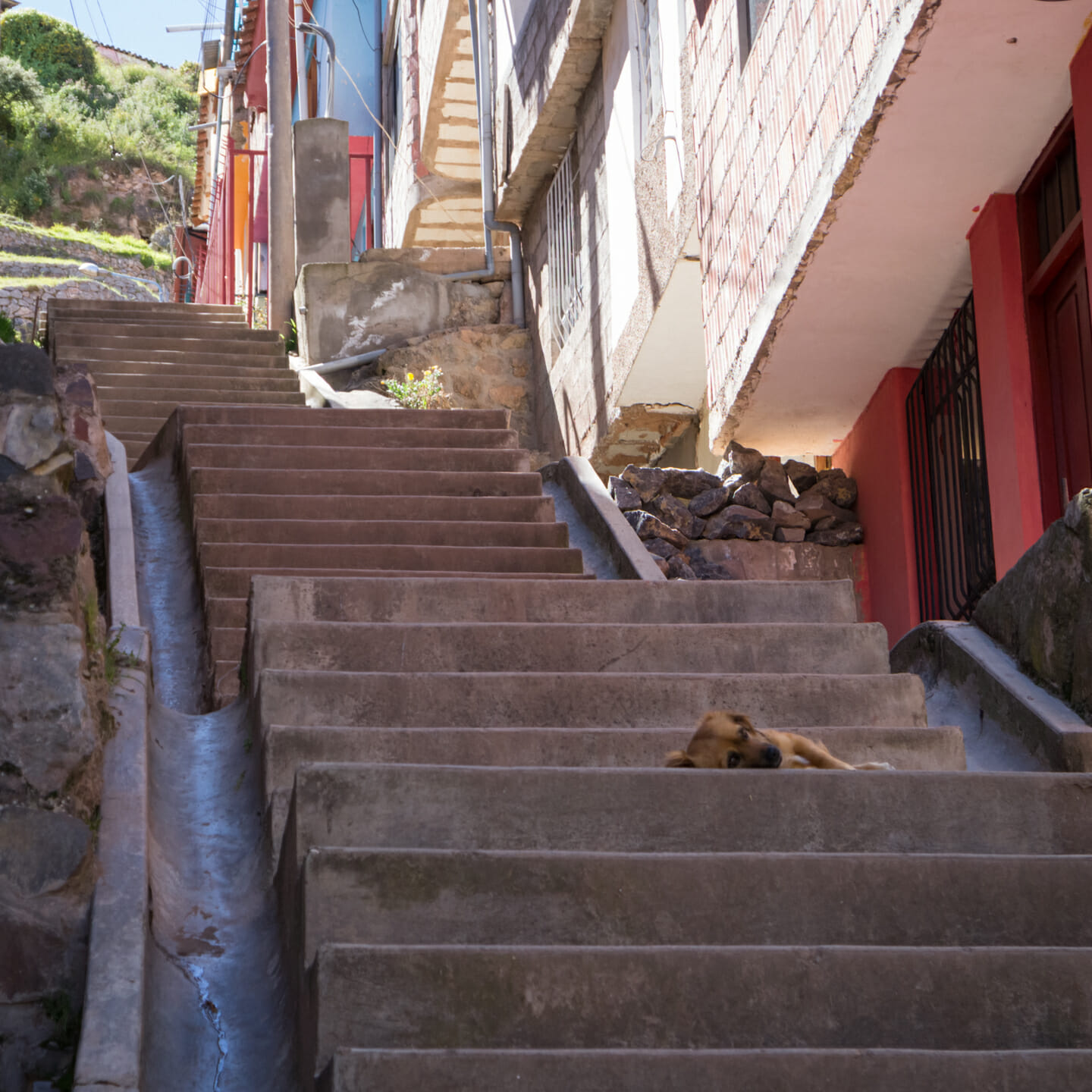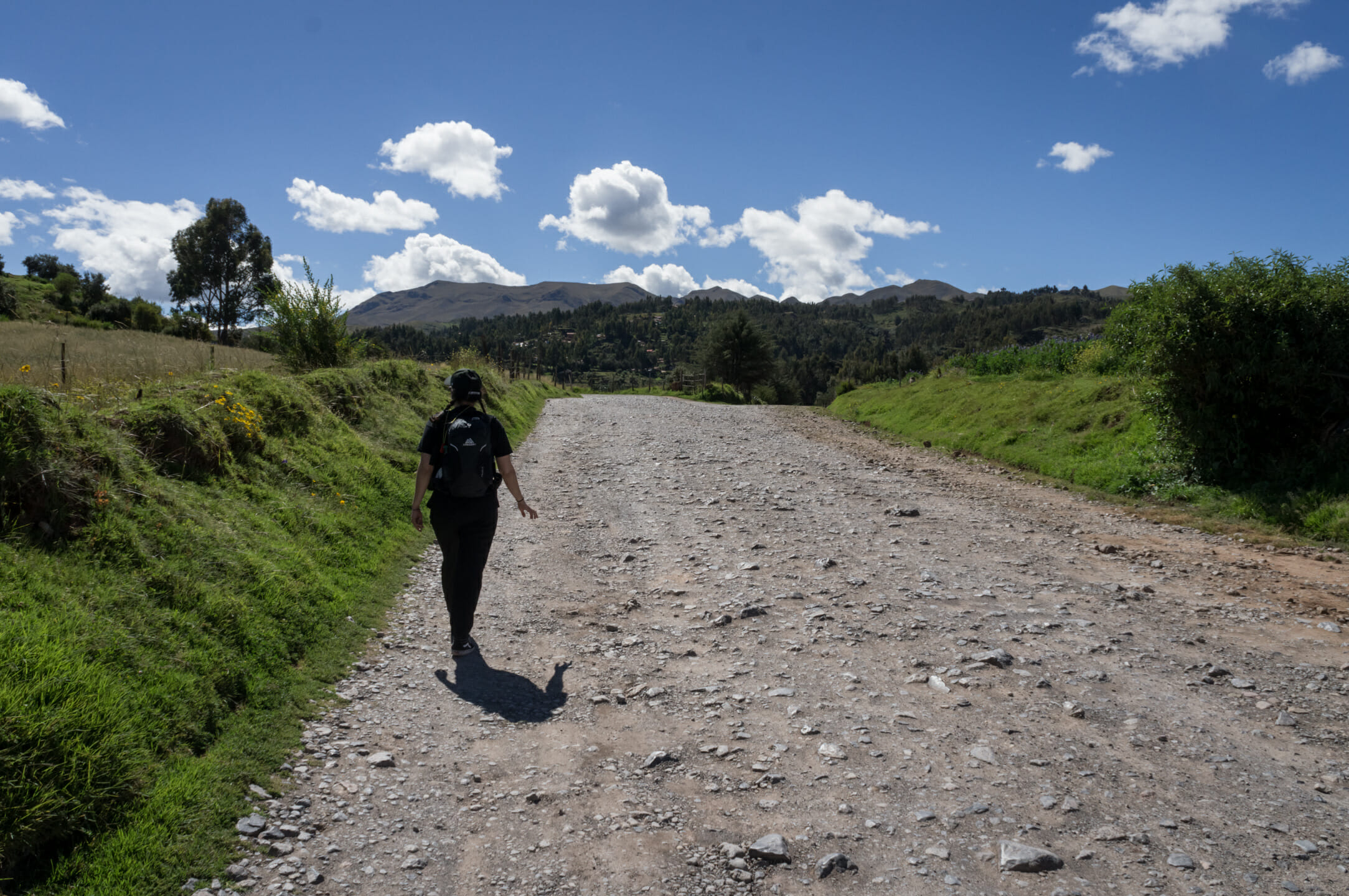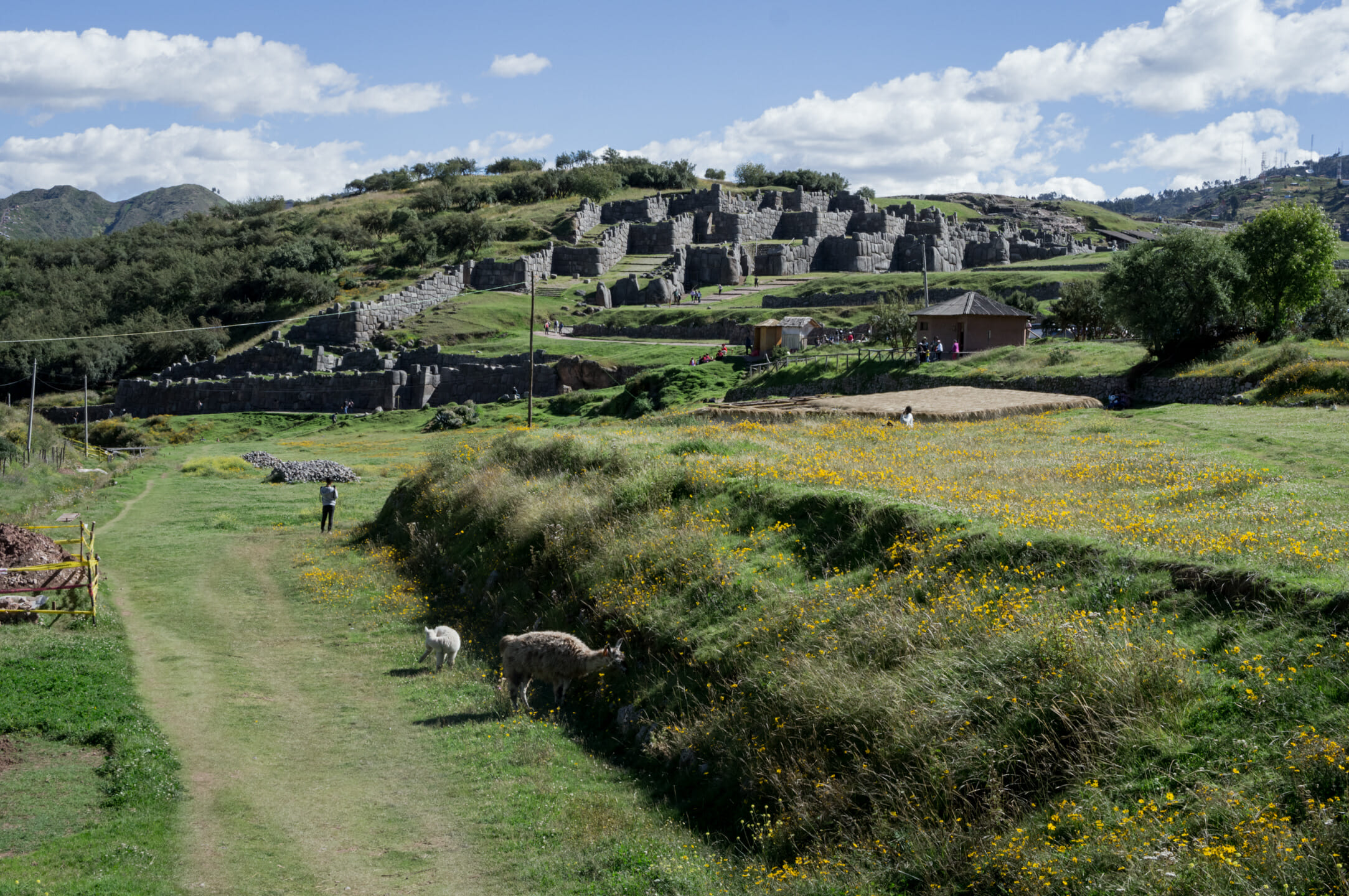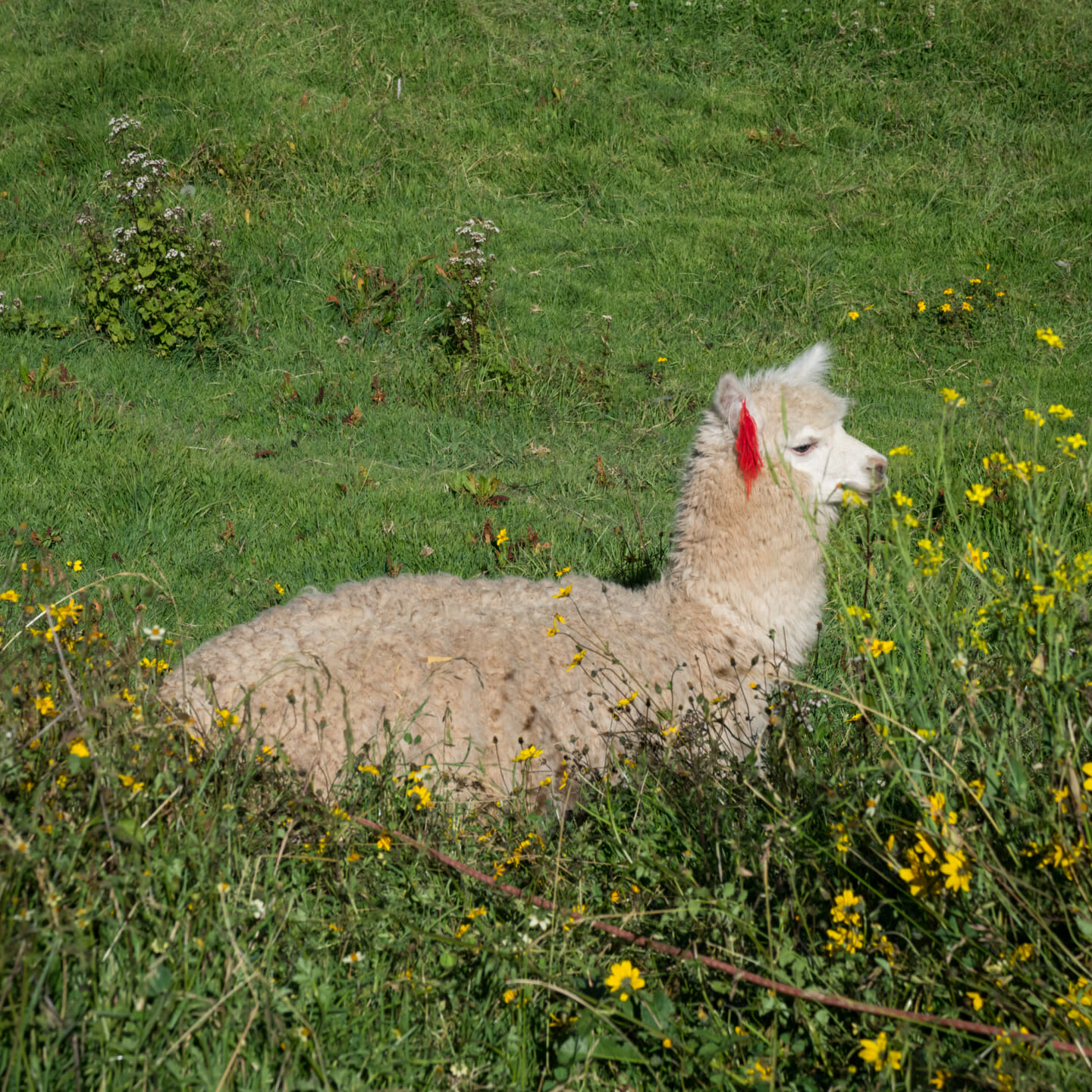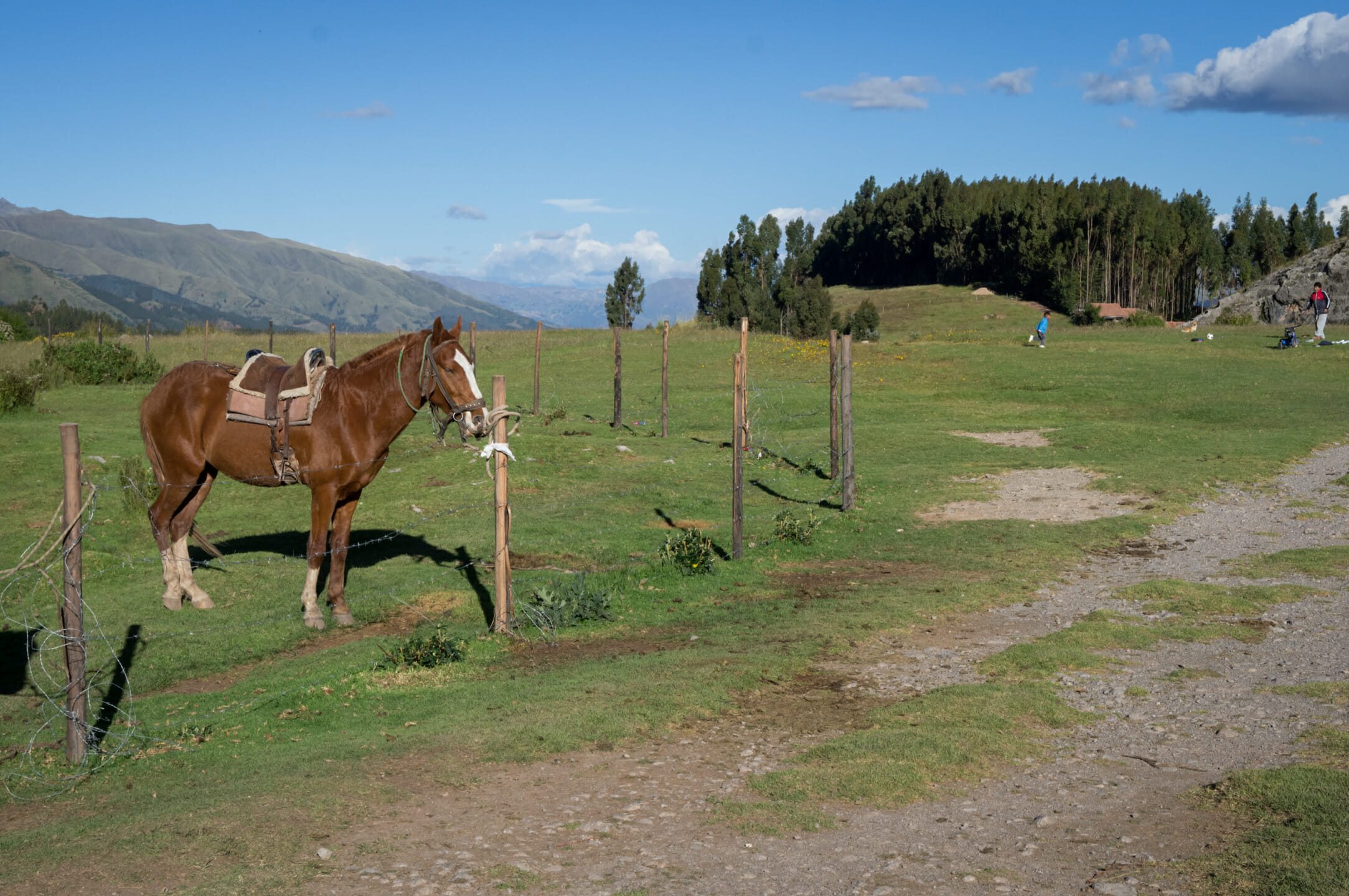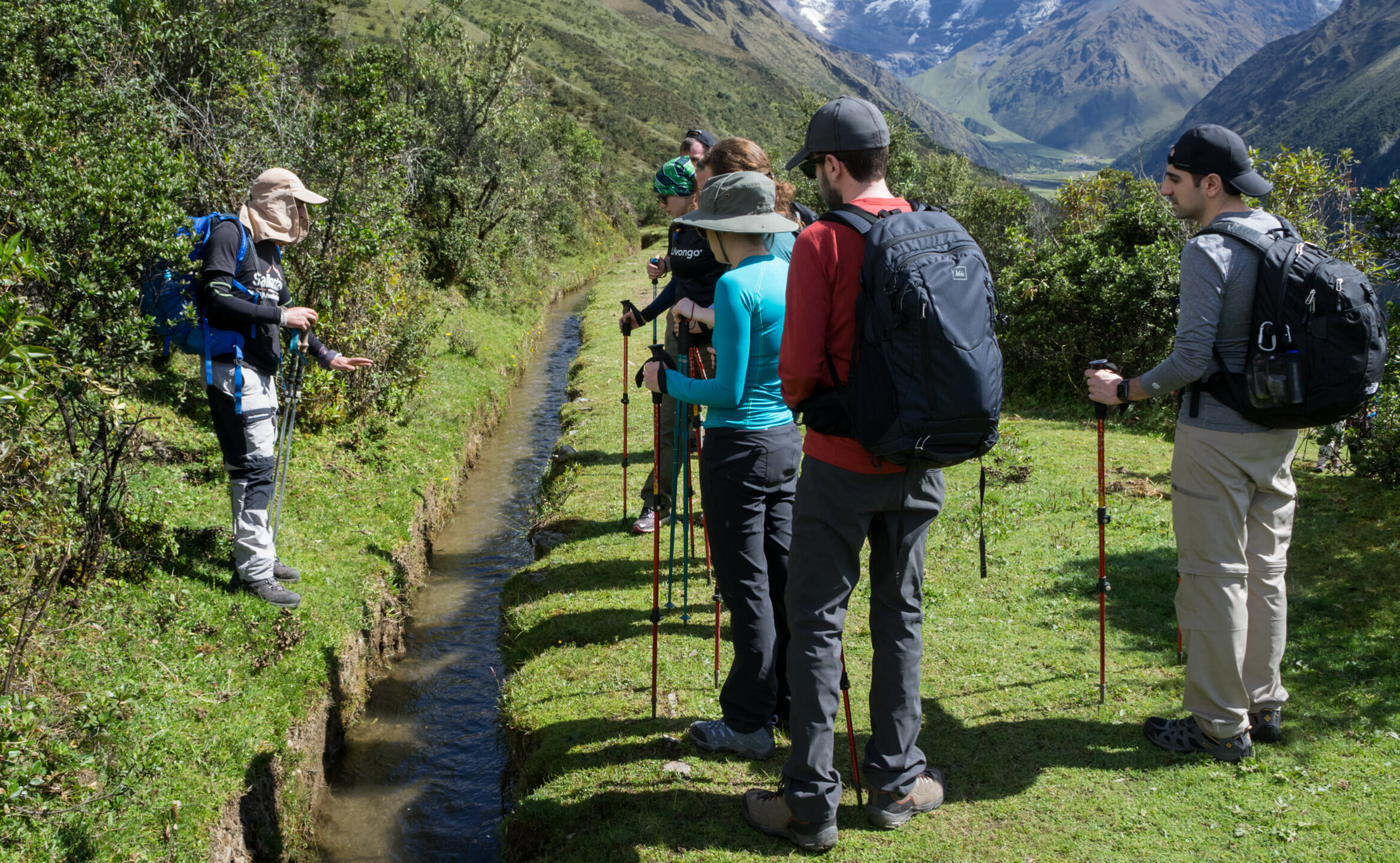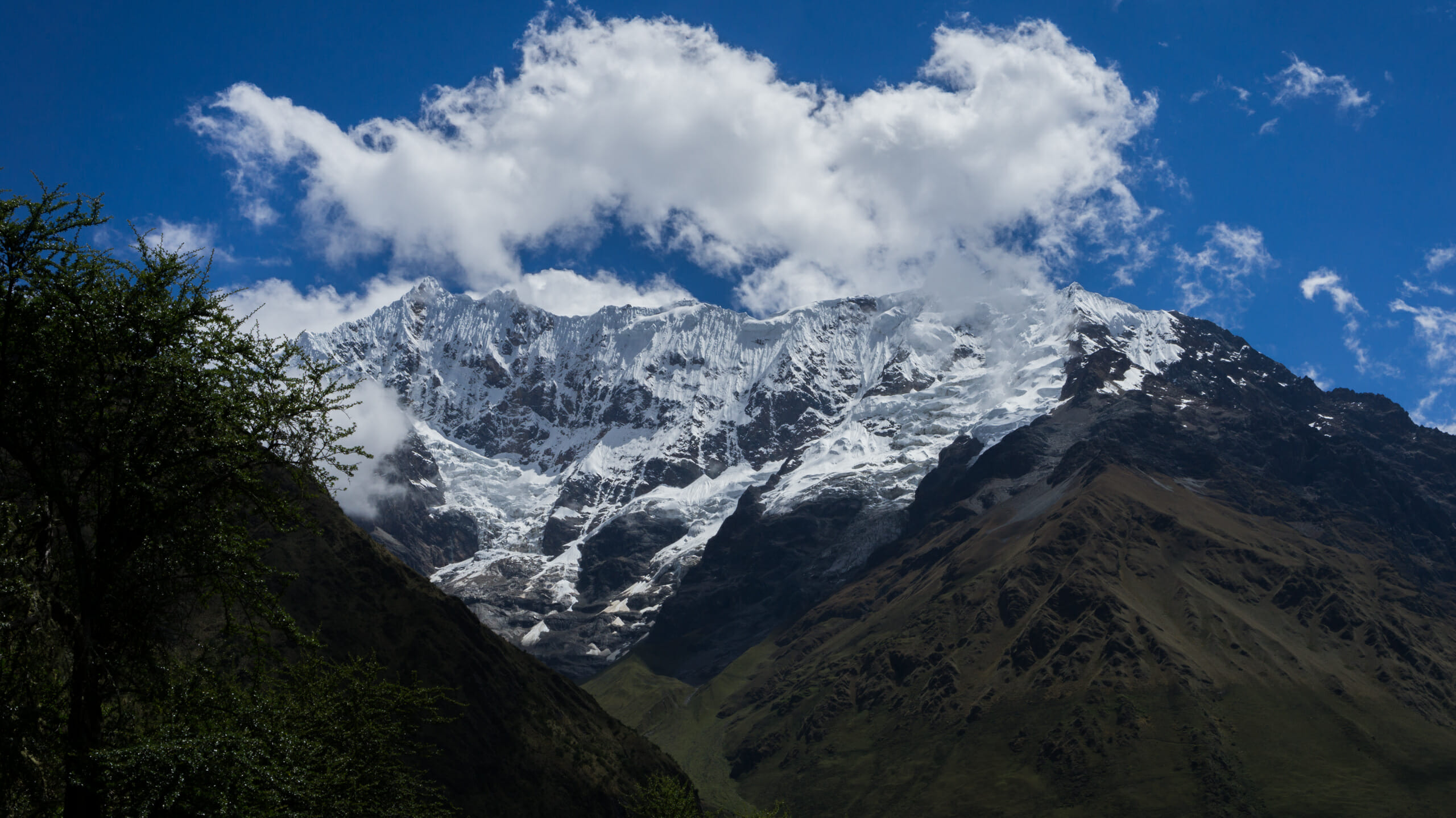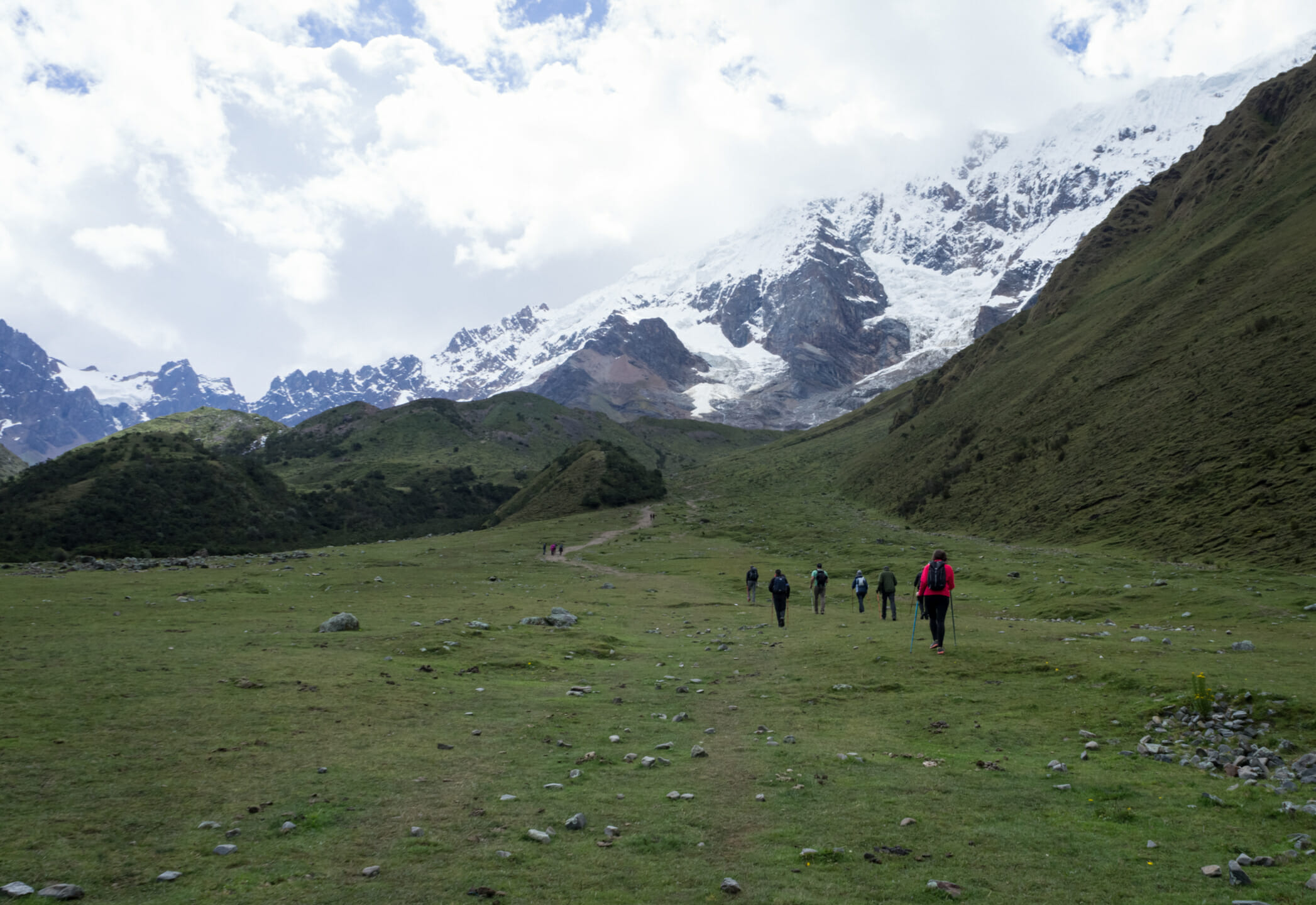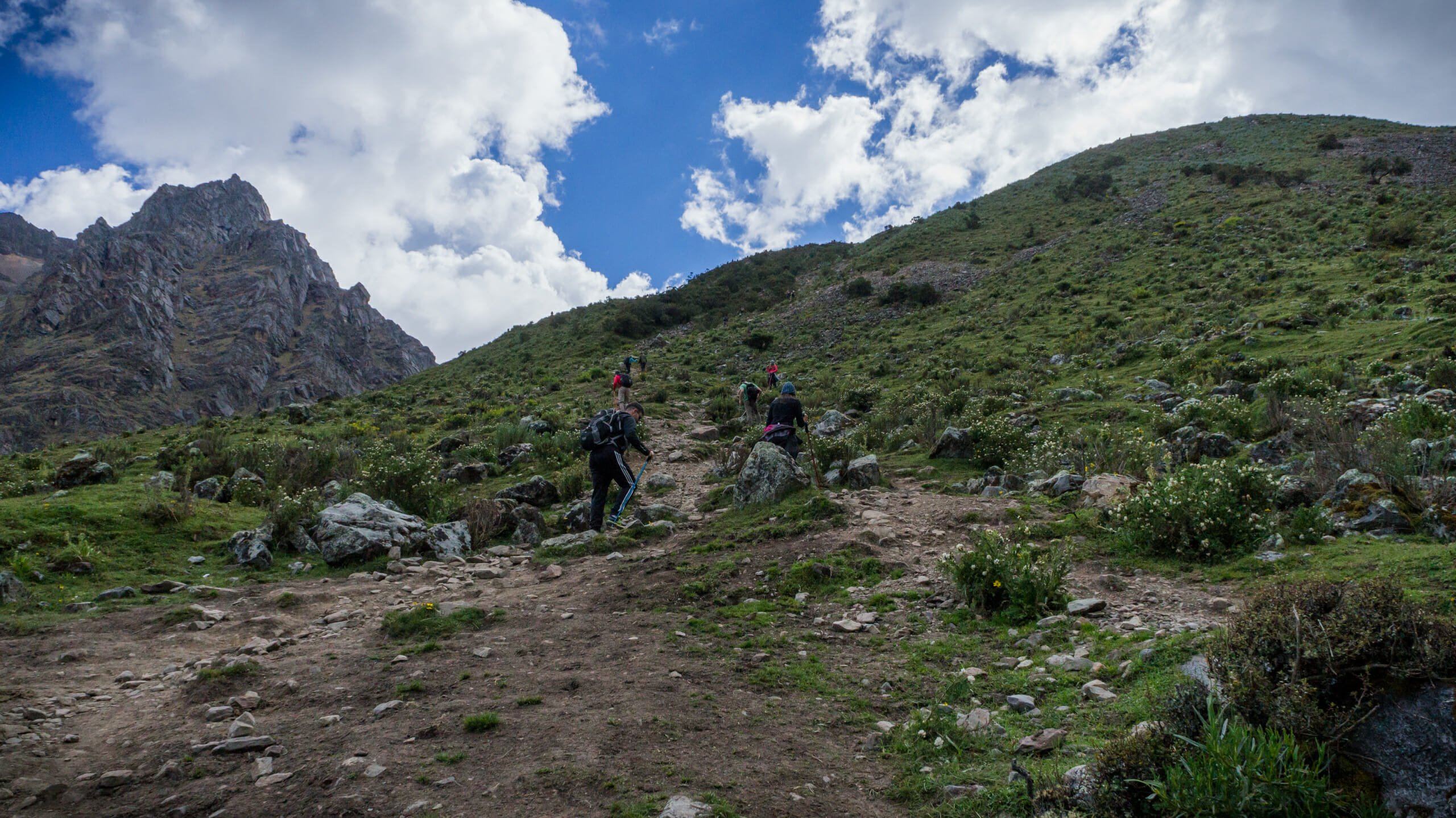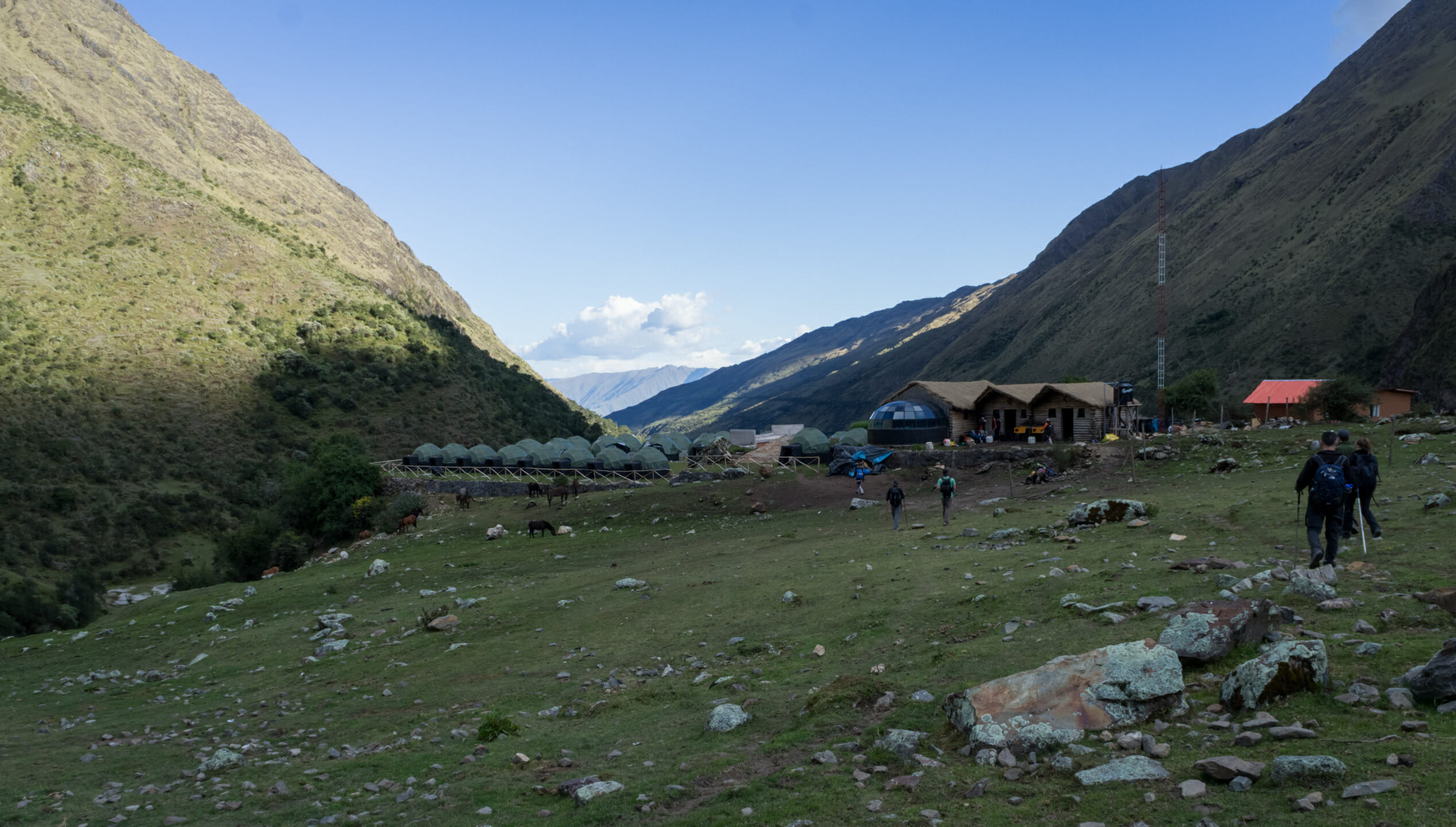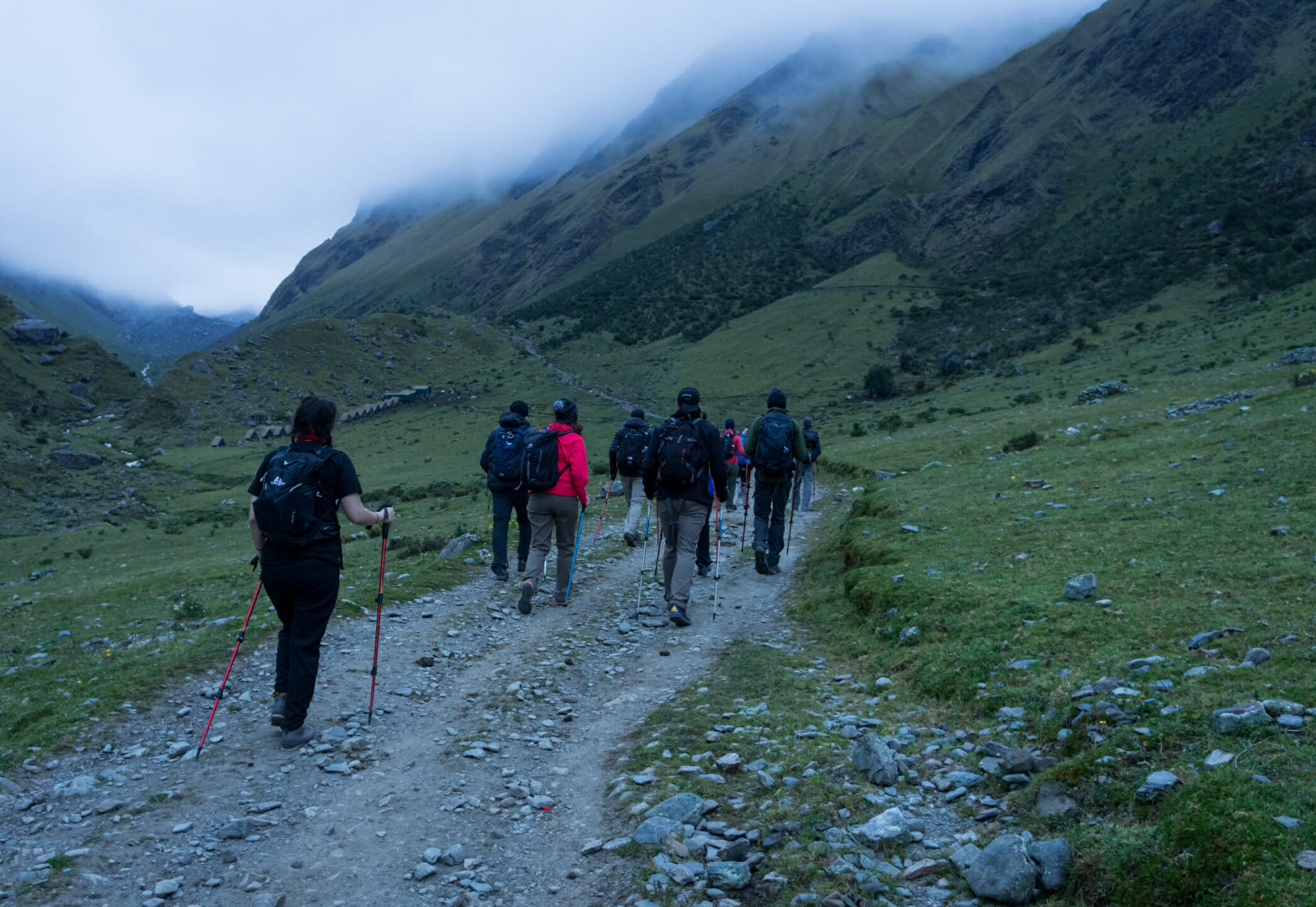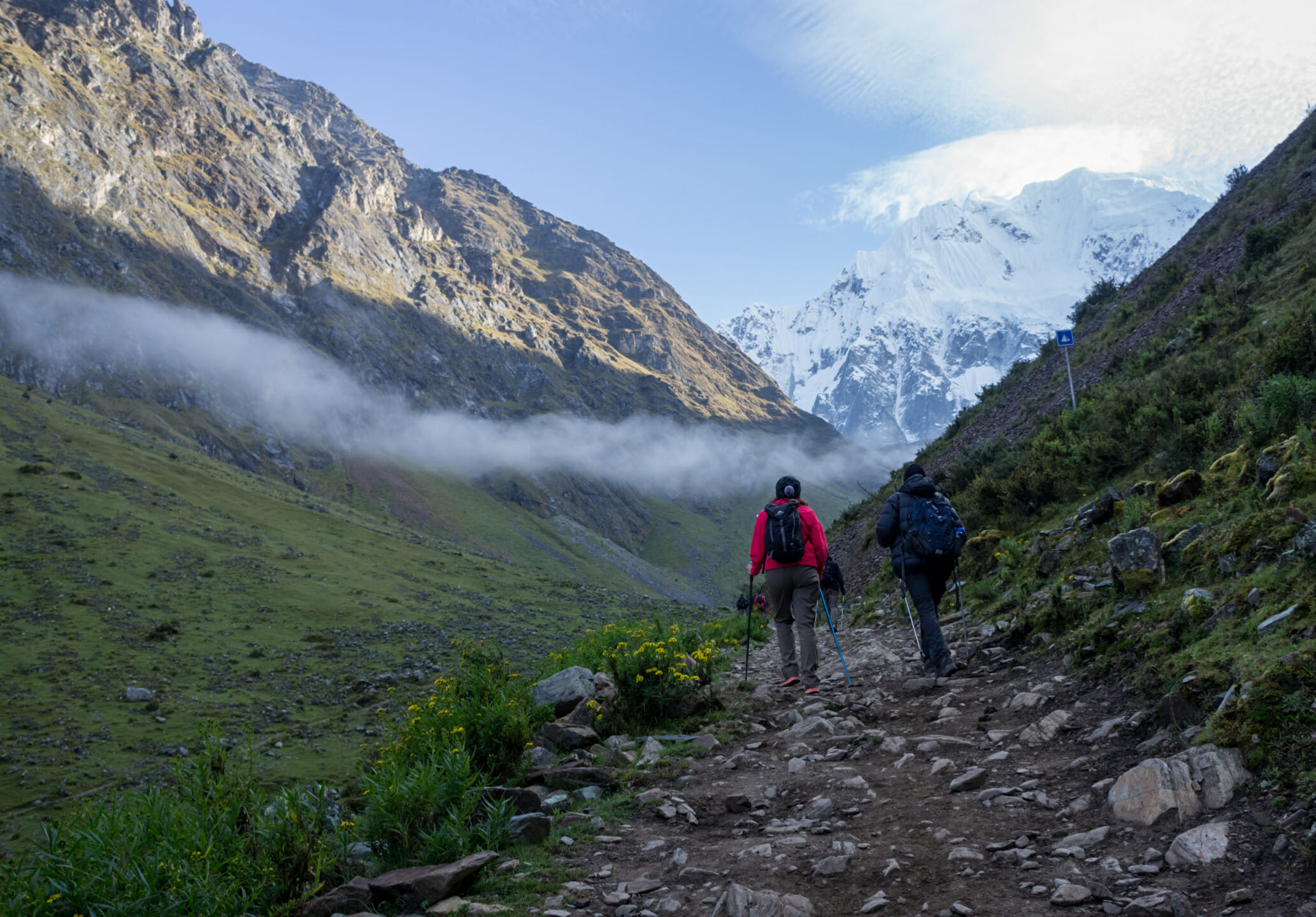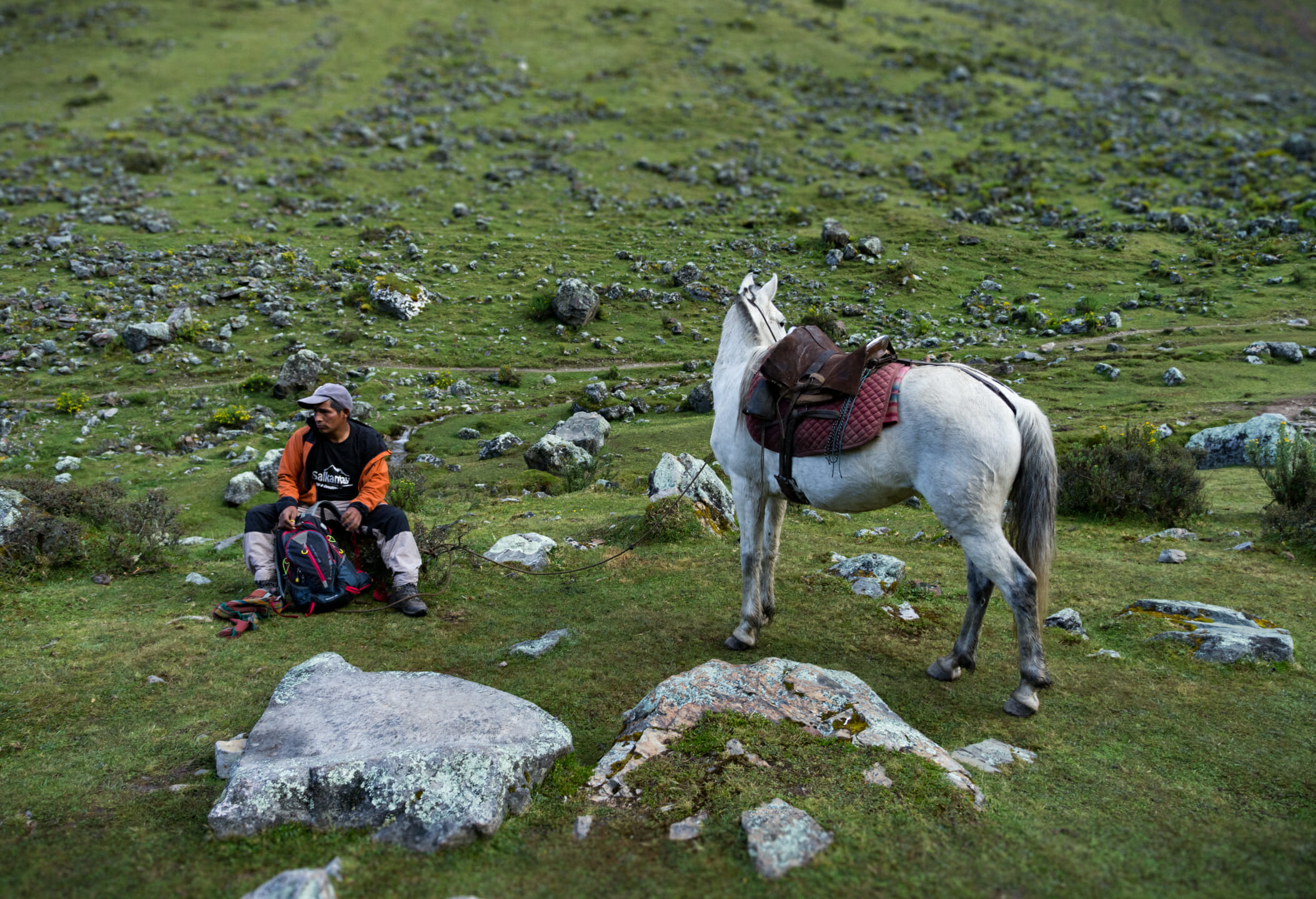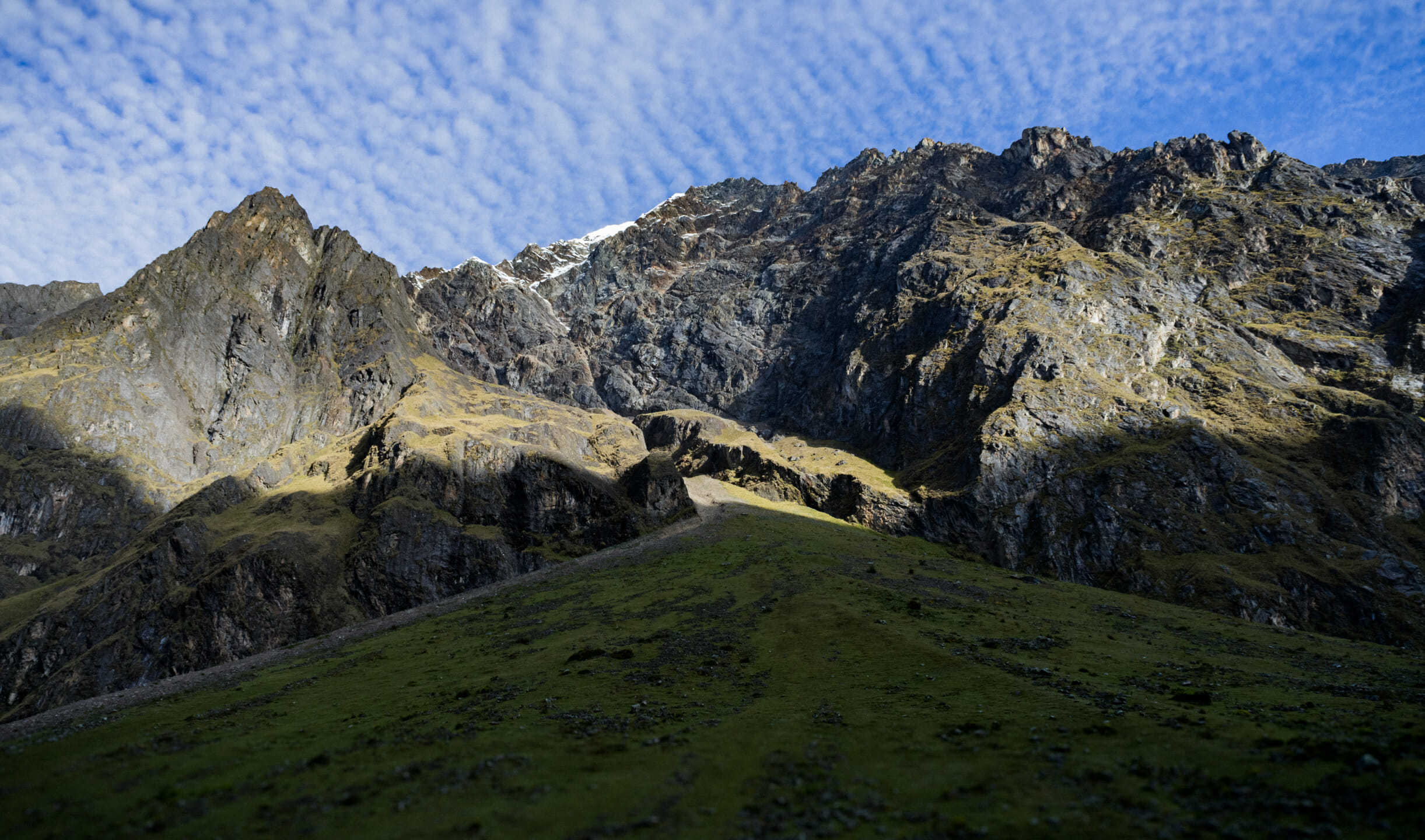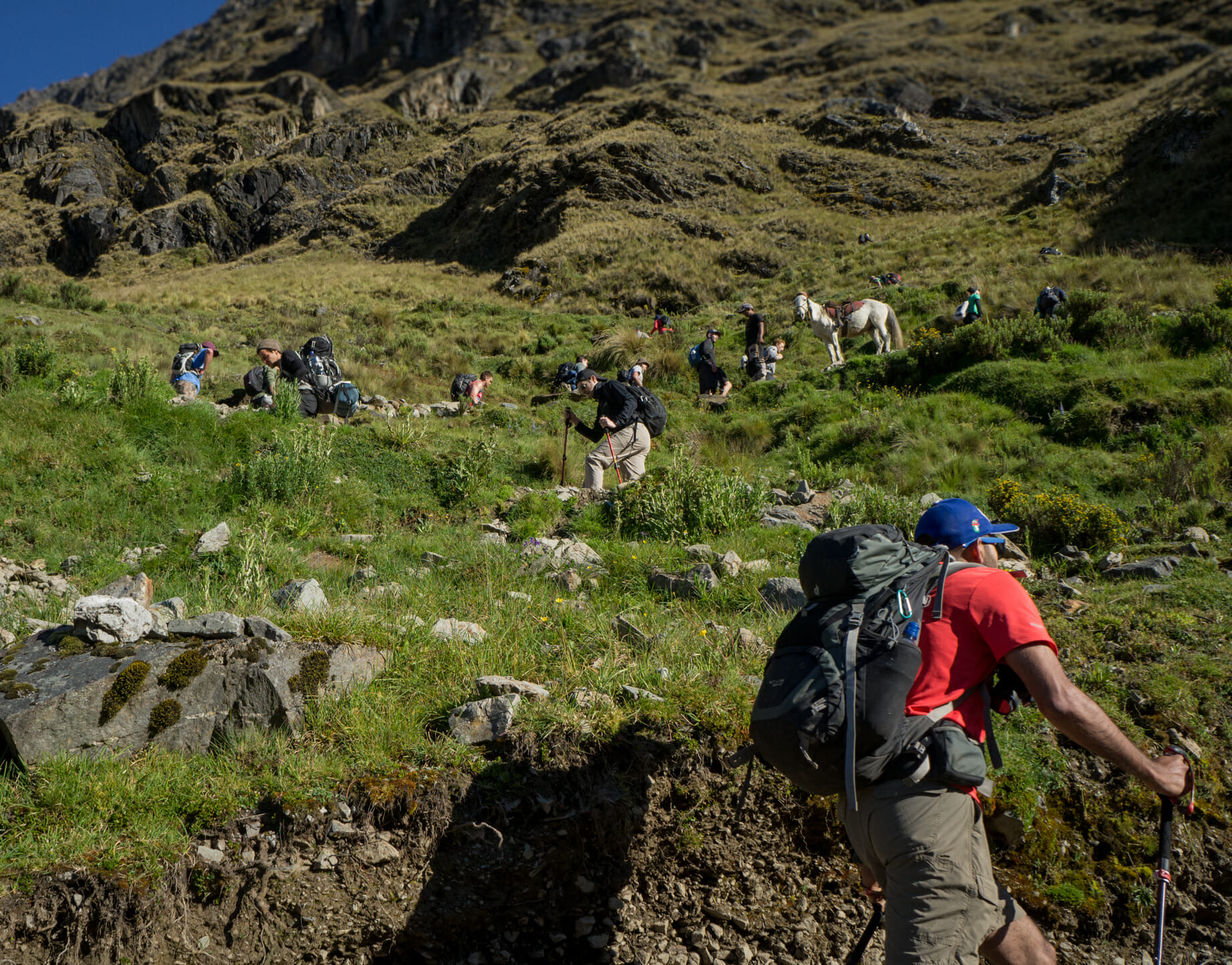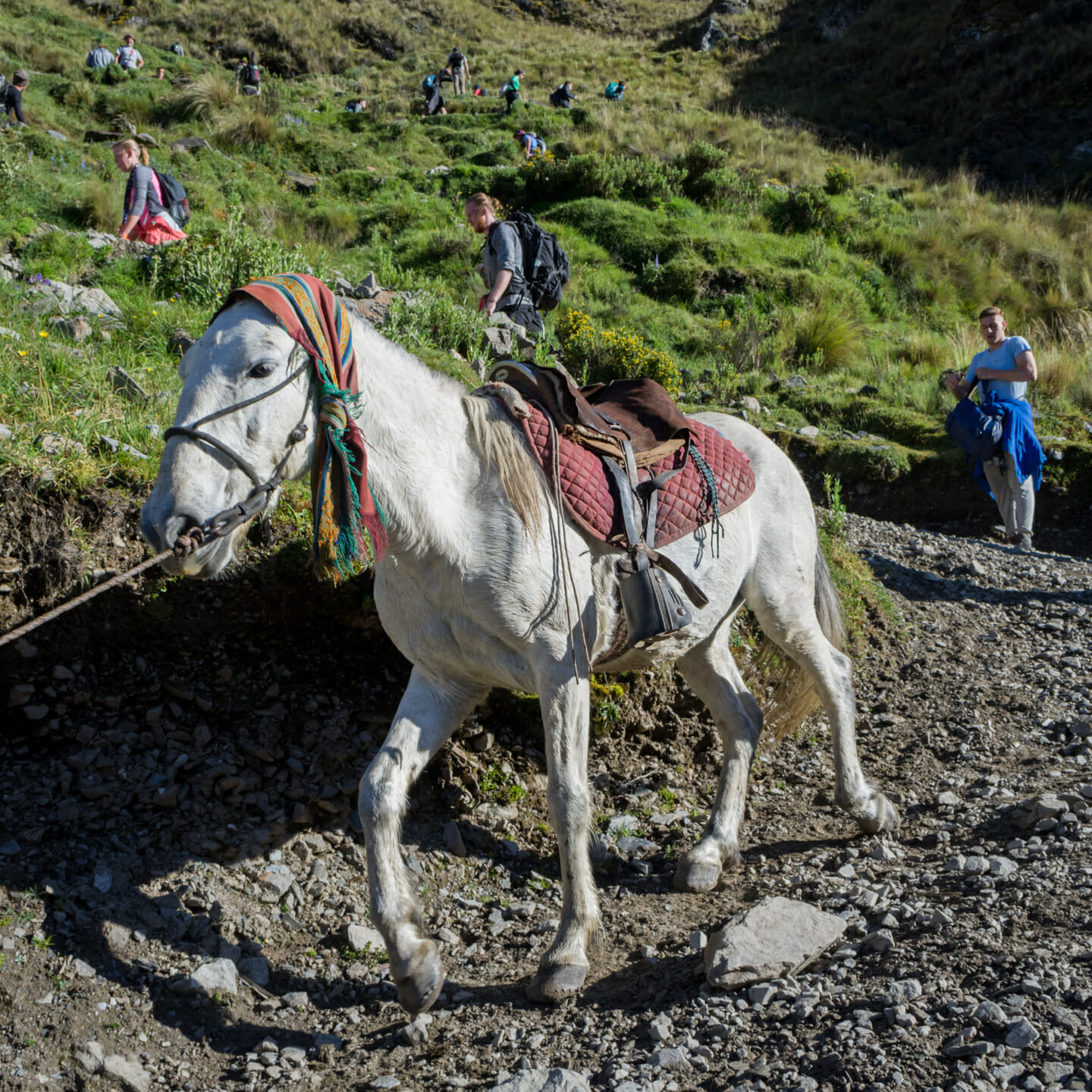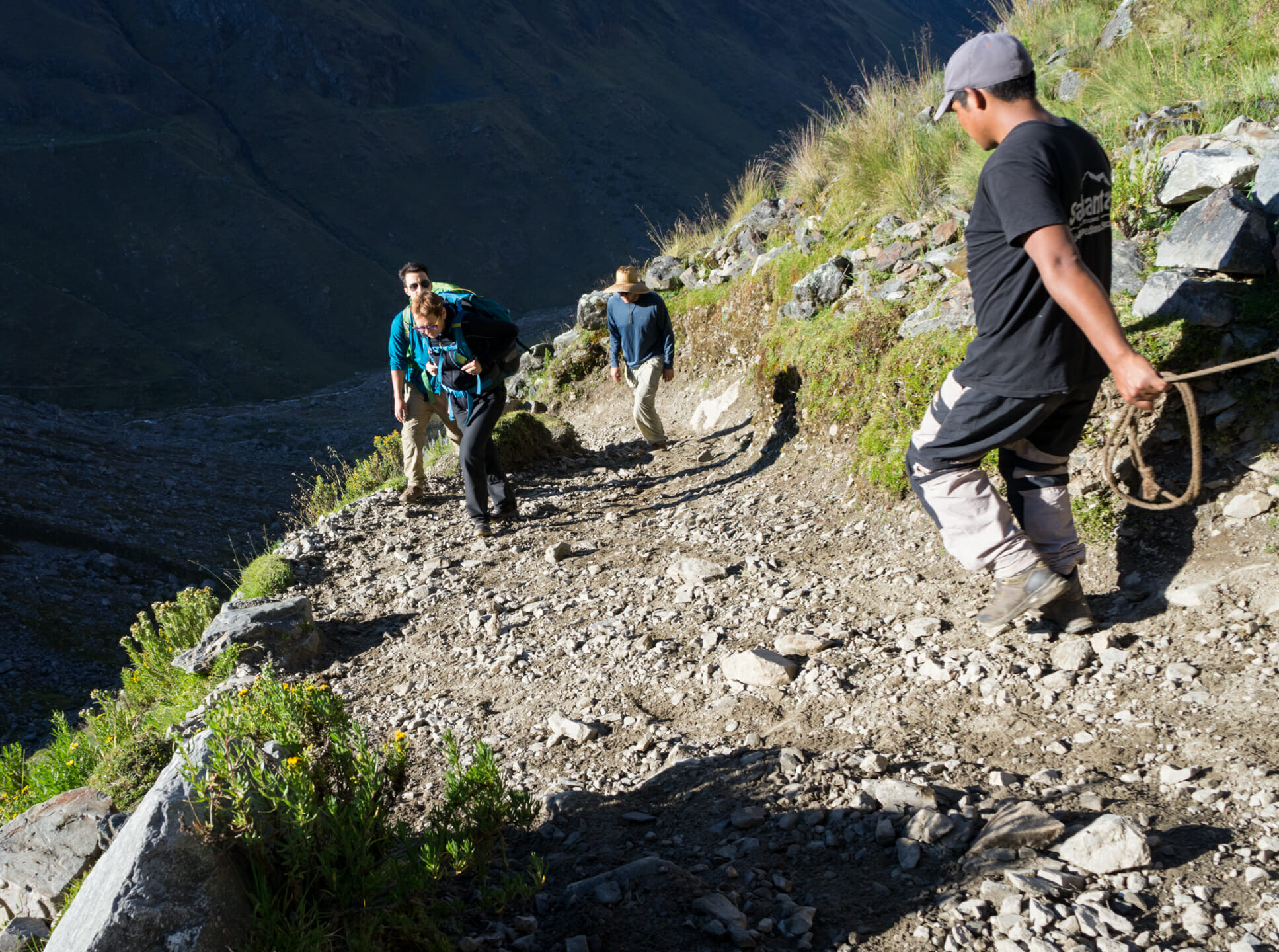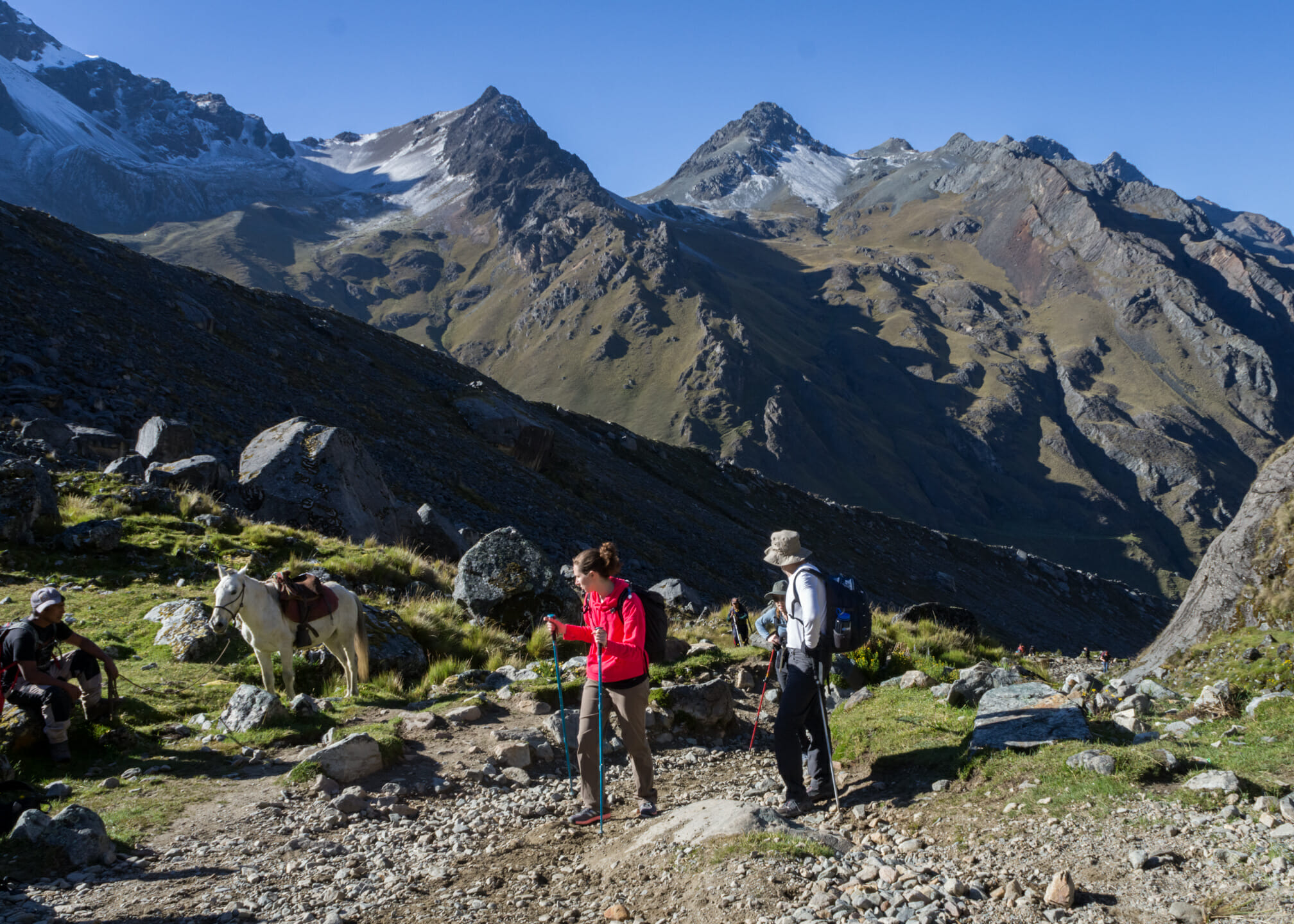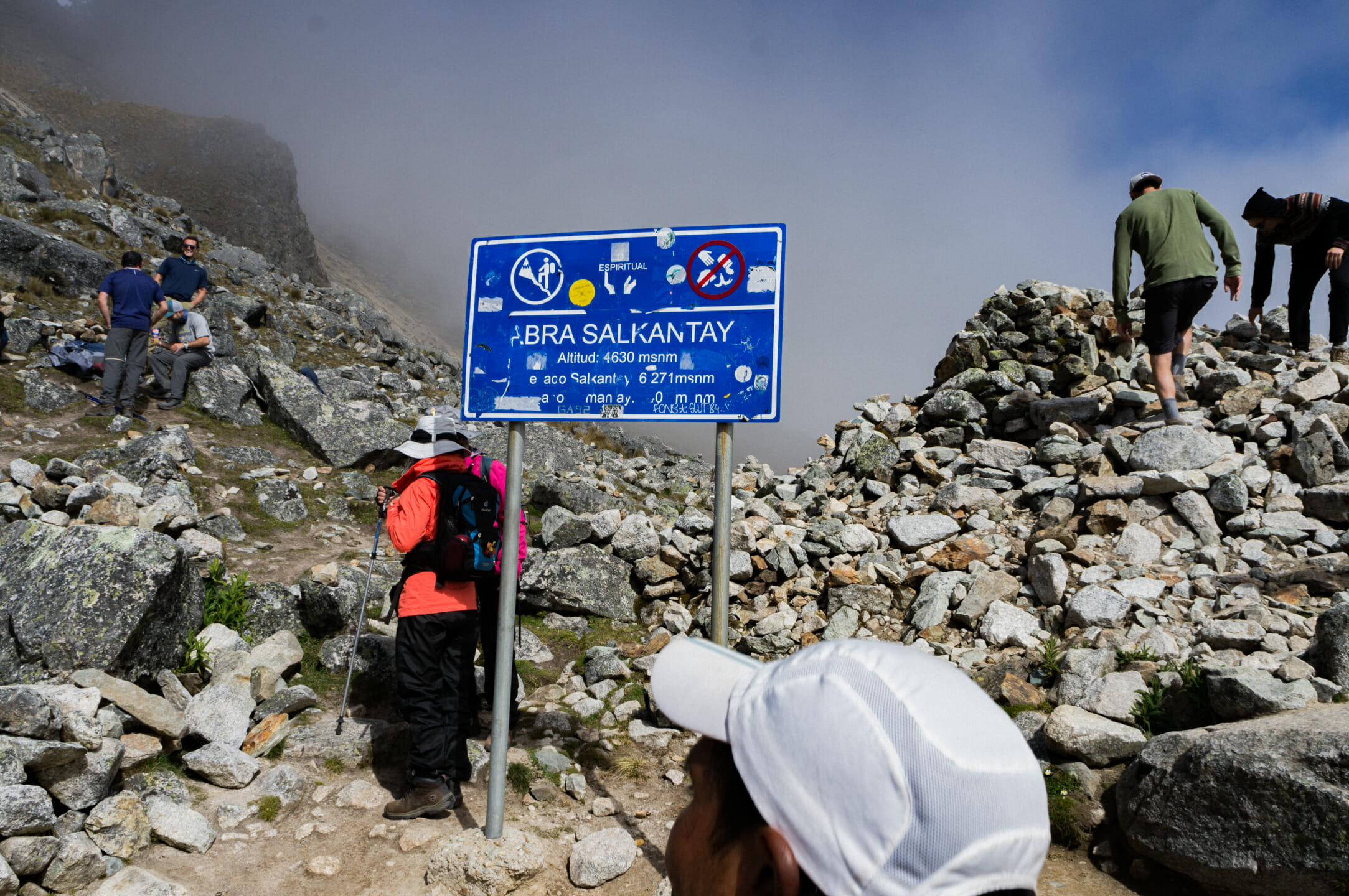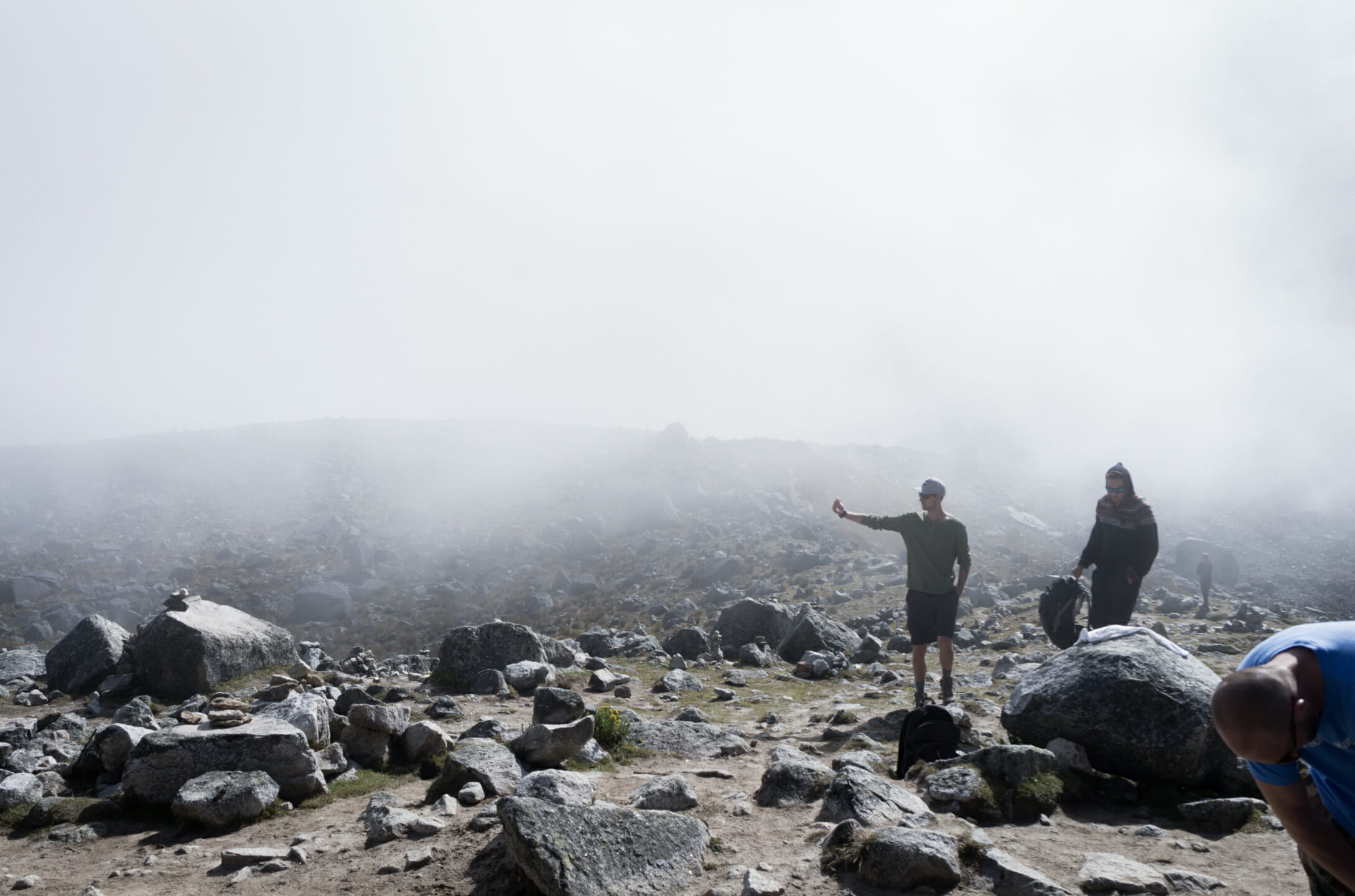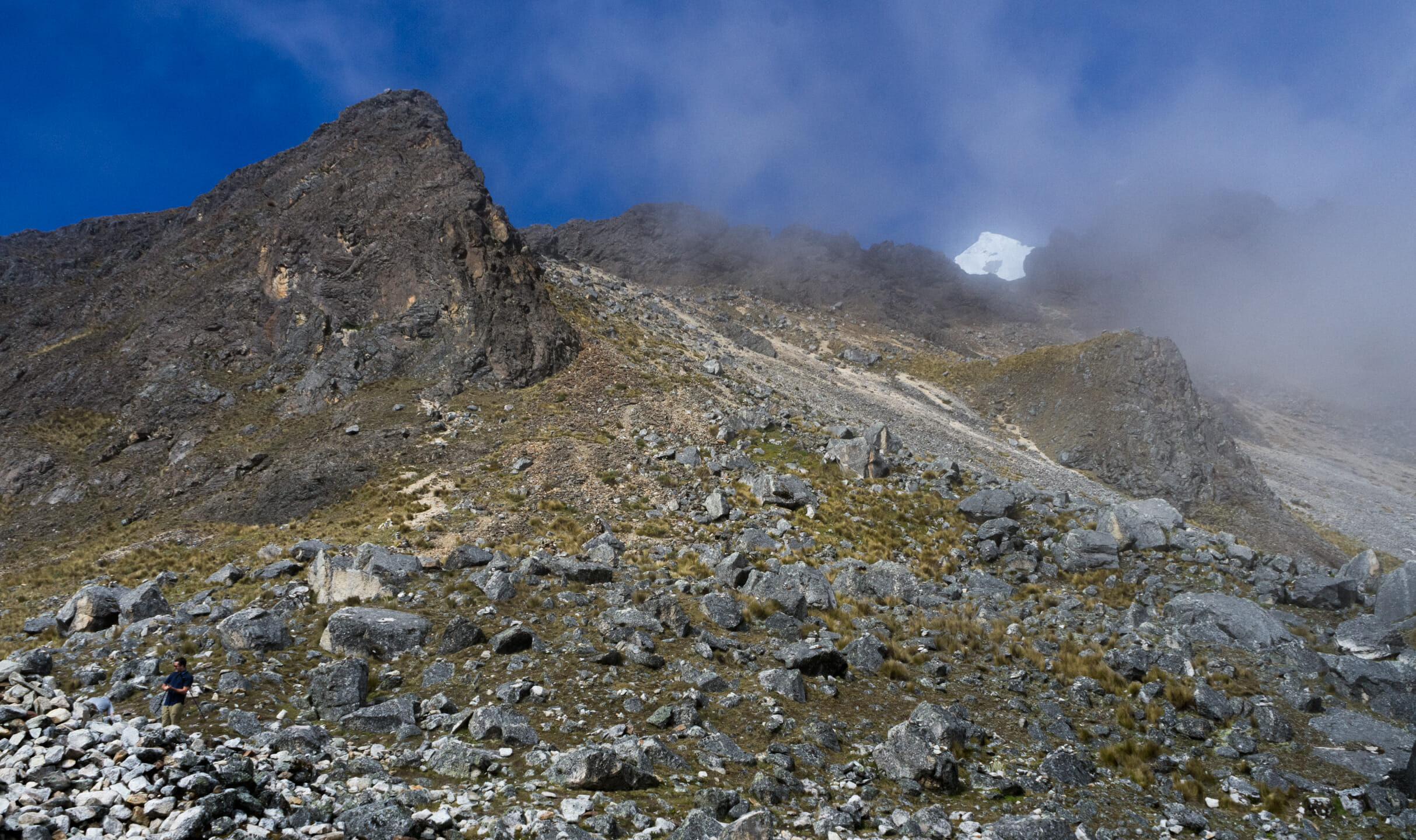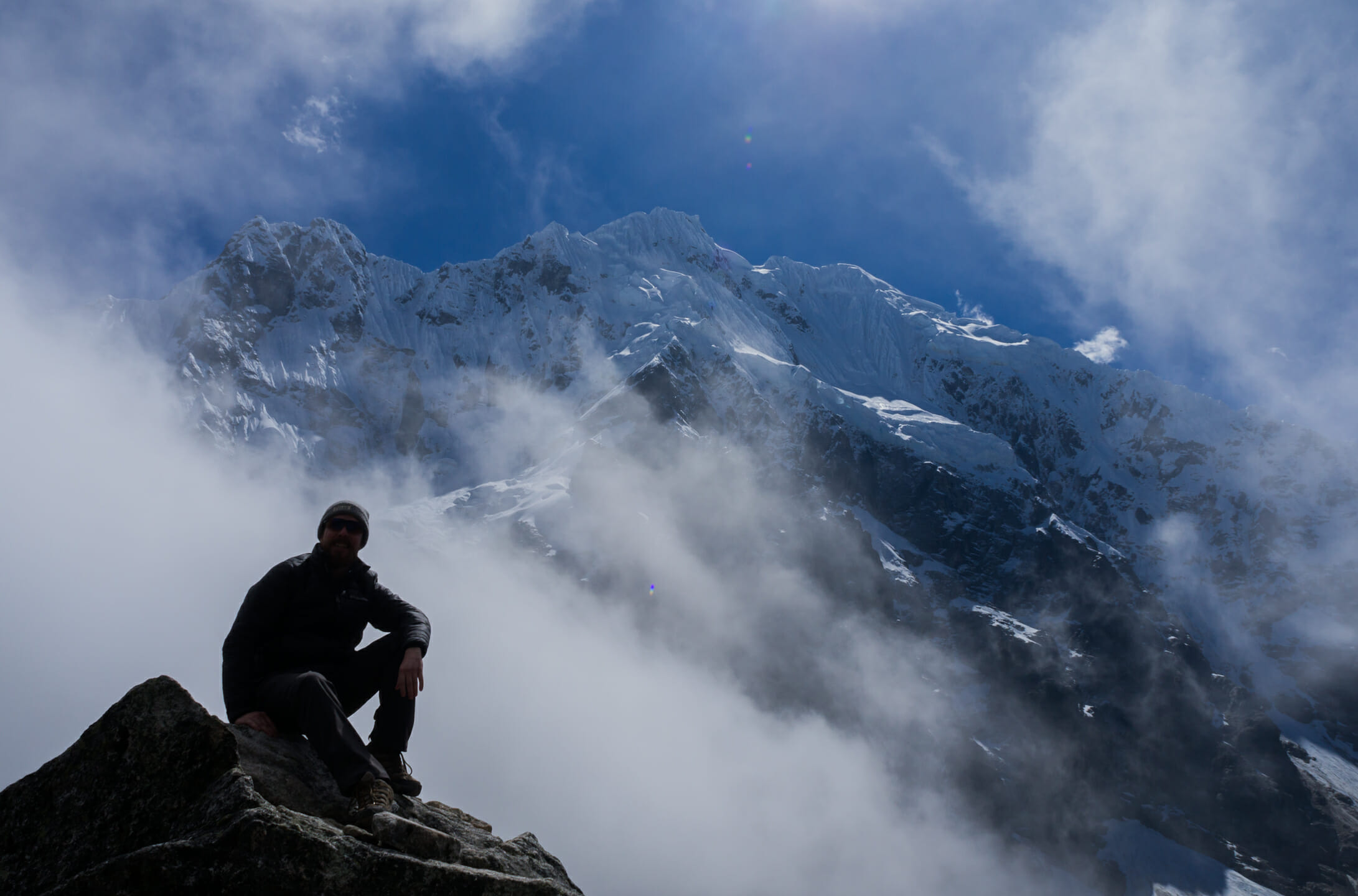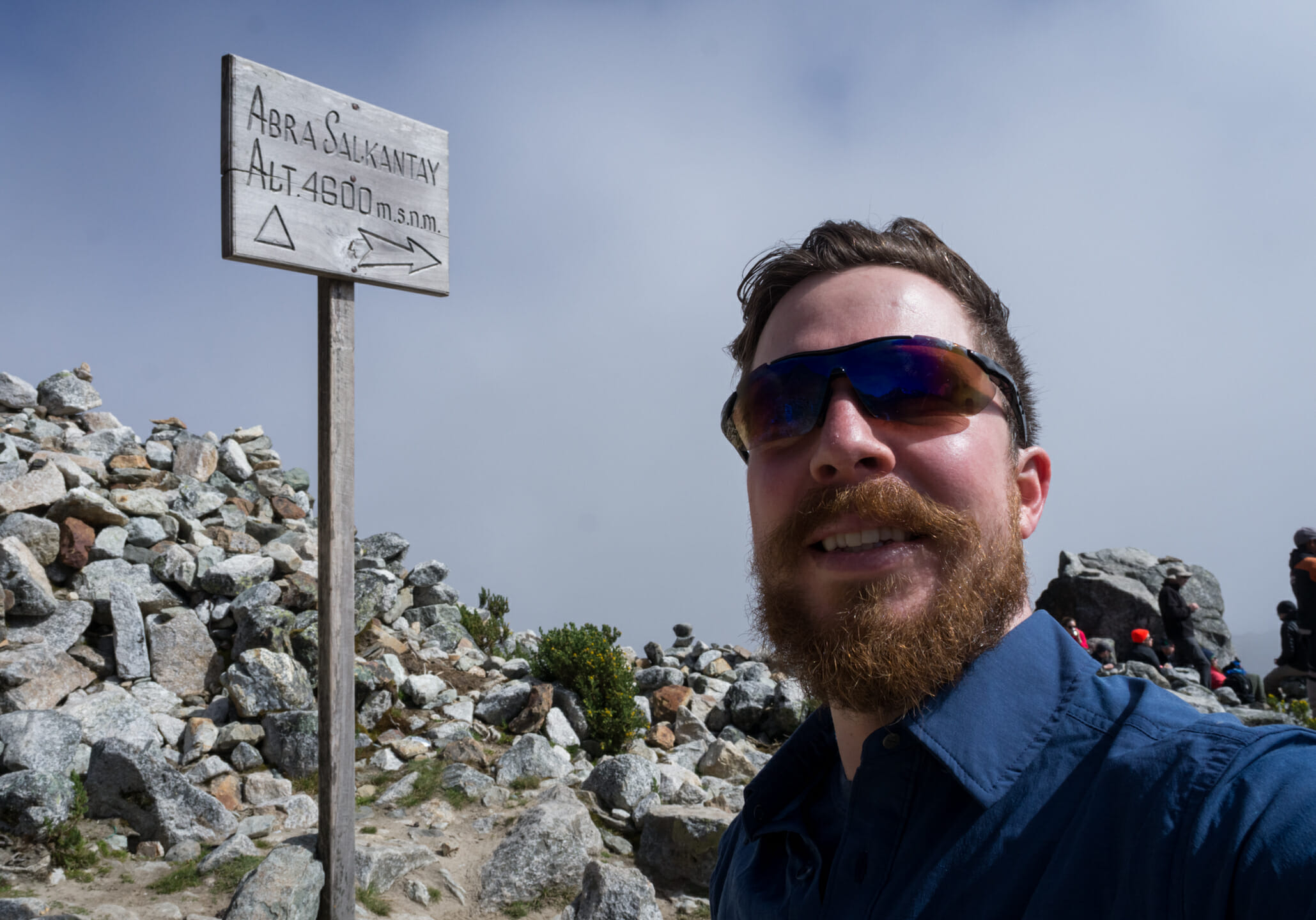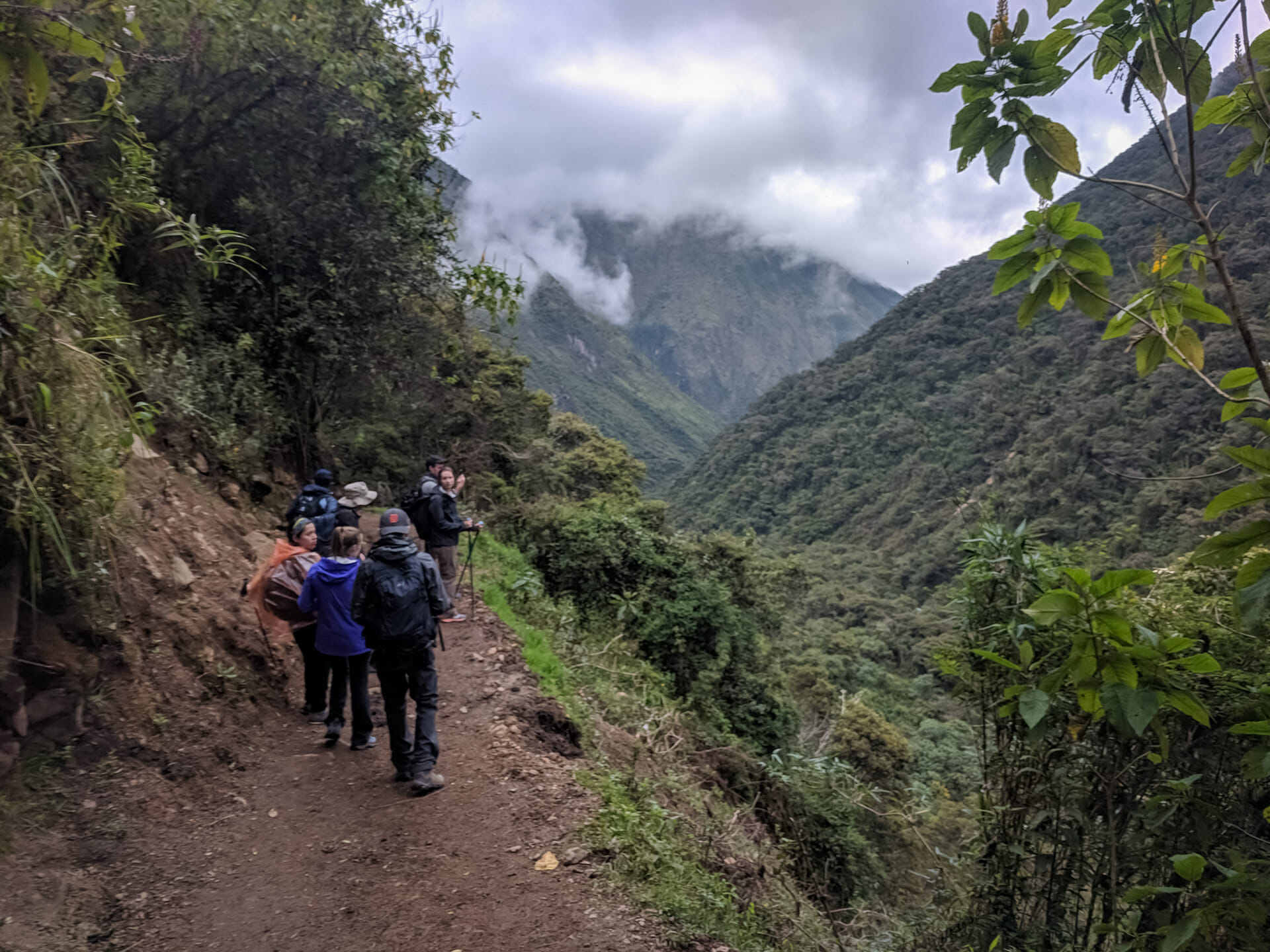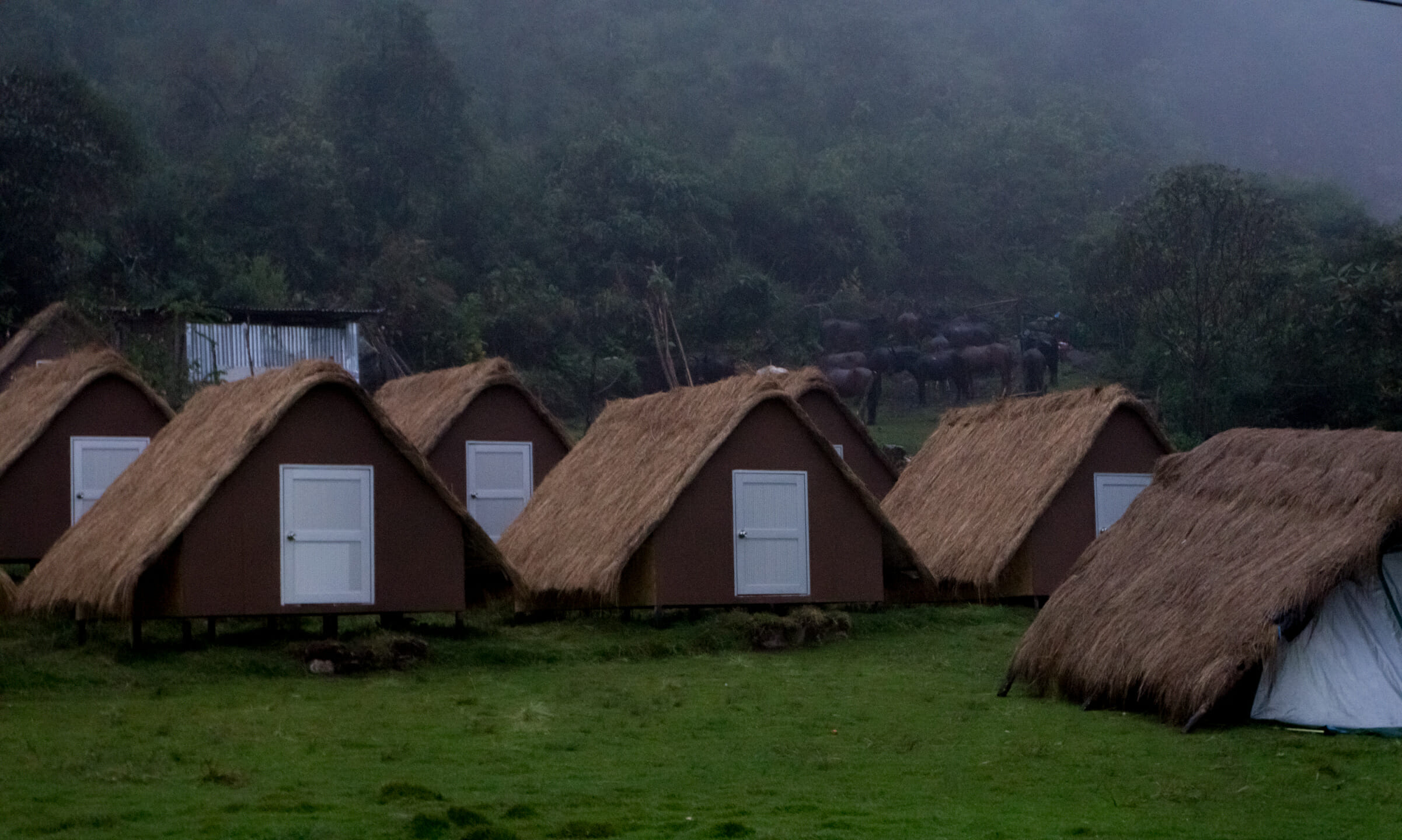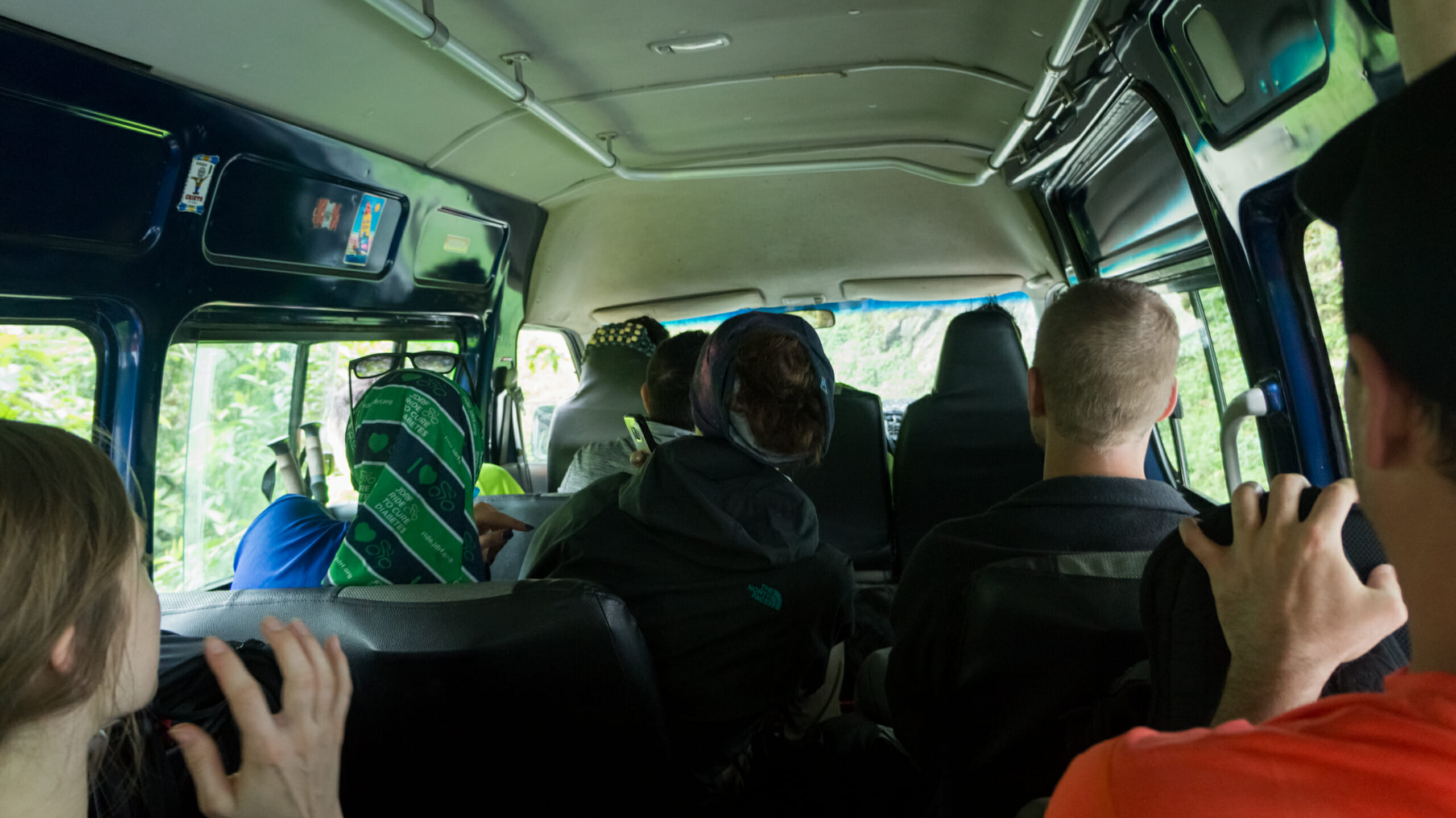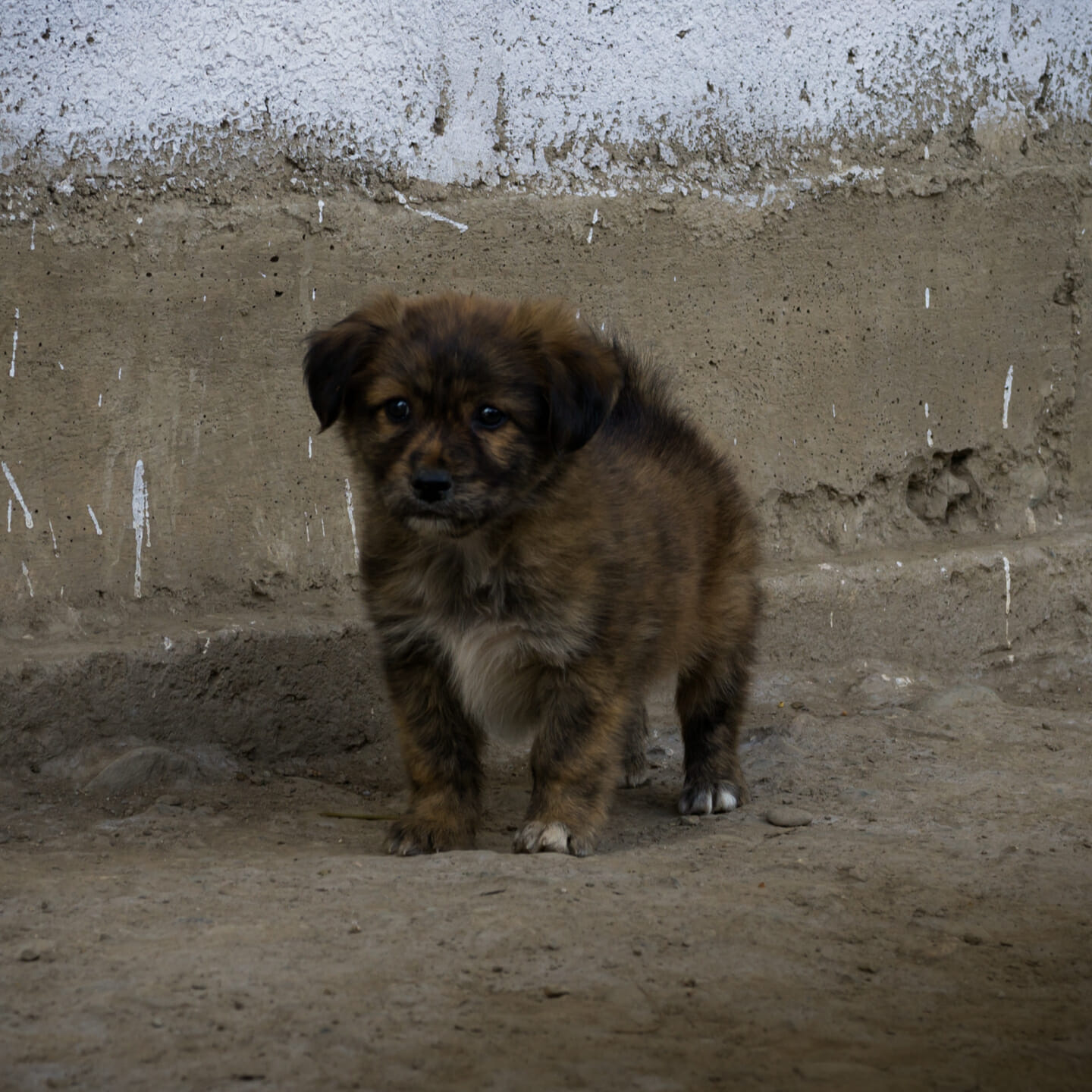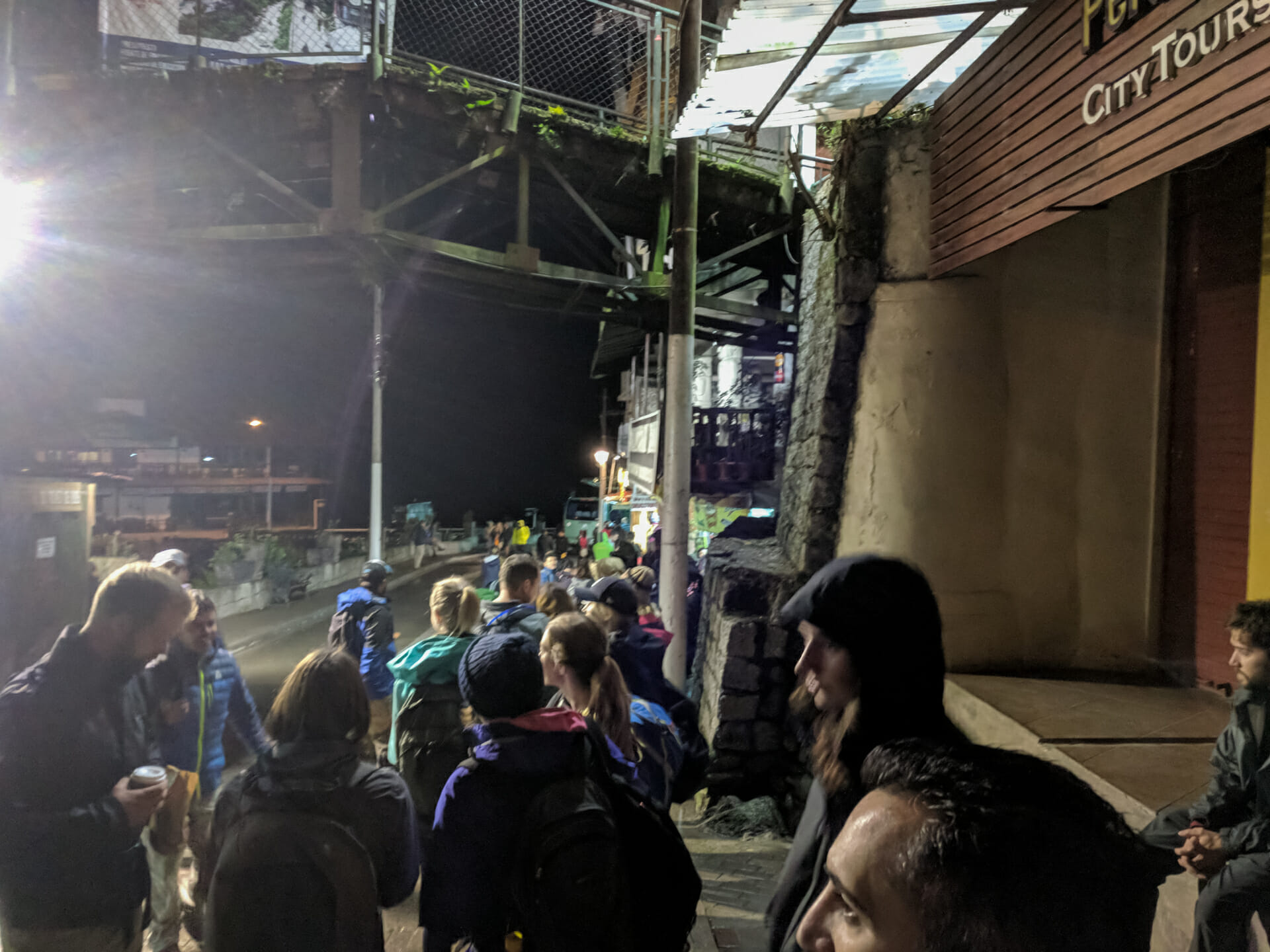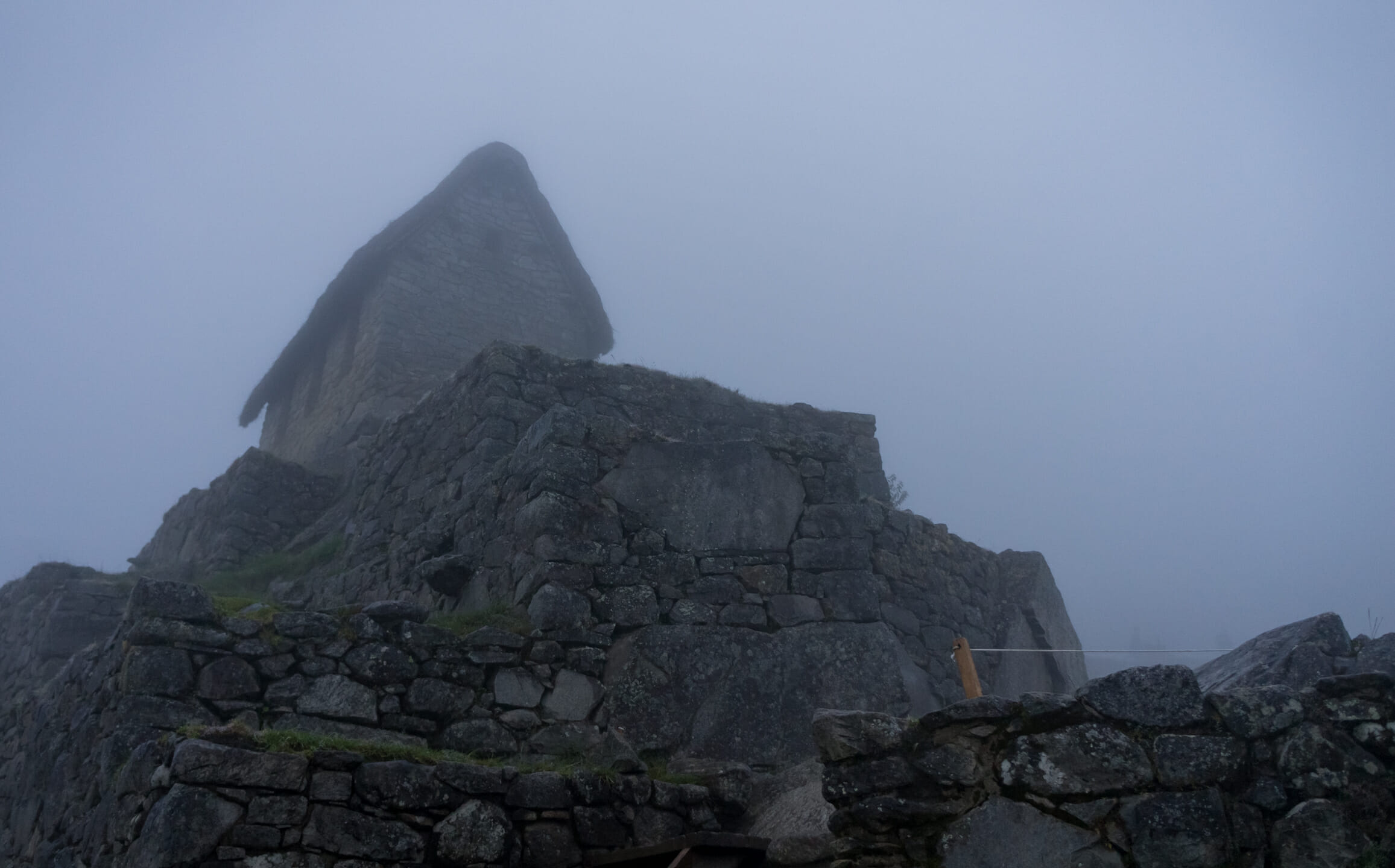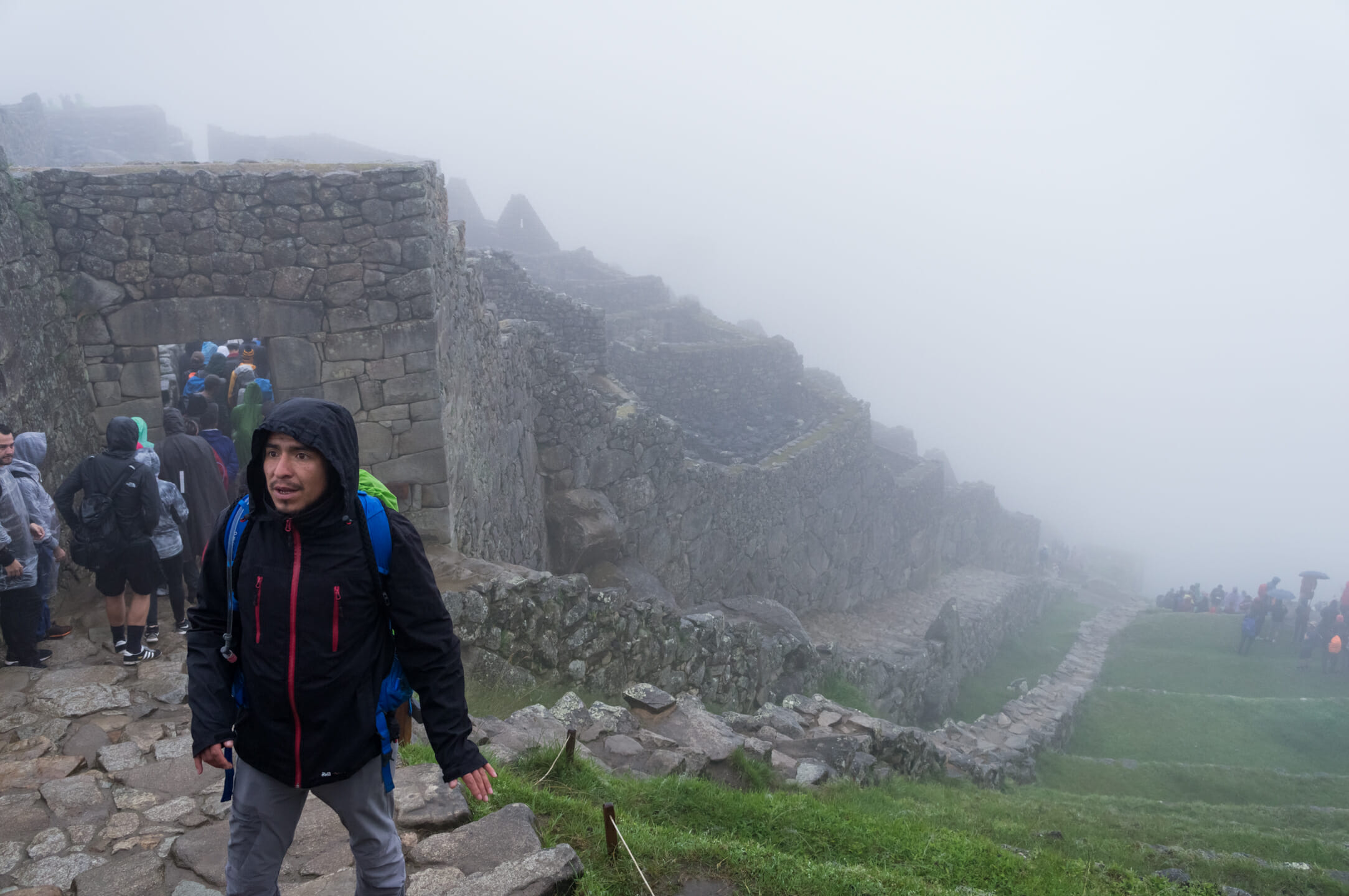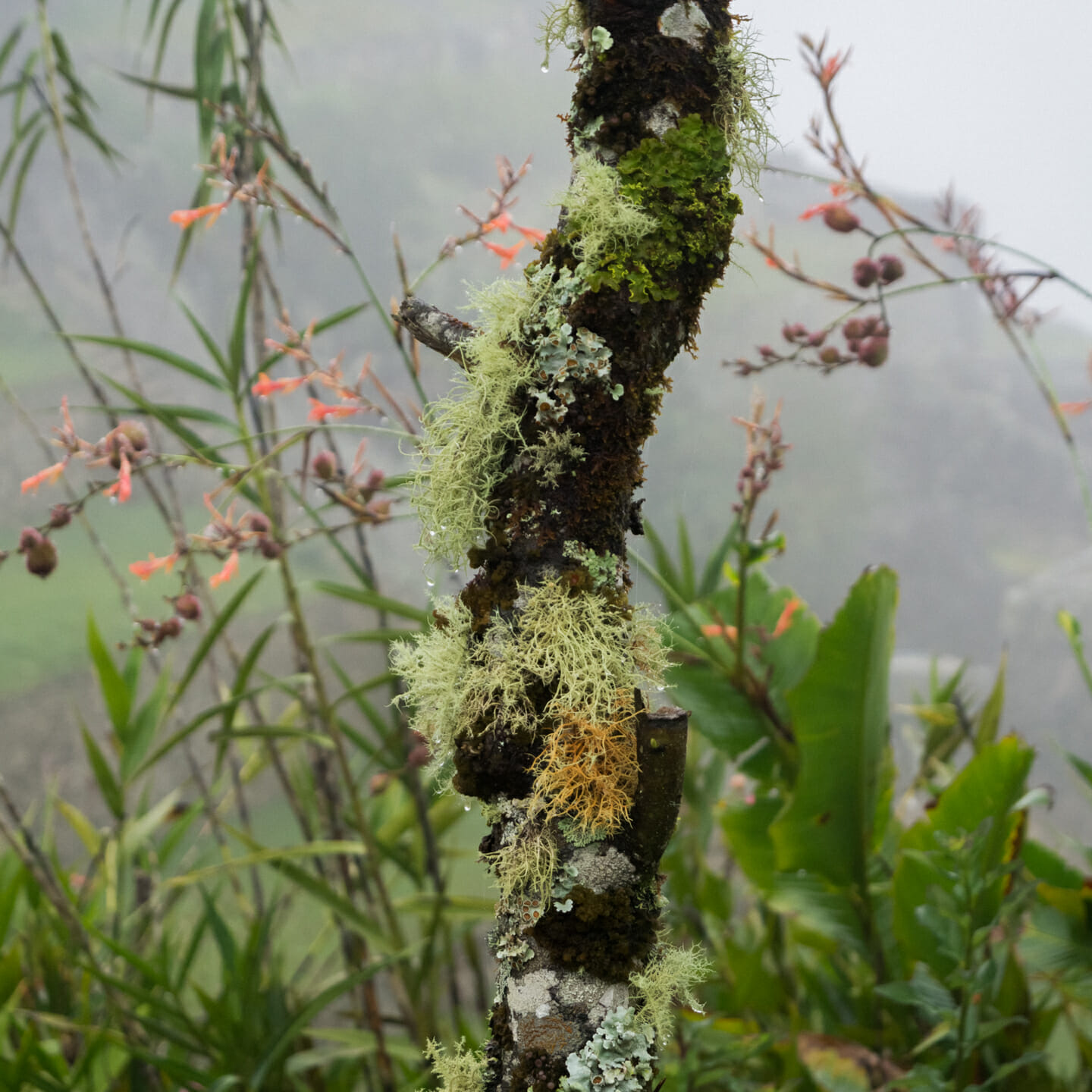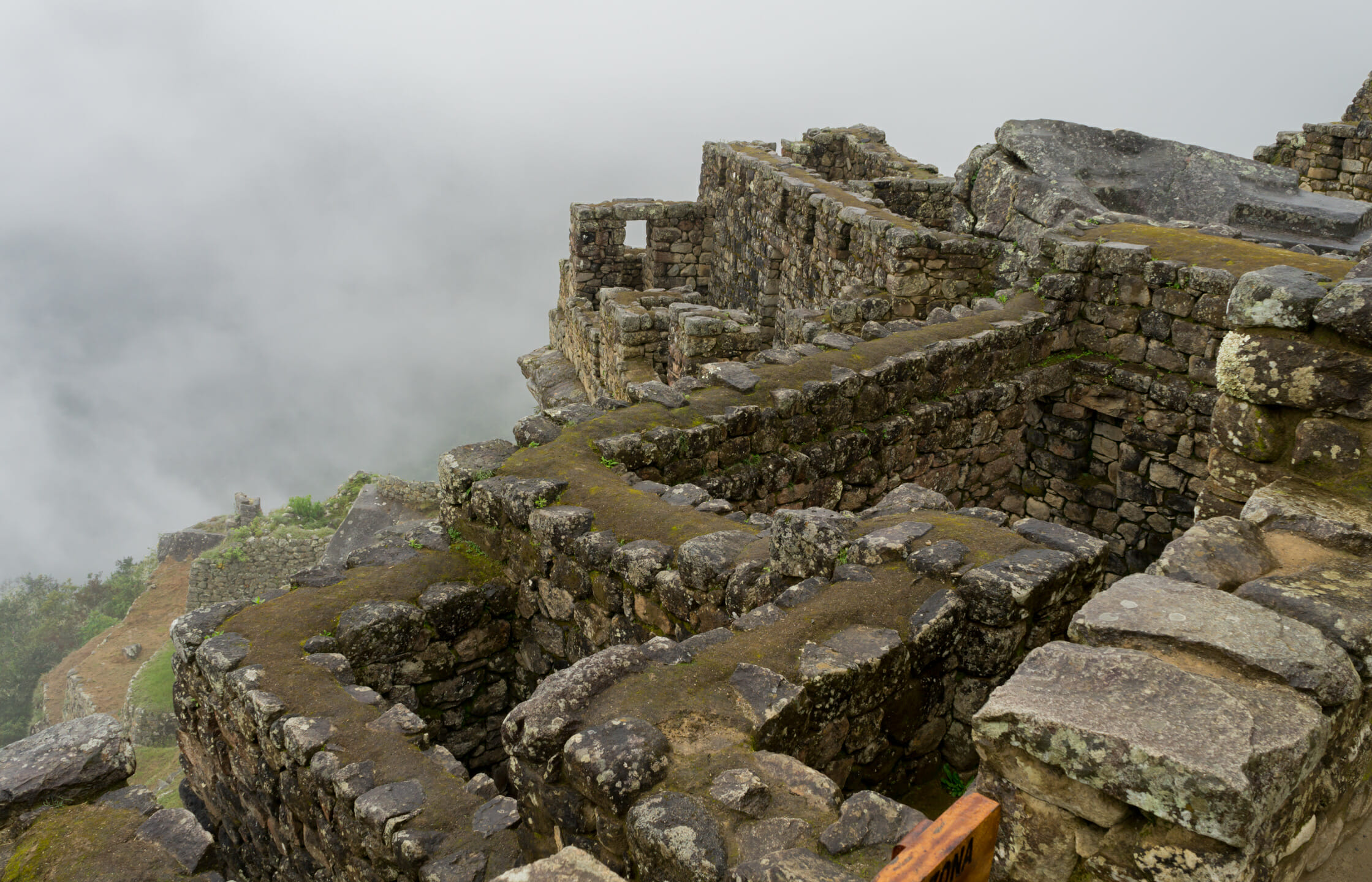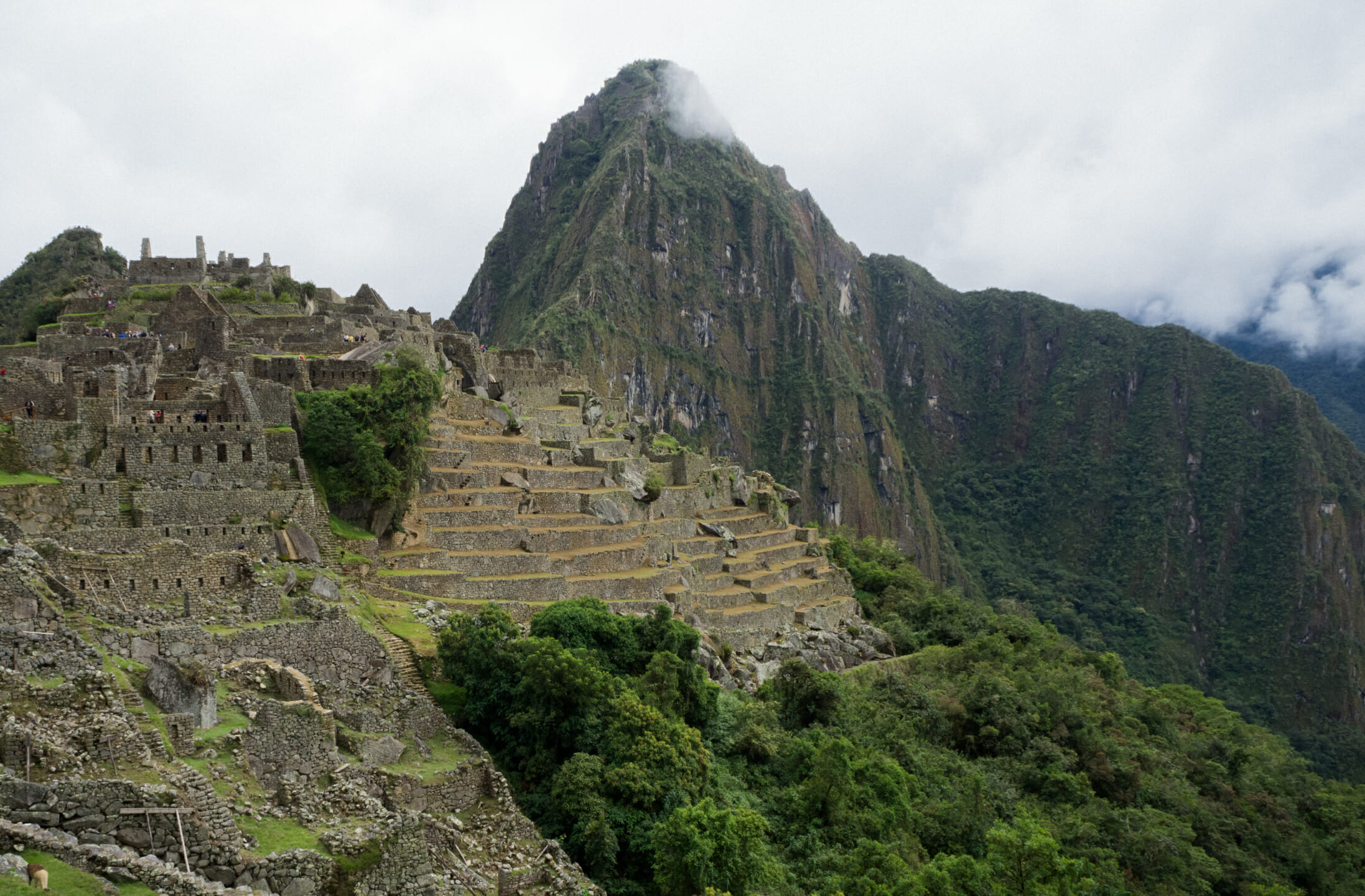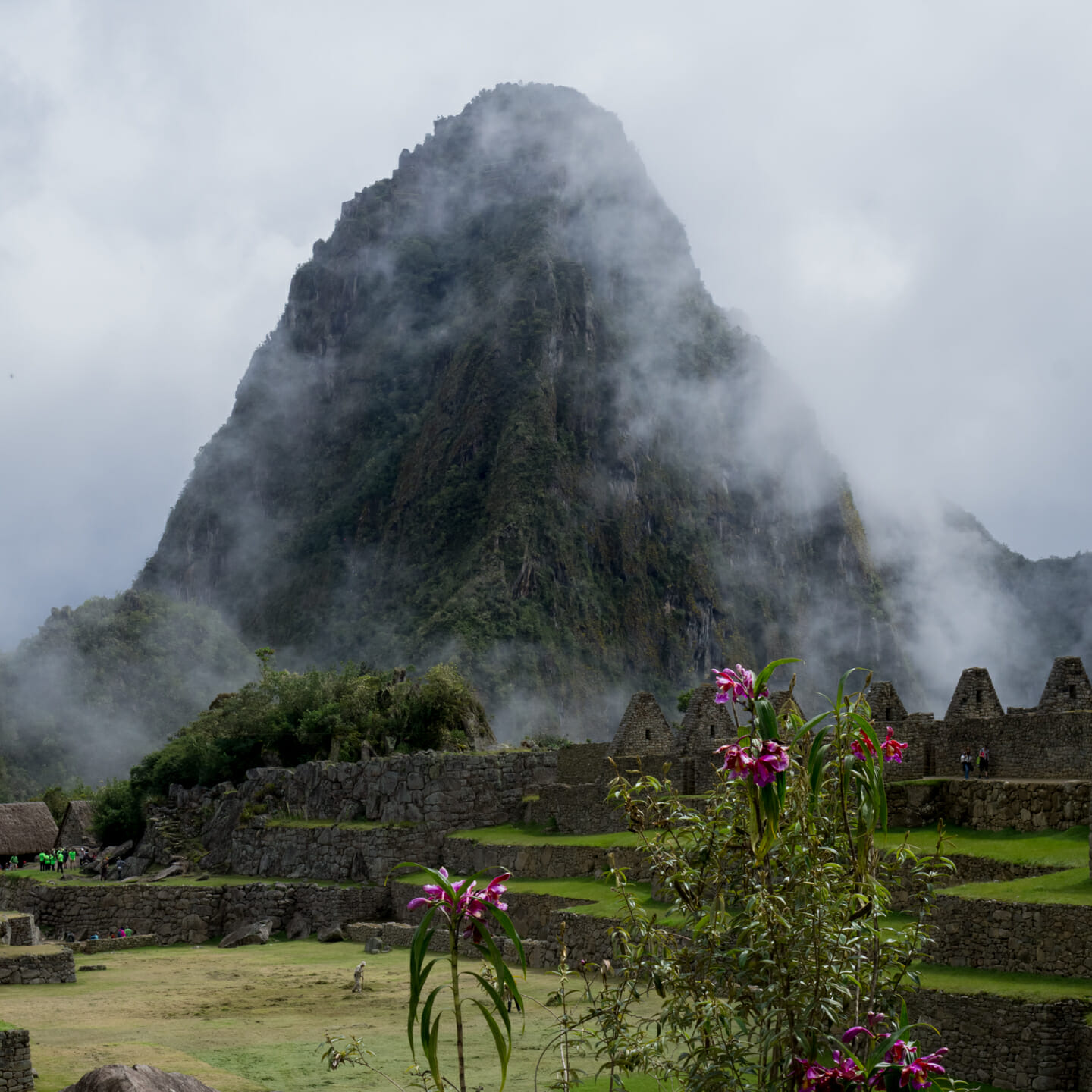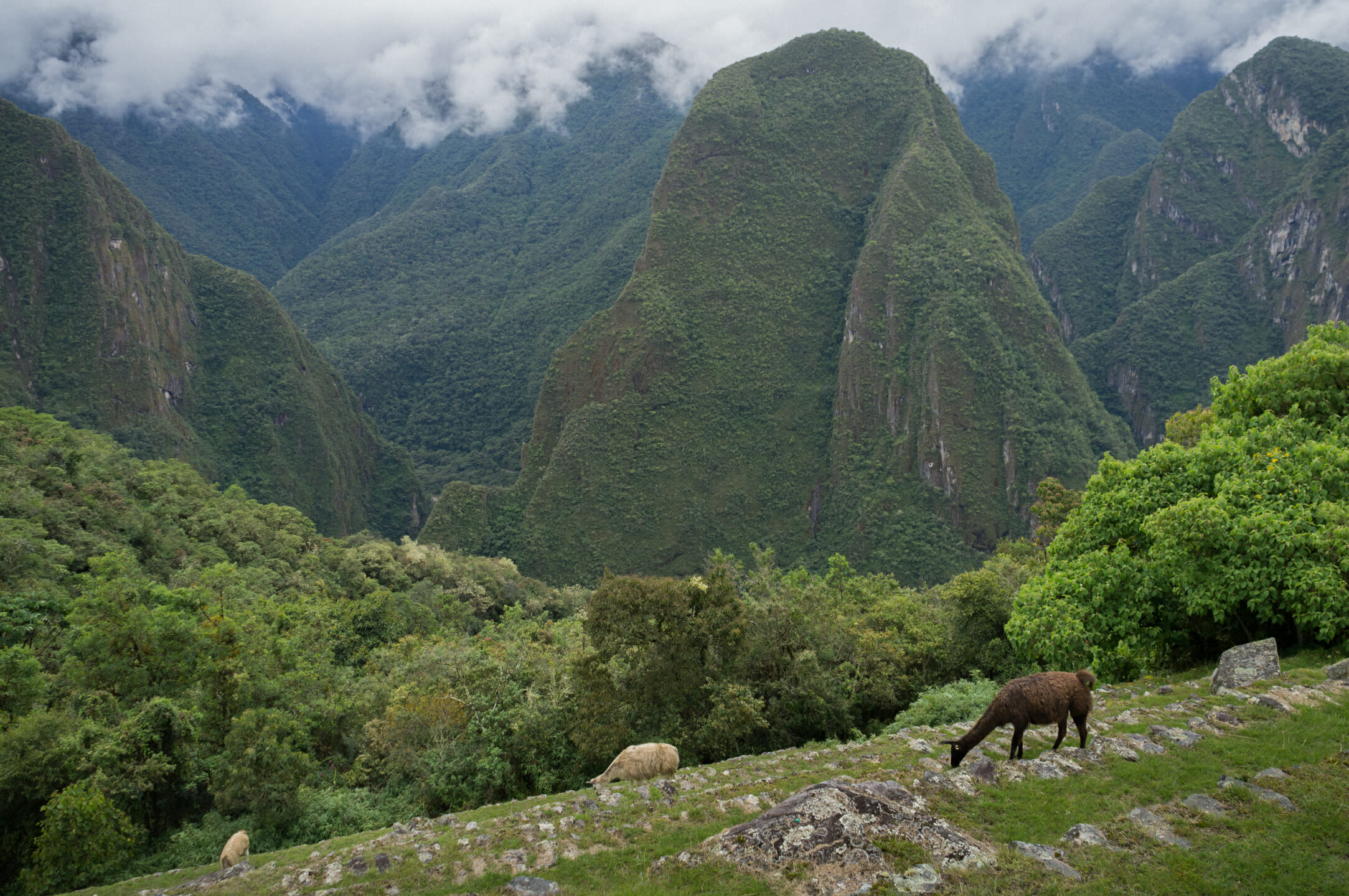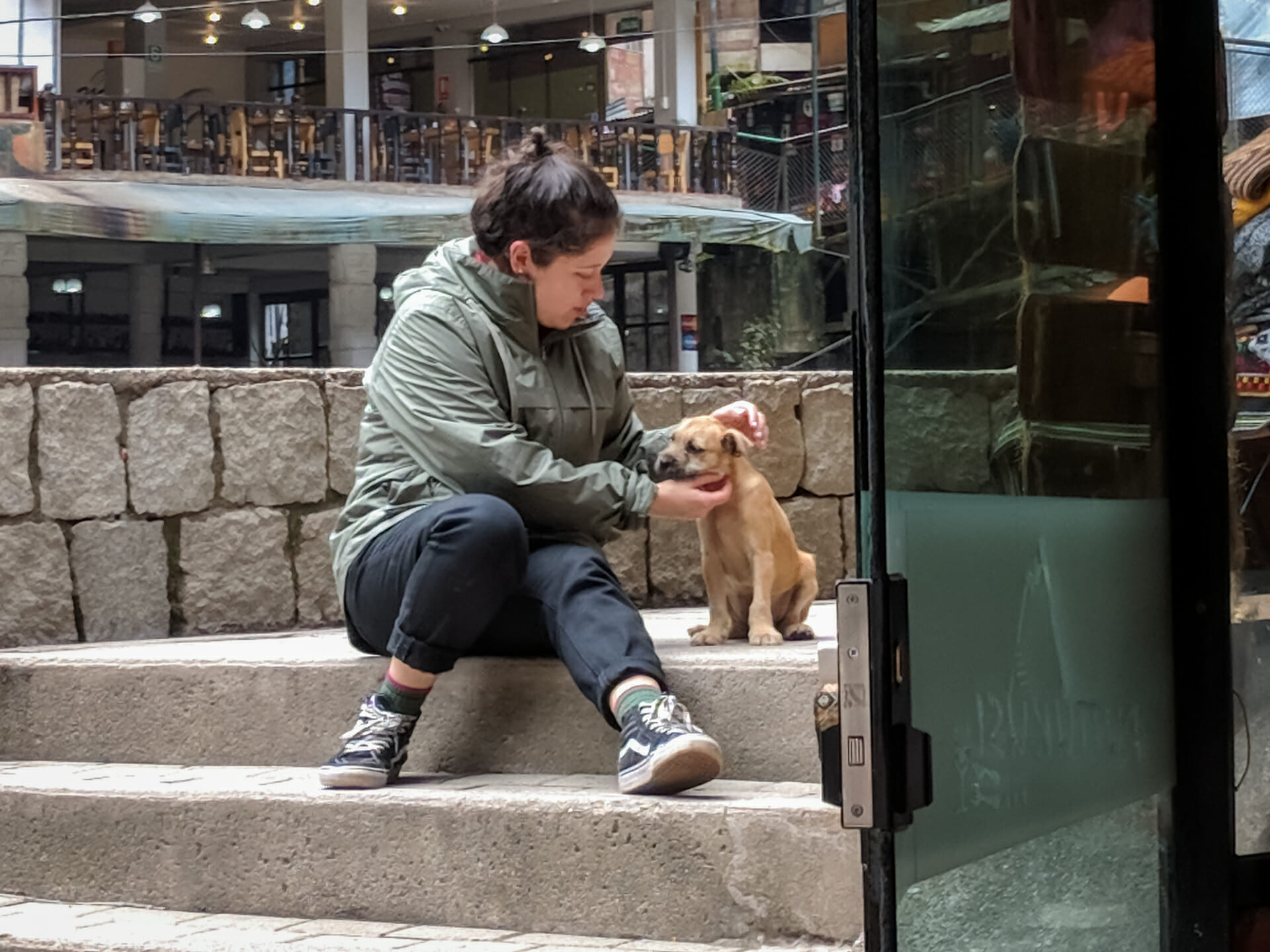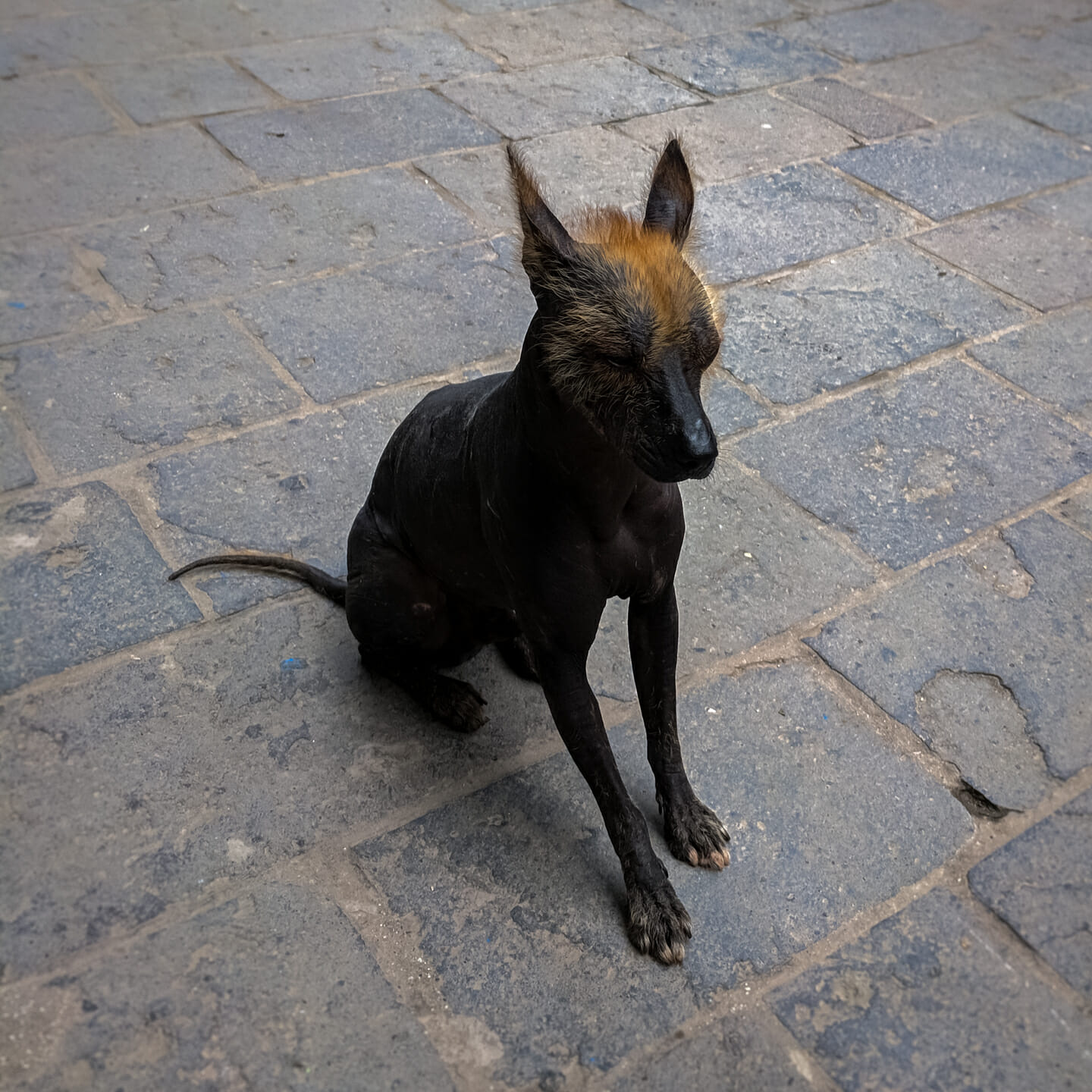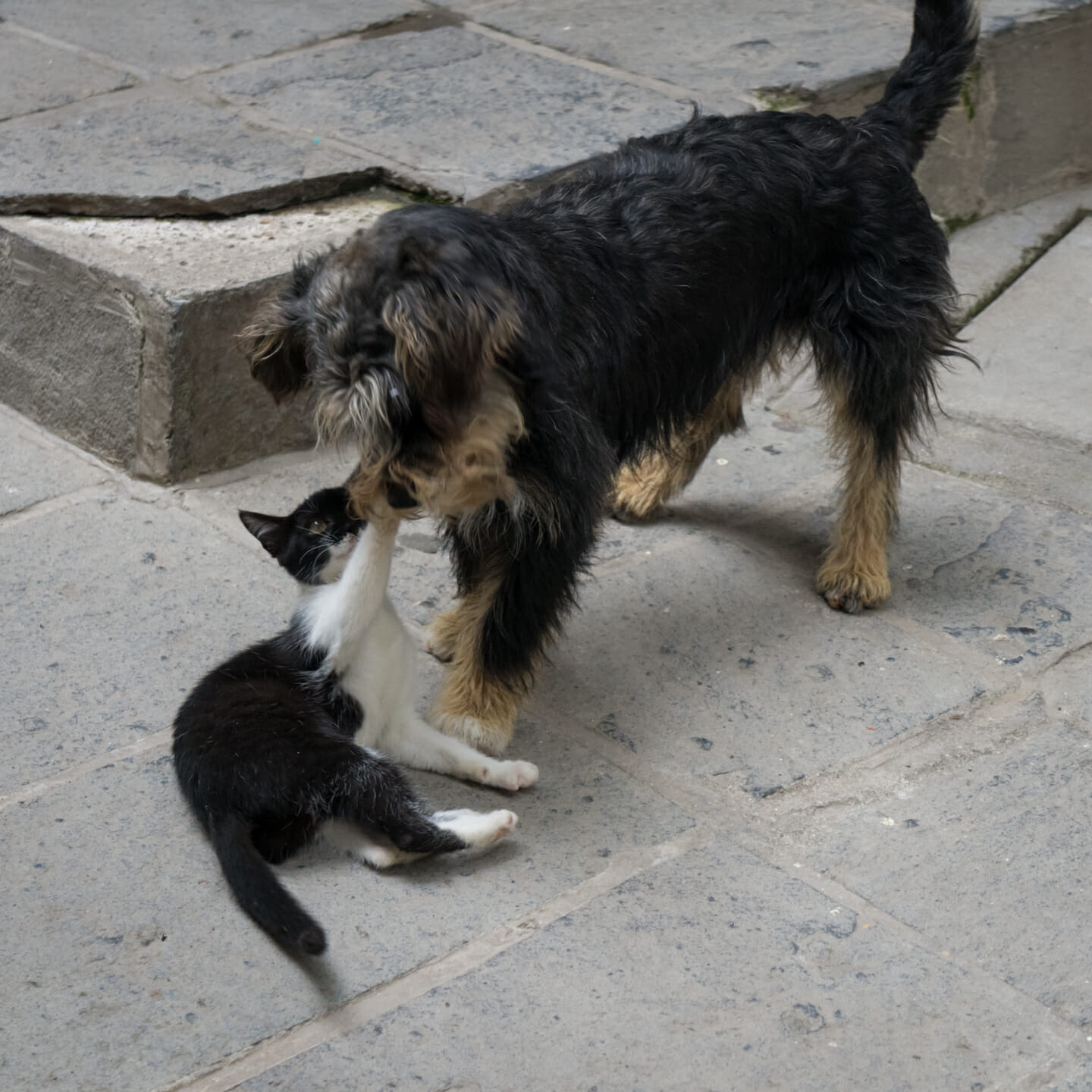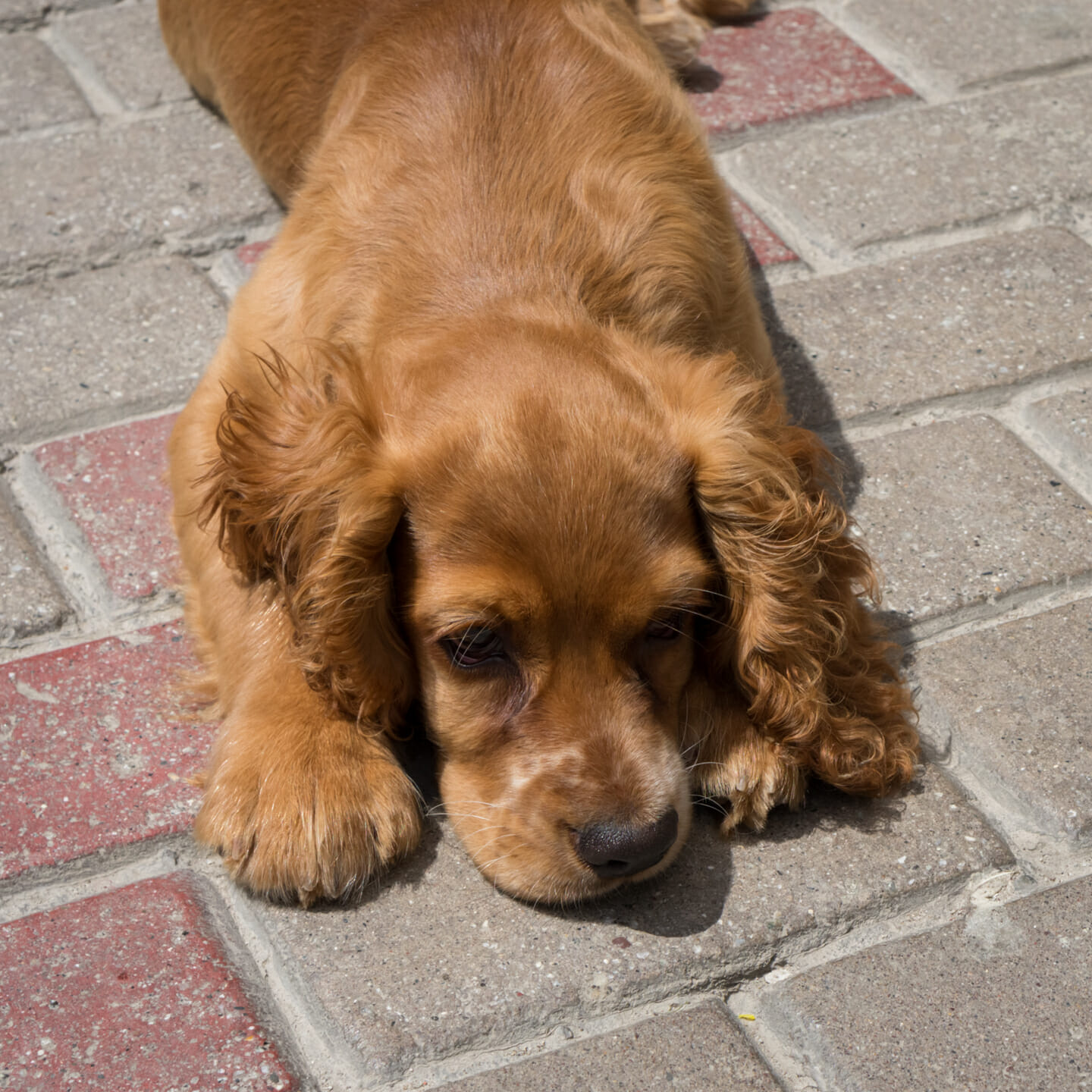Introduction
Like most people who love travel and the outdoors, visiting Machu Picchu has been on my bucket list for a long time. In the Spring of 2018, I finaly made the trip happen with my girlfriend at the time, who was from Peru originally. As I researched ideas for the trip, one thing I kept hearing from other travelers was that while Machu Picchu is an incredible place to visit, it's the surrounding mountains and jungles that are the real highlight of any trip to the Incan city. After a lot of research and planning we decided we'd challenge ourselves to not just visit the landmark, but to hike the Andes Mountains via the Salkantay Trail.
We did our trip through a tour company called Salkantay Trekking, a company that provides guided hikes, trail lodging as well as meals and transportation. In this post I've included photos from the days in Cusco leading up to the hike, and a day by day breakdown of the trek itself. It was a challenging but rewarding trip, and something I'd definitely recommend to anyone looking for an adventure in the outdoors.
Table of Contents
Starting Out - Cusco
When we planed out the trip we were both pretty concerned about the risk of altitude sickness, so we opted to spend a few days acclimatizing in the city of Cusco. Cusco's elevation is about 11,000 ft (3,399 m), which is higher than Machu Picchu but lower than the camp we'd be staying at on the first night of our trek. Overall the elevation didn't cause any significant problems - it was tough going up stairs and sometimes it was hard catching your breath, but neither of us got sick enough to cause any real problems. We both took an altitude sickness medicine called Diamox (Acetazolamide) which helped a great deal.
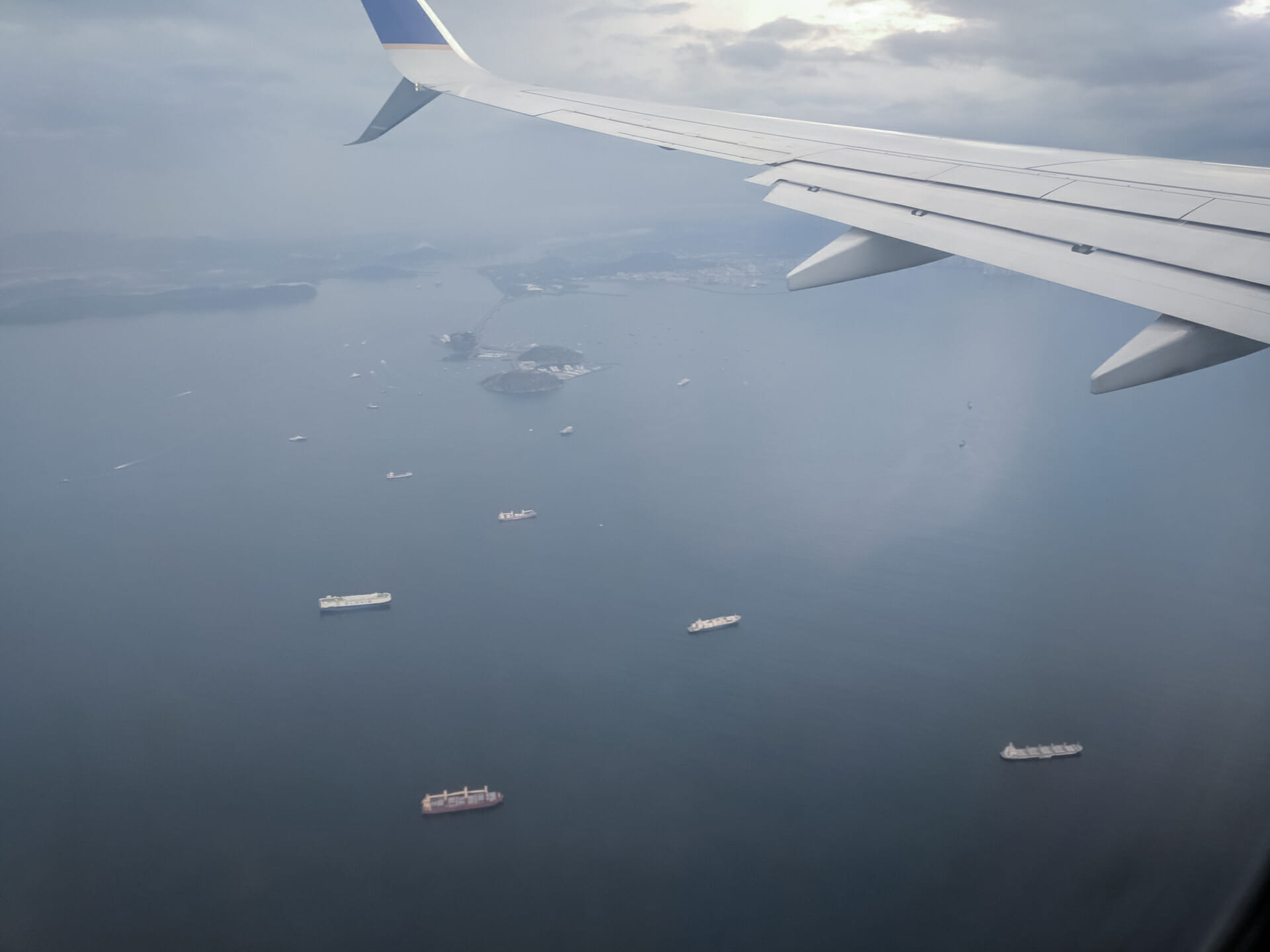
Cusco is a beautiful city surrounded by mountains and farmland. The first night we got there, we spent some time walking around Plaza San Blas and got dinner at a small restaurant near our AirBnB.

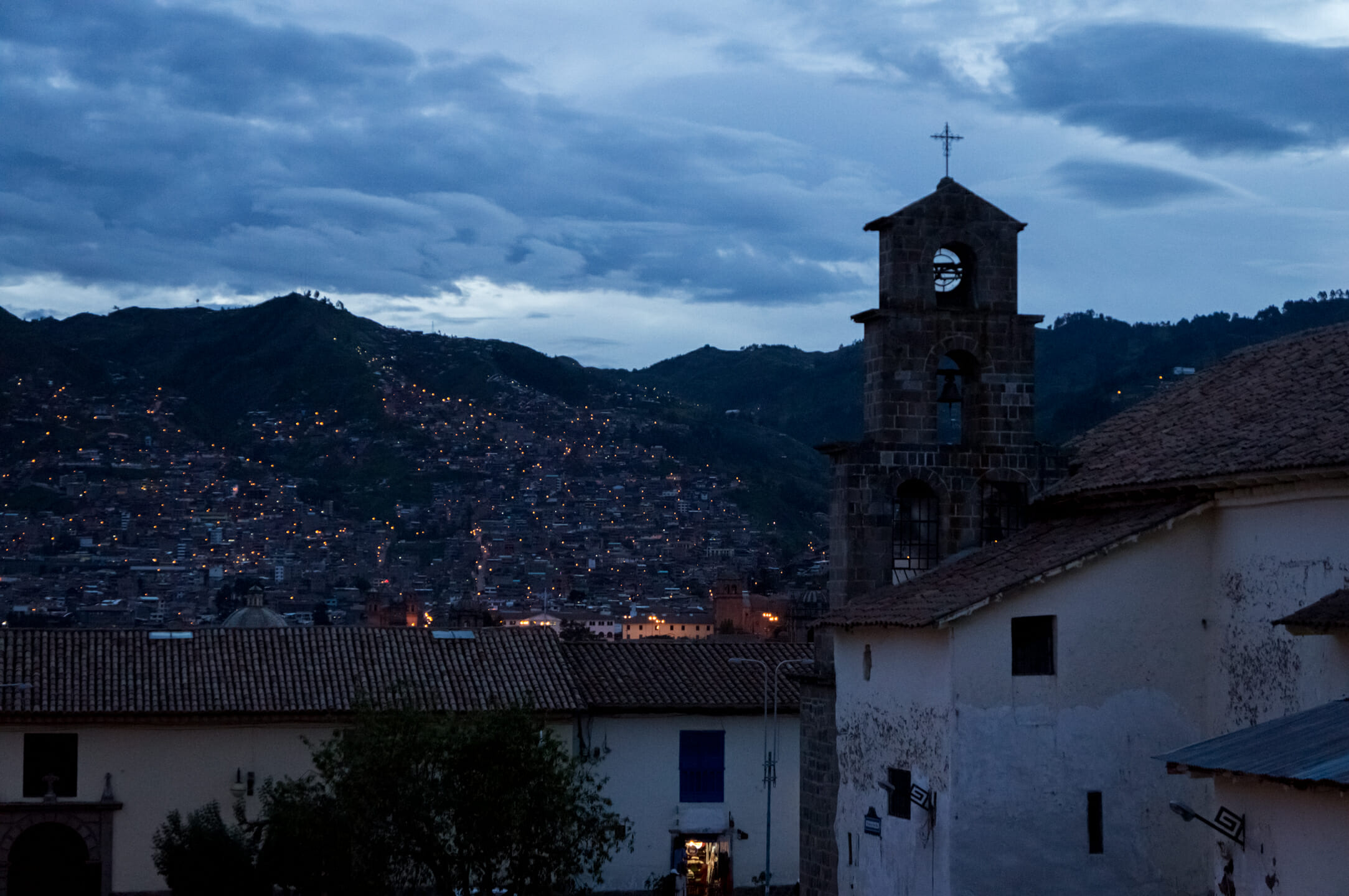
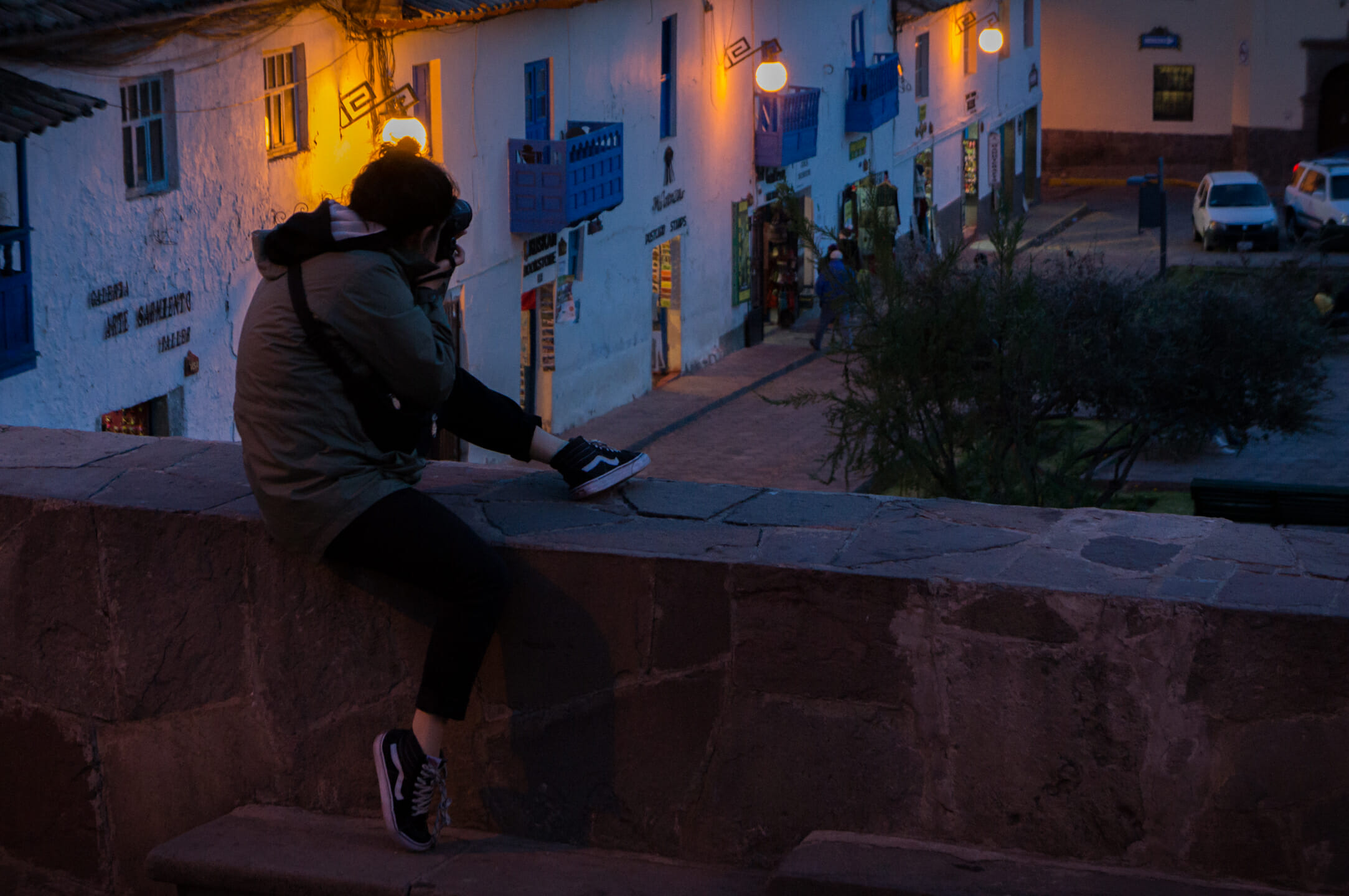
-
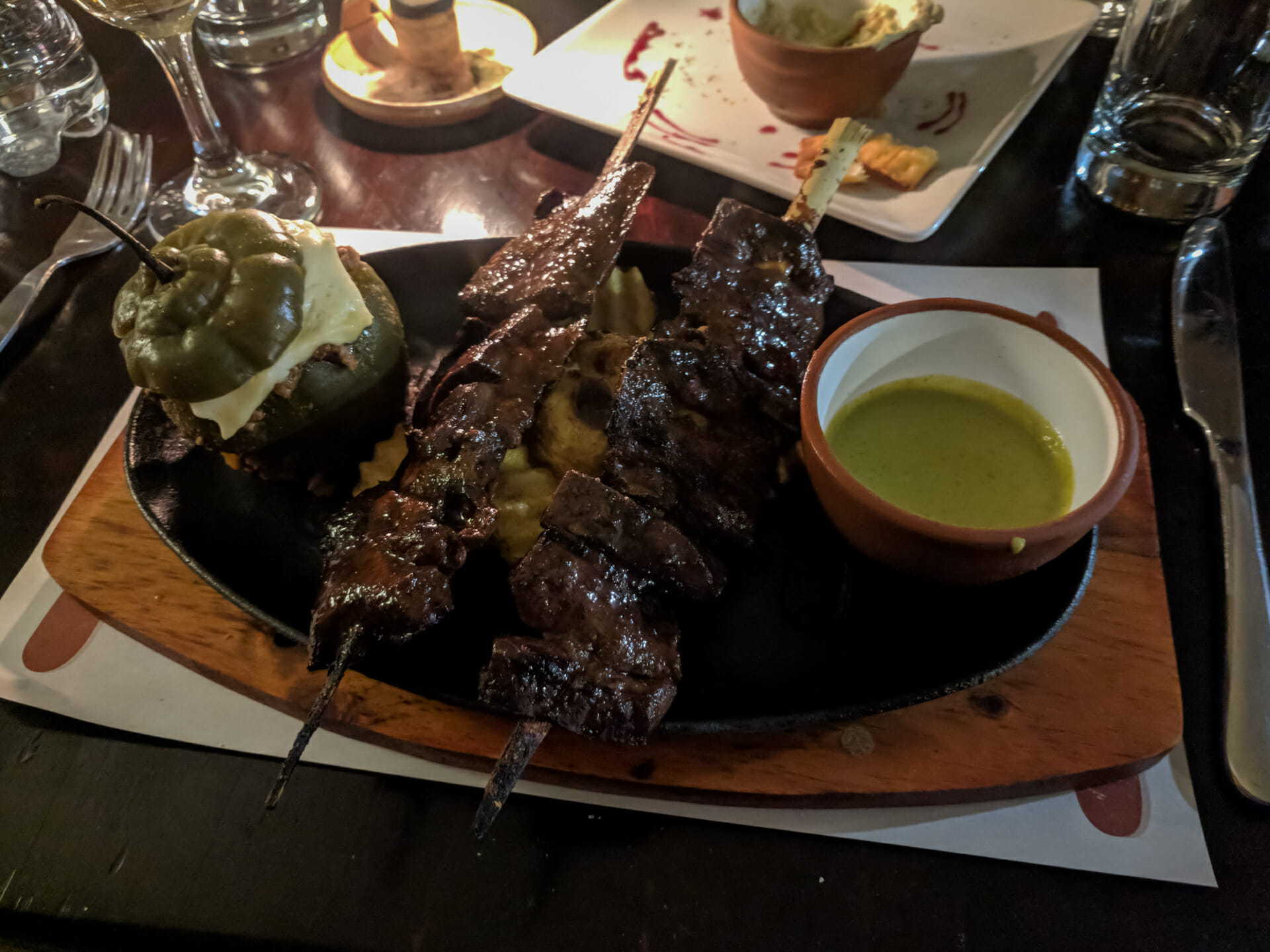
Cow heart skewers for dinner.
Cusco has an abundance of dogs. Some are owned by the families and shopkeepers who live around the neighborhood, many are just strays who wander around the streets looking for scraps to eat. The stray dogs of Peru come in all shapes and sizes, and most of them seemed to be in pretty decent health and either friendly to people or ignored people entirely.
On the second day the weather was beautiful so we took a walk down to Plaza Major de Cusco, which is the most tourism heavy part of the town. We weren't really loving the crowds so we decided to do a short hike out of the city to visit the Saqsaywaman Incan ruins to the north of the town.
Hiking out of the city involved a lot of uphill and steps. Fortunately it was a beautiful day and the destination wasn't far away.

Entering the ruins would cost about 70 soles - around $23 - each. Instead, we paid a nearby farmer for a guided horseback ride to a different smaller set of ruins just east of where we were.
After the horse ride we walked back to our AirBnB to get a good night's rest. The next day we relaxed in the city for most of the day and then went to our initial orientation meeting with our trekking company. There we met our guide, KJ, and the other people we'd be doing the trek with. They gave us an overview of what we'd be doing in the next few days.
Day 1 - Along the Aqueduct
On the first day of the trek, our bus arrived at 4:15am sharp to pick us up and transport us to the trail head. The drive took a couple of hours and we stopped off in a nearby town for a quick breakfast. Once we got to the trail head we had a few minutes to get our gear situated and then we were off.
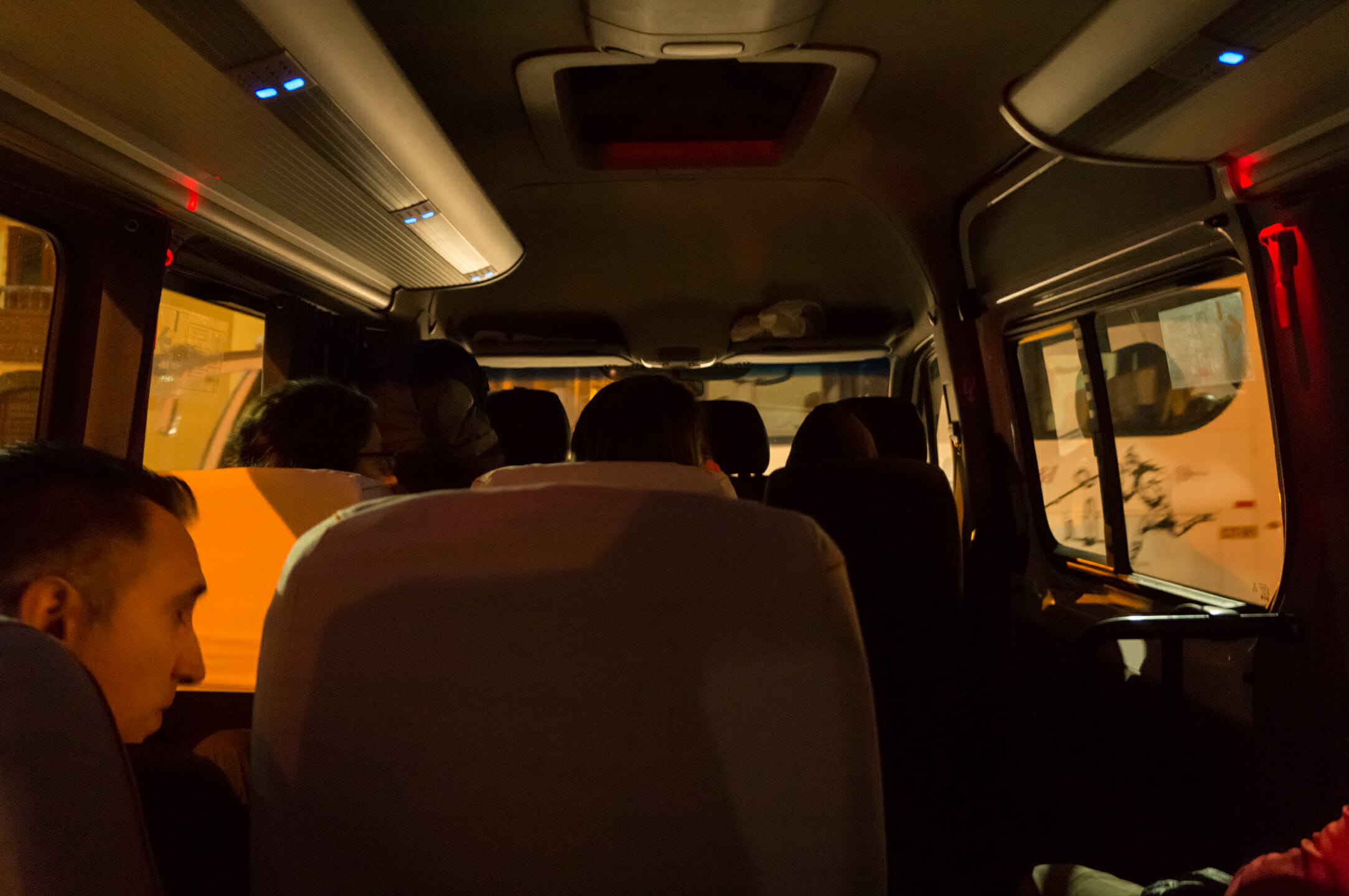
-
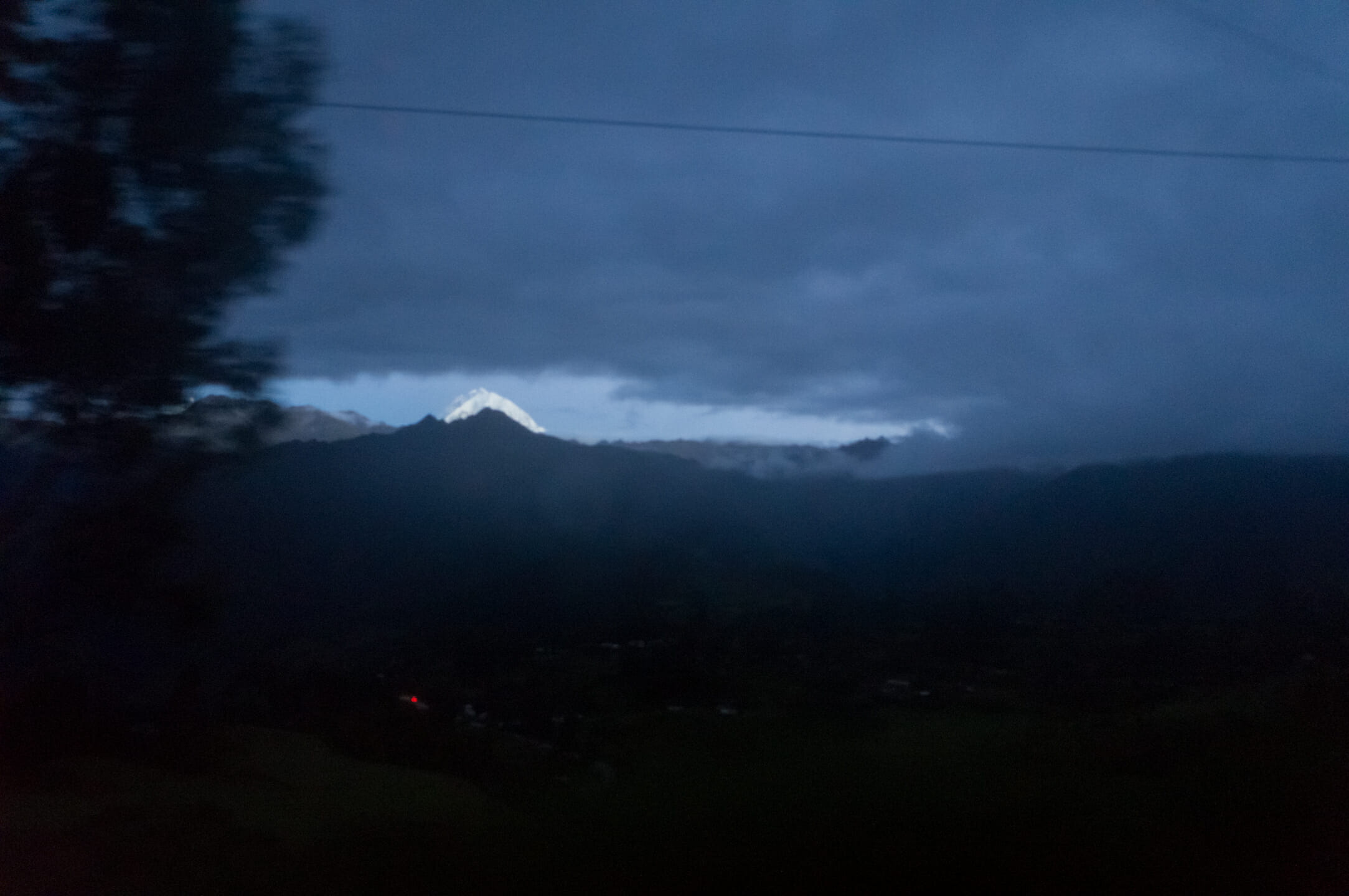
First glimpse of the snow capped mountains from the bus, early in the morning.
Day 1
Part 1: Hiking to the Salkantay Skydomes
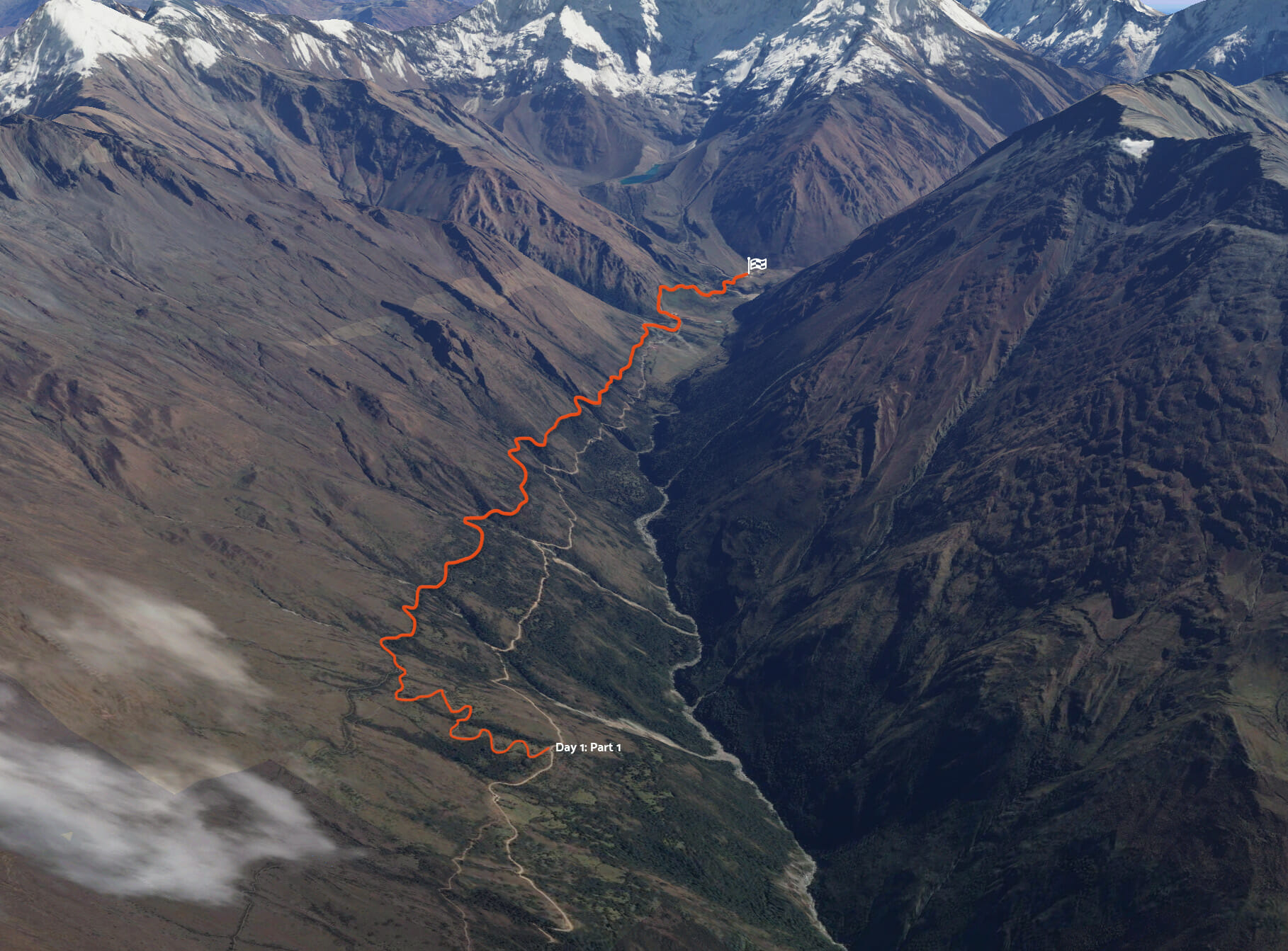
When we got to the trail we were each given a duffel bag where we could put any clothes/gear that we didn't want to carry. Those duffel bags went on the backs of horses who would meet us at the camp later that day. Everything else we carried in our backpacks. The trekking company also brought a horse along with us just in case anyone had a medical issue or otherwise couldn't complete the hike on their own.
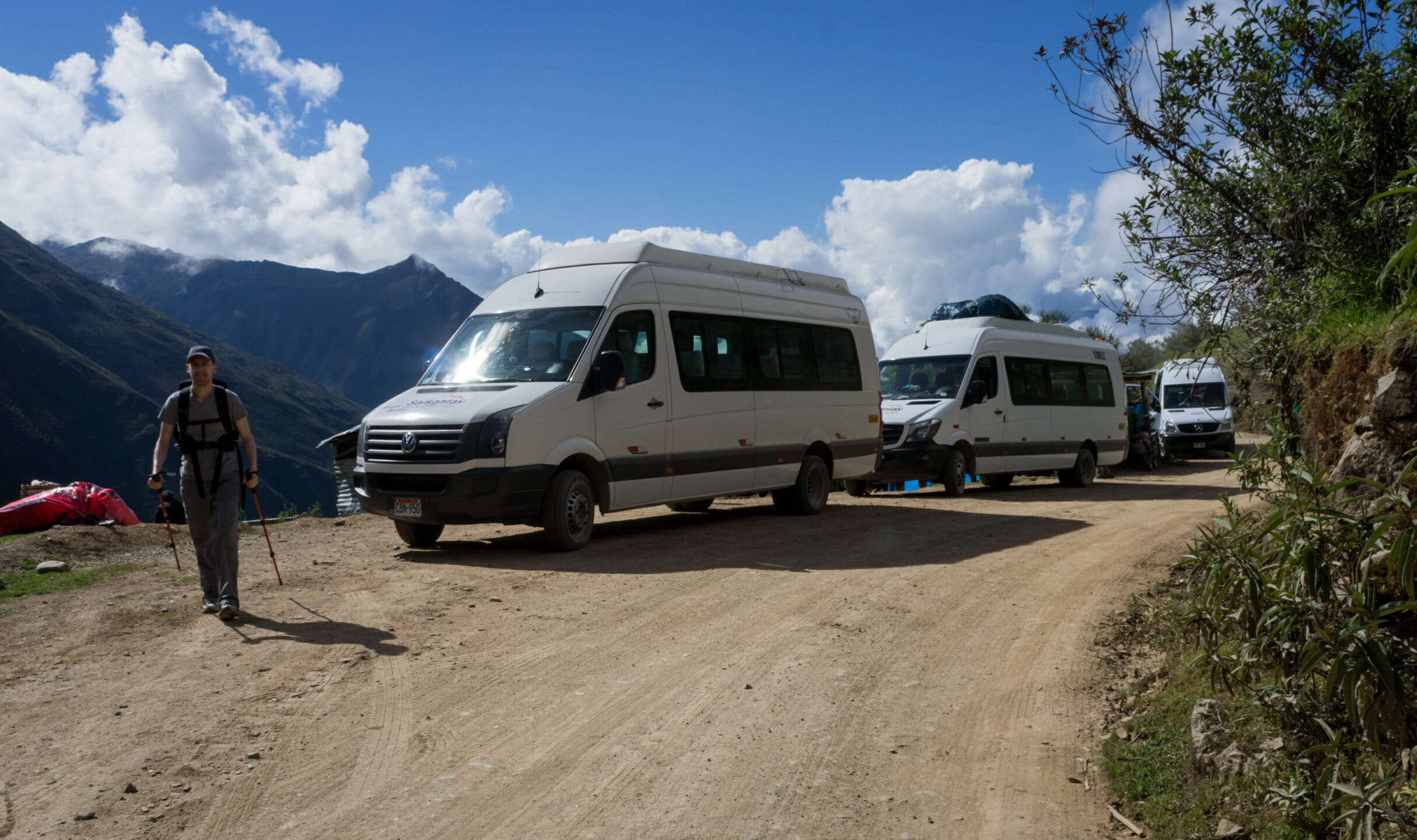
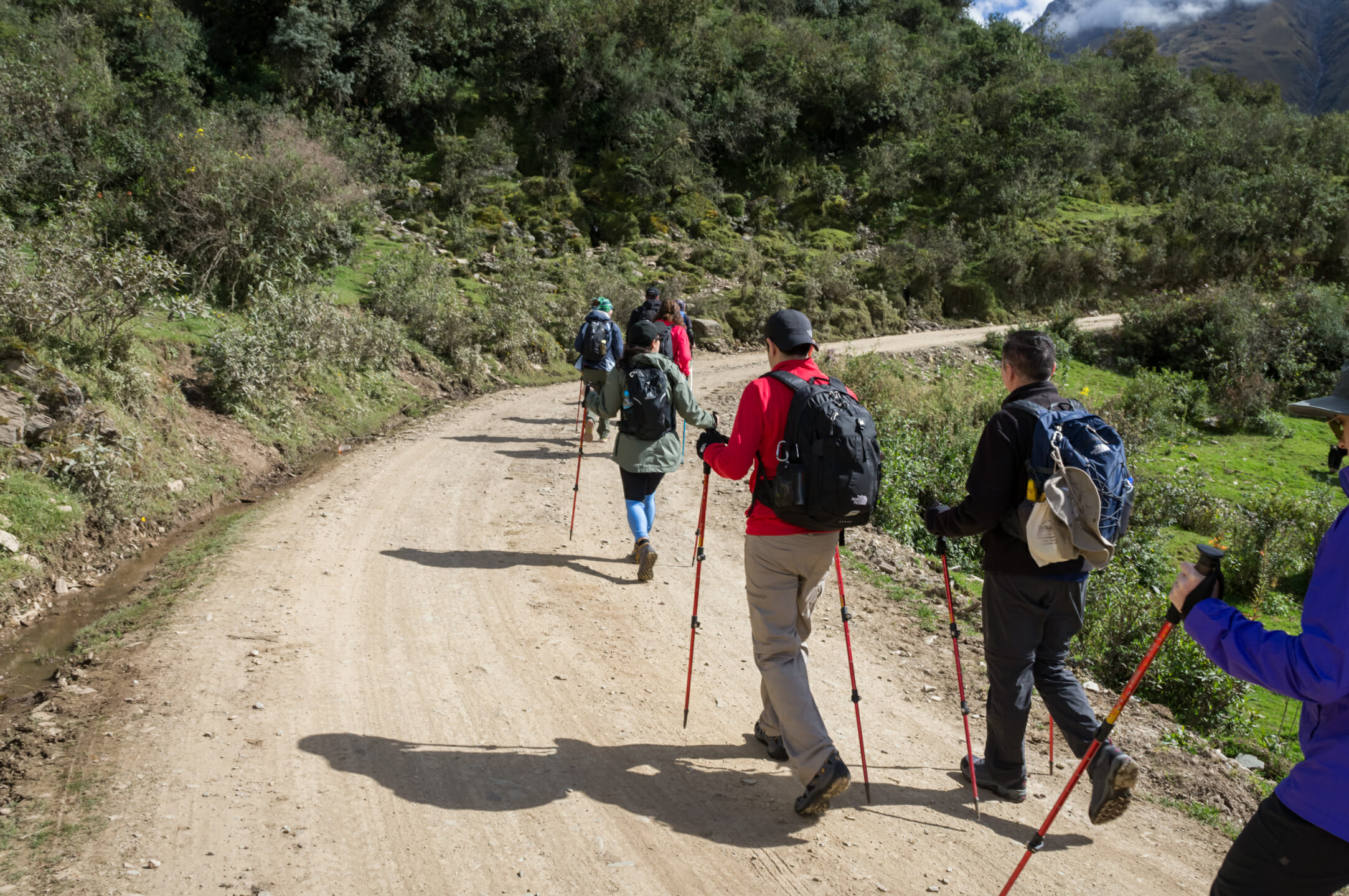
-

Napoleon the horse. 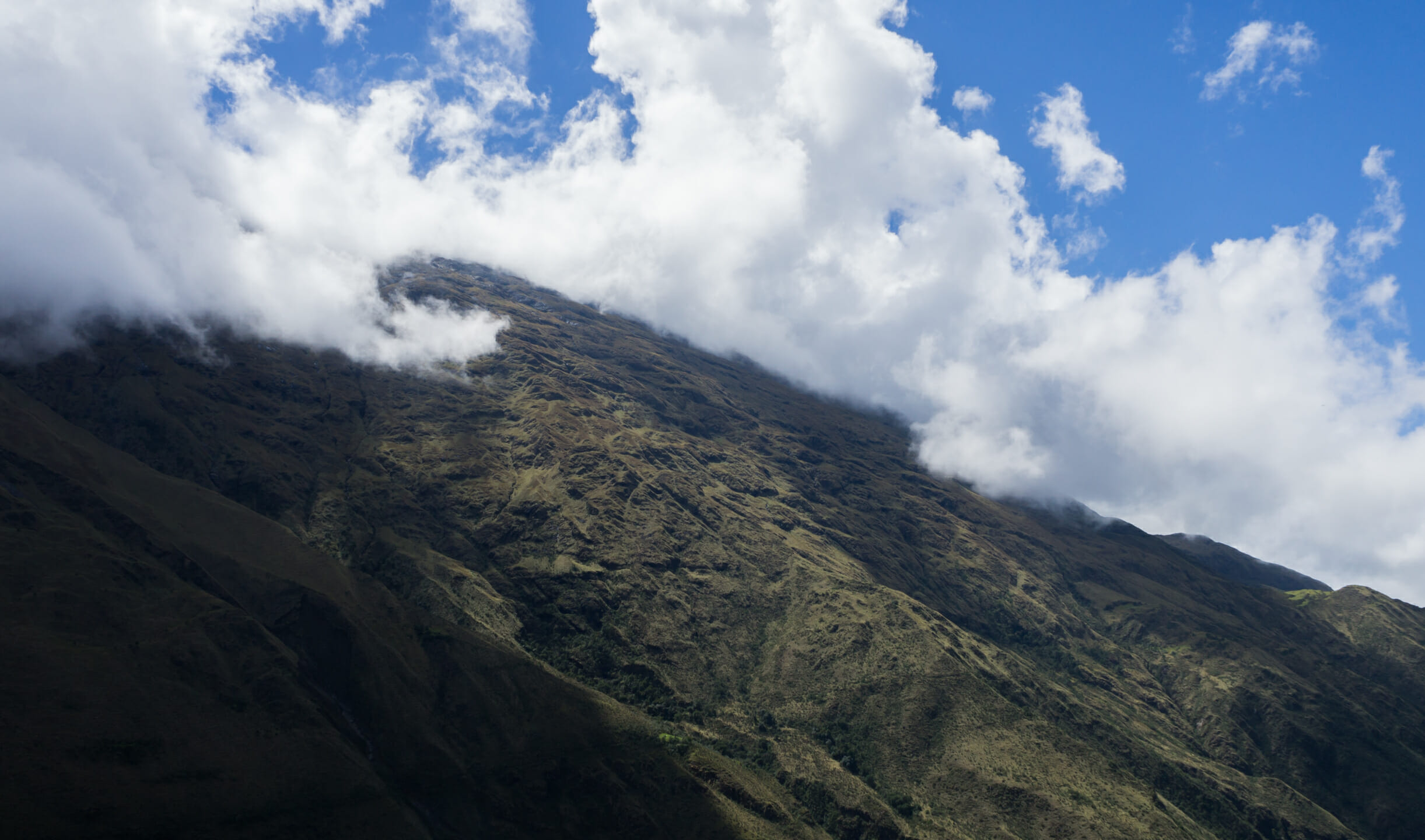
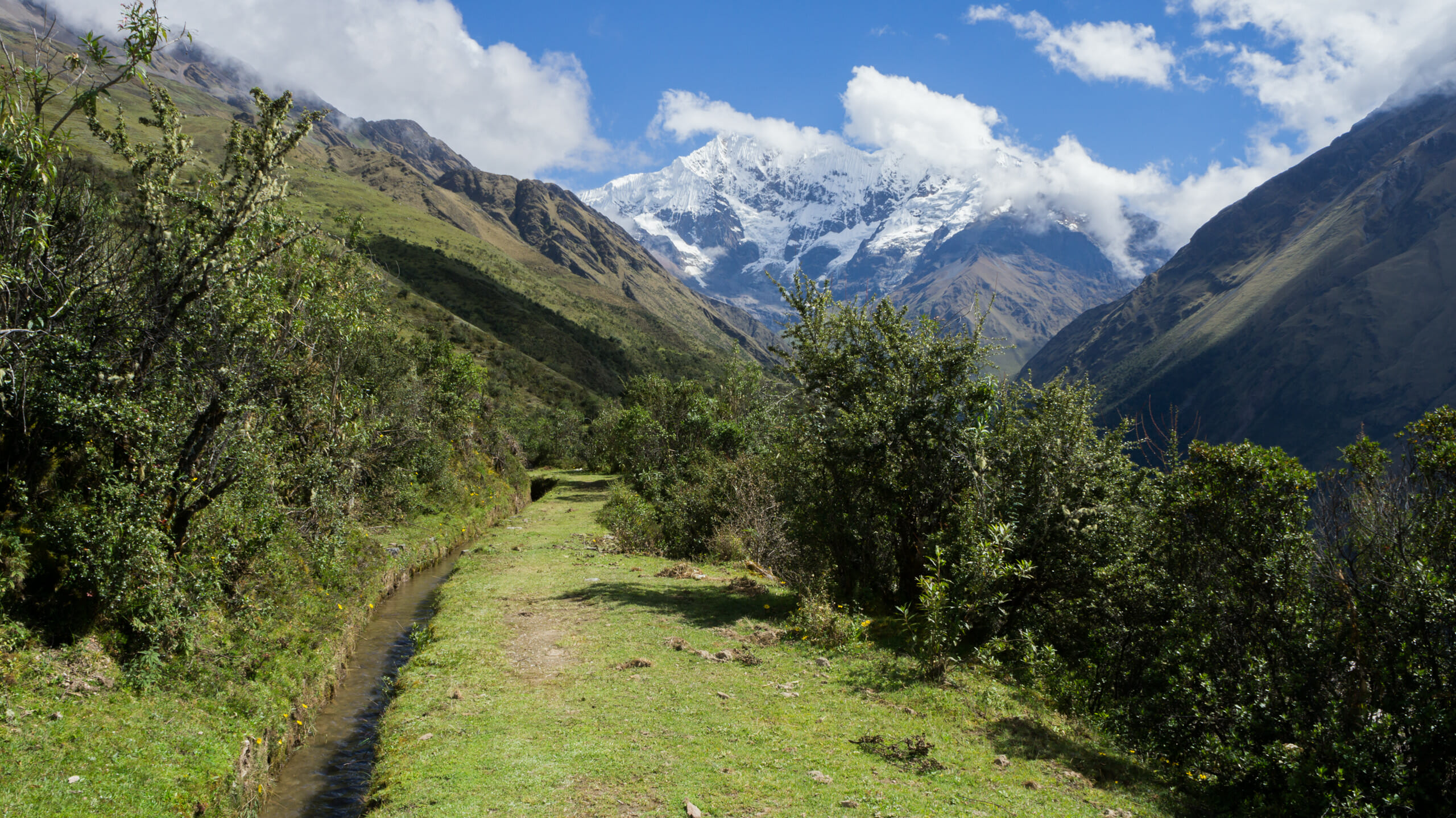
Our guide, KJ, was extremely knowledgeable about the history and geography of Peru. Every half hour or so he would stop to give us a break and tell us something interesting about the region we were hiking through. The aqueduct we were walking along had apparently been first built on this mountain hundreds of years ago by the Incas, and is still maintained by their decedents who work the farms around the mountains.

After a few hours of hiking, we made it to the camp. The camp was small and we shared it with a few other groups, but we each got our own domed room to sleep in with big beds and even working power outlets (for a few hours of the night).
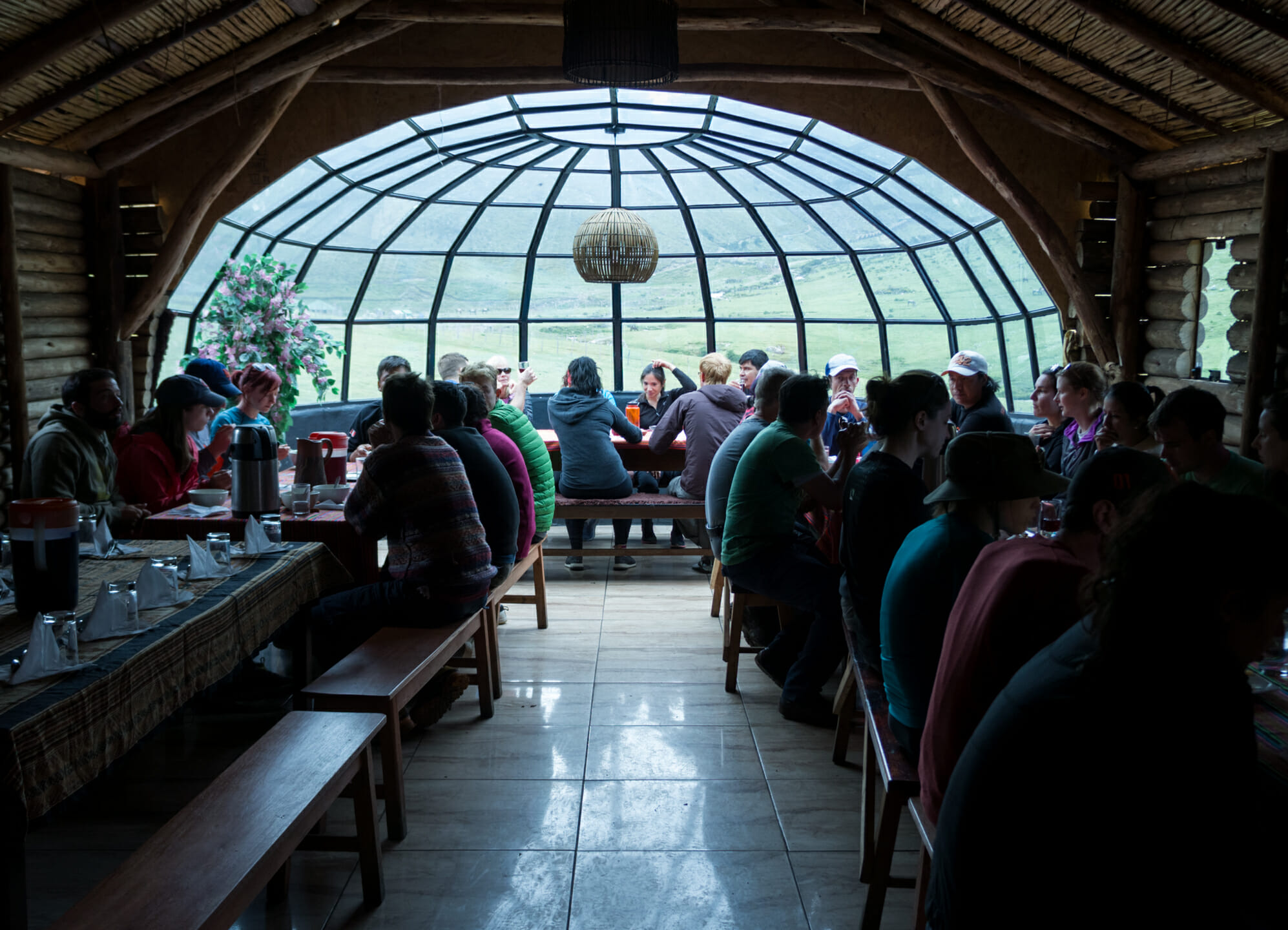
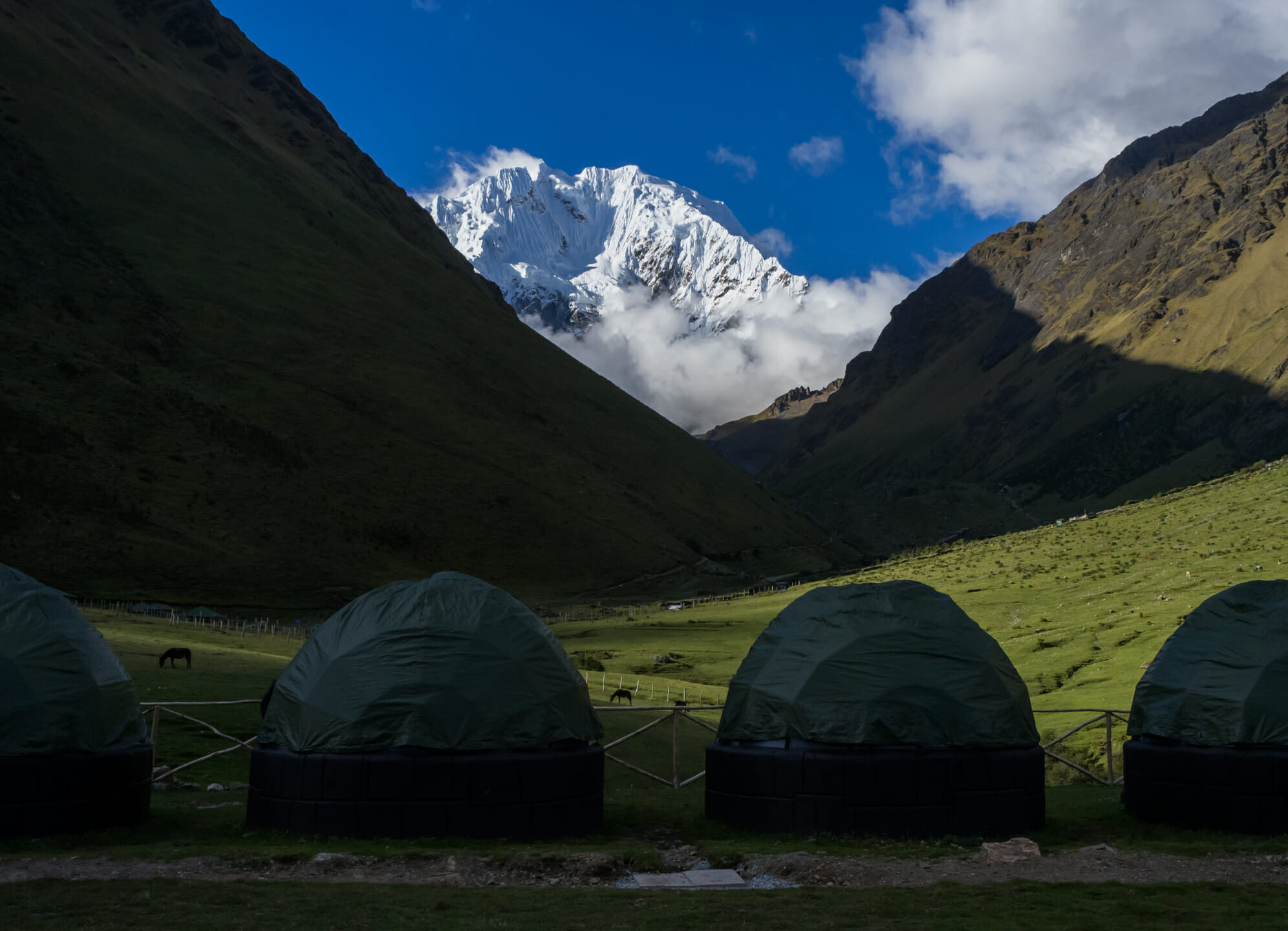
Day 1
Part 2: Humantay, the Glacier Lake
After a lunch and a small amount of rest, we hiked about a mile up to Humantay Lake, a gorgeous lake at the foot of the mountain glacier. The route was entirely uphill and the elevation made for a very challenging hike. We stayed at the lake for about an hour taking photos and enjoying the views, then hiked back town to the camp for dinner and rest.

It's a little hard to tell how steep it was from the photos, but getting up this part of the mountain was no easy task. With the air as thin as it is at 13,000 ft, every step feels like you're carrying an extra 200lbs on your back. A lot of it comes down to your mindset - you have to keep reminding yourself that you have the energy to do this, no matter how exhausted you feel. Taking a lot of breaks and drinking a lot of water helps too.
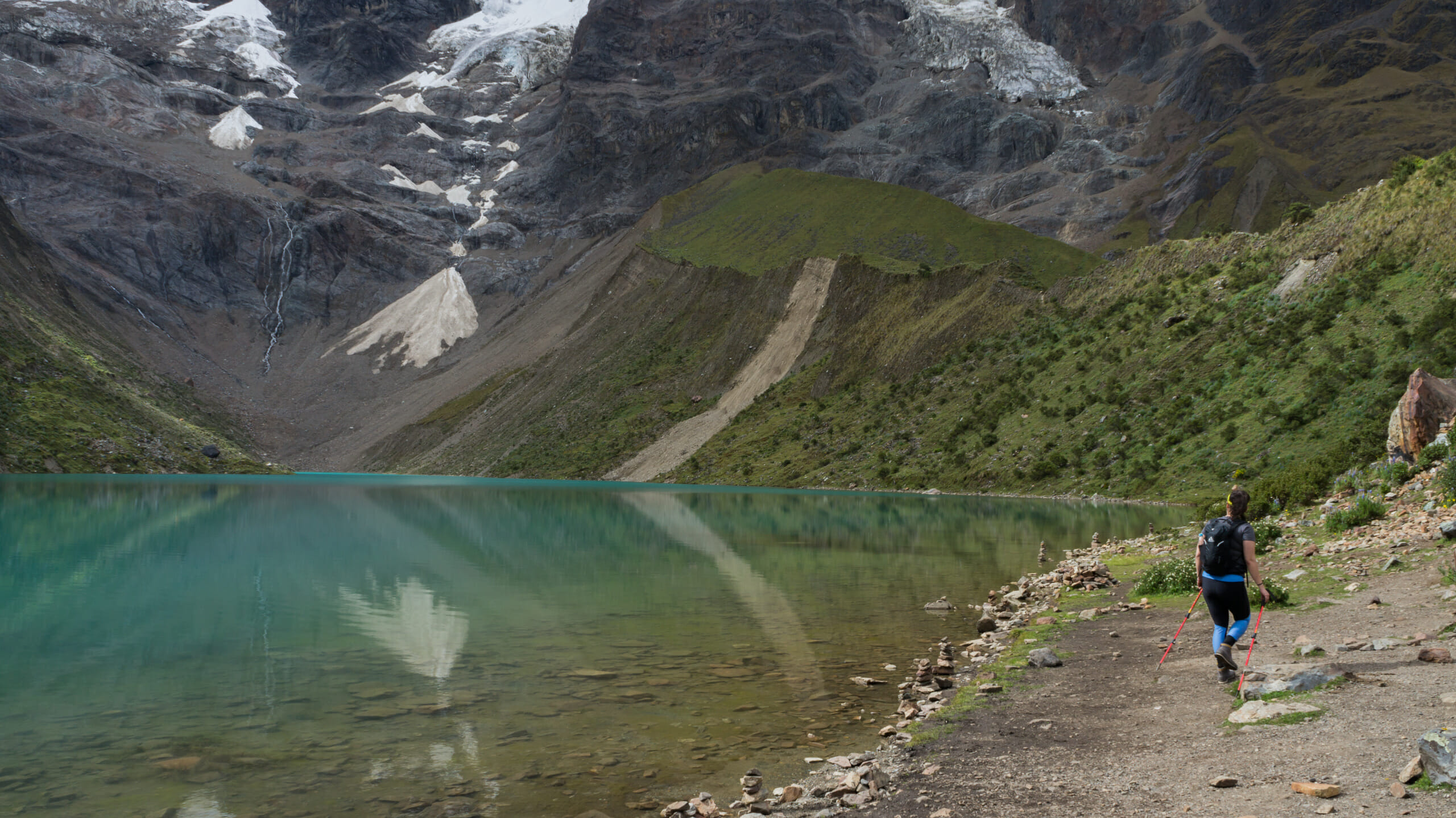

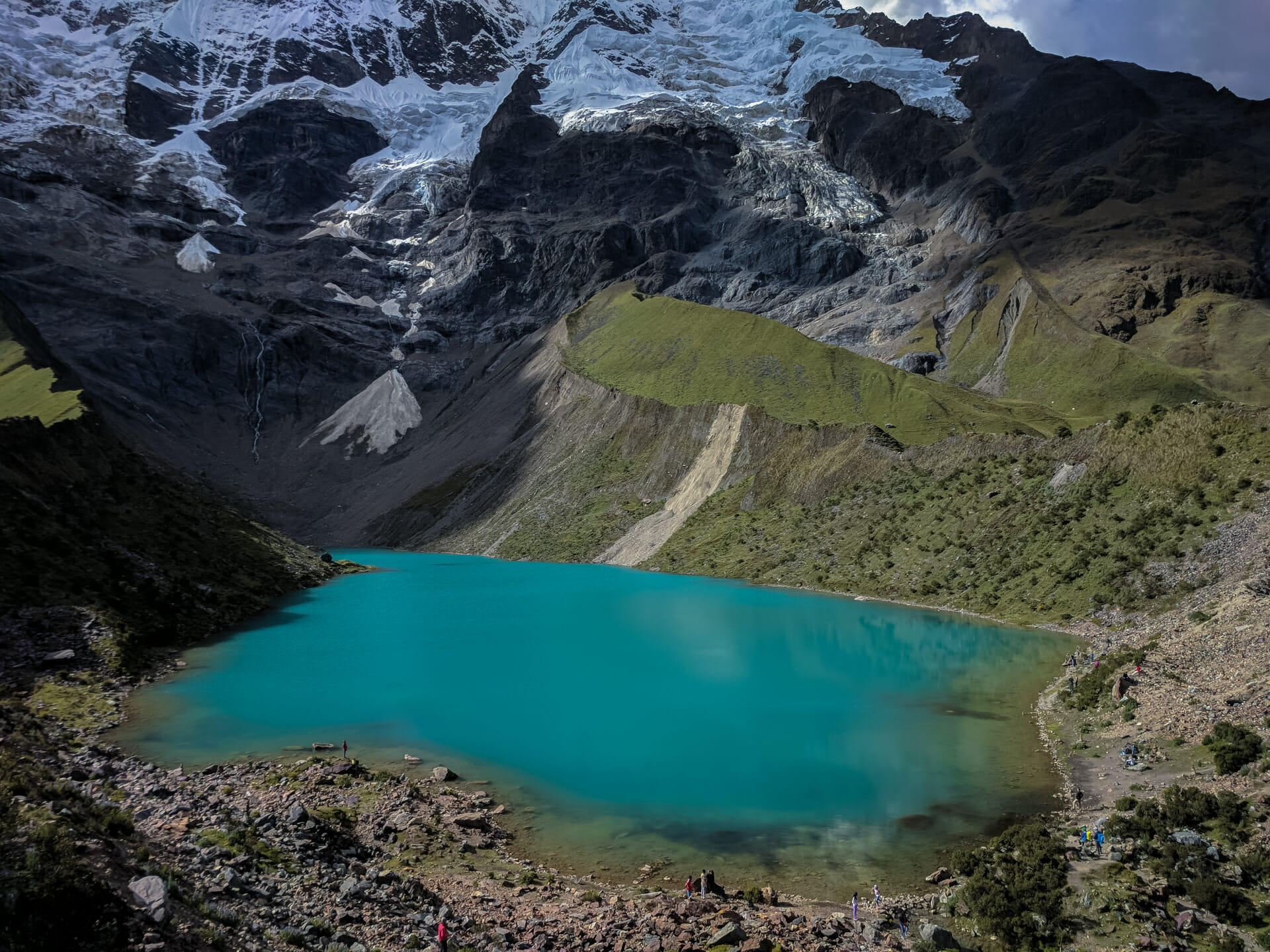
-
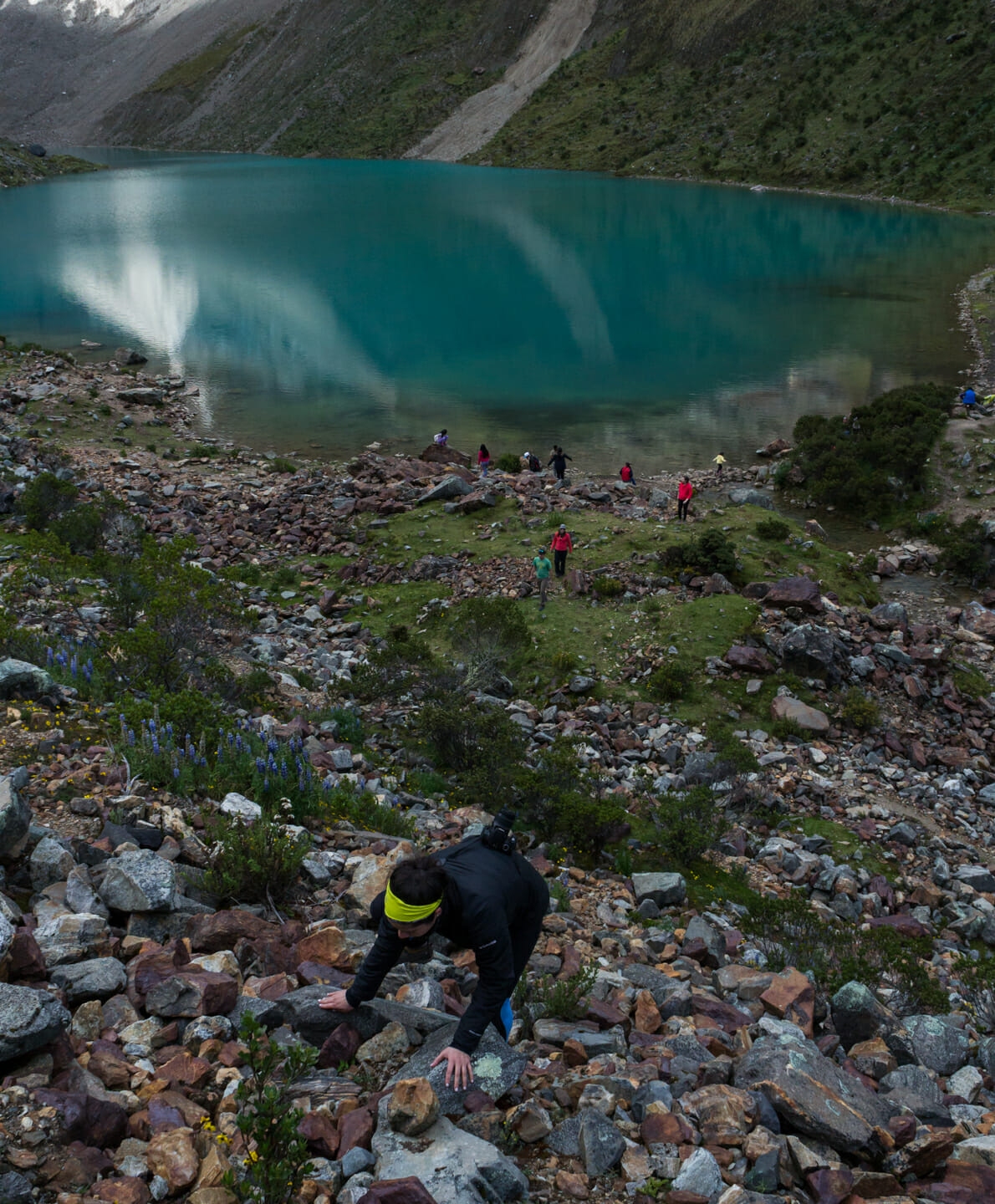
We hiked up some pretty treacherous rocks to get a nice view of the lake and a better spot for photos. 
The hike back down to the camp was a lot easier than hiking up to the lake, but the altitude was making us both feel pretty worn at that point so we went to bed early.
Day 2 - Salkantay Summit
We got up at 4:50am to get a head start on hiking the second day. It was pretty cold in the morning, probably about 40 degrees. That made getting out of bed pretty difficult but after having some warm tea and a big breakfast we were ready to hit the trail.
This day was definitely the most difficult part of the trip. It was about 15 miles of hiking up and over the Salkantay mountain pass. The variations in climate and geography were striking - it's hard to believe that we went through so many different landscapes all in the same day.
Day 2
Part 1: Up, up, up.
The first part of the day was entirely uphill. It started with a gentle climb out of the valley where we camped, and then got immediately much more challenging when we got to the "Seven snakes", a set of switchbacks that take you straight up the side of the mountain. Getting to the top was no easy task, but at least it didn't take too long.
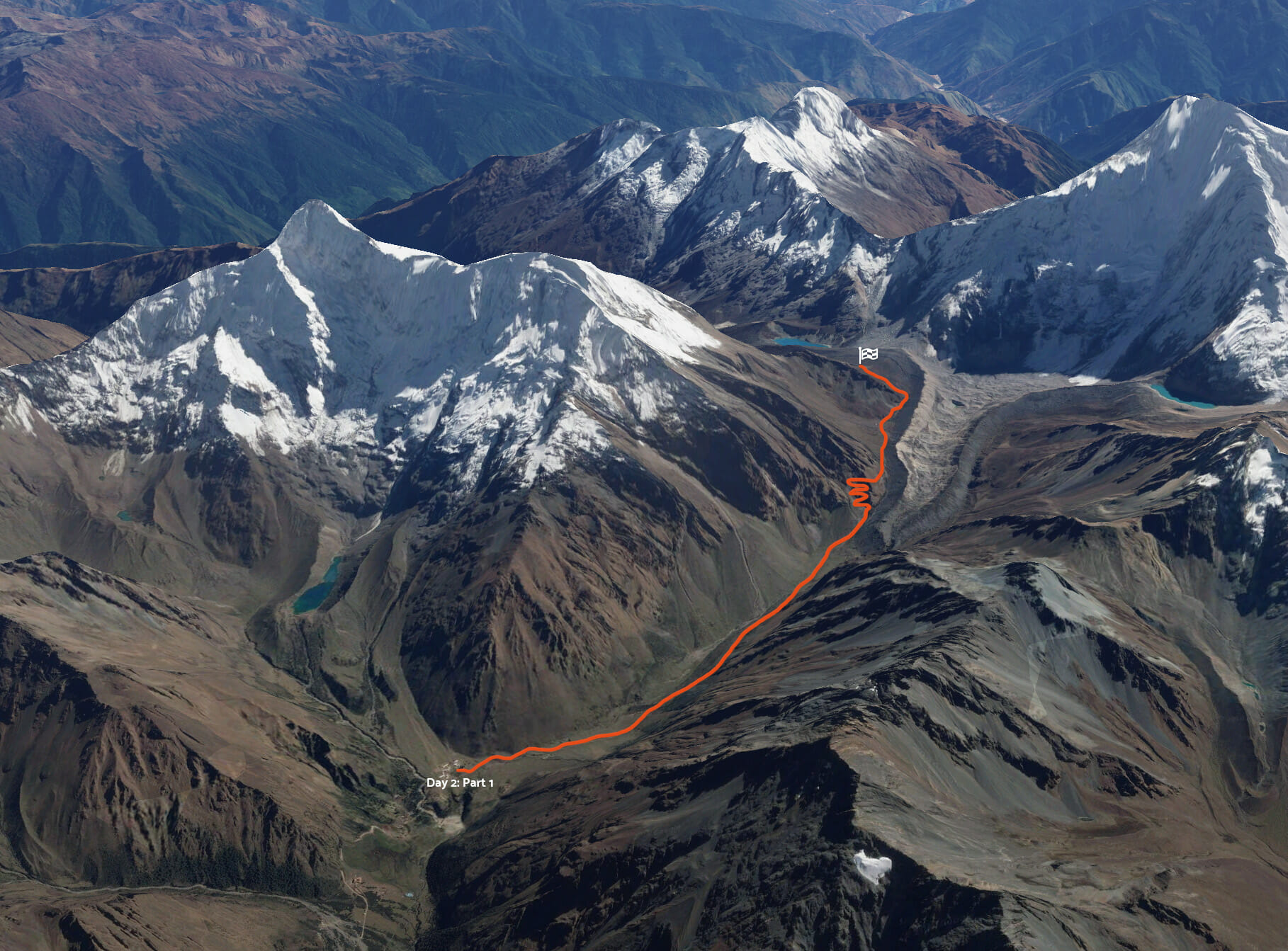
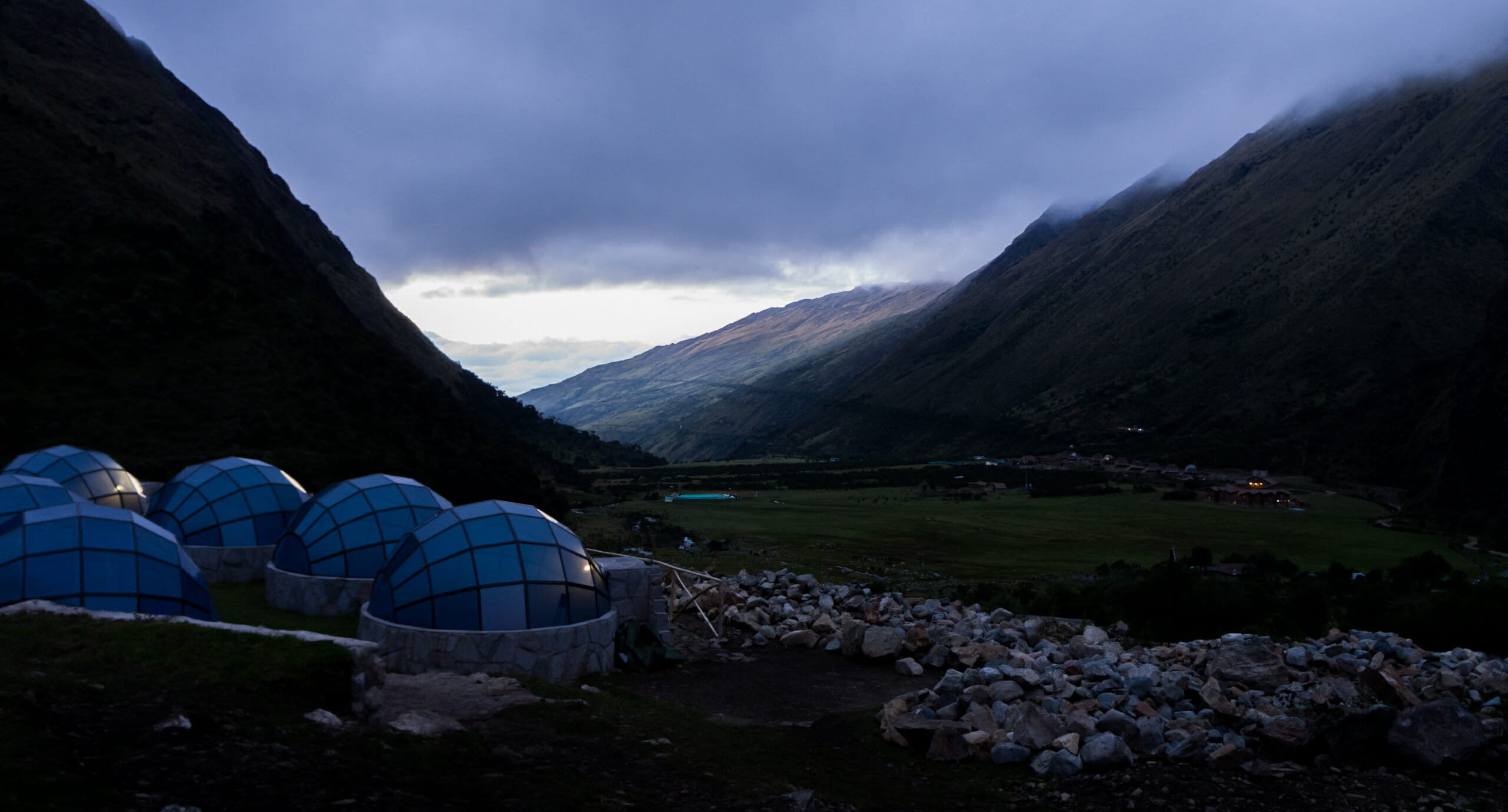
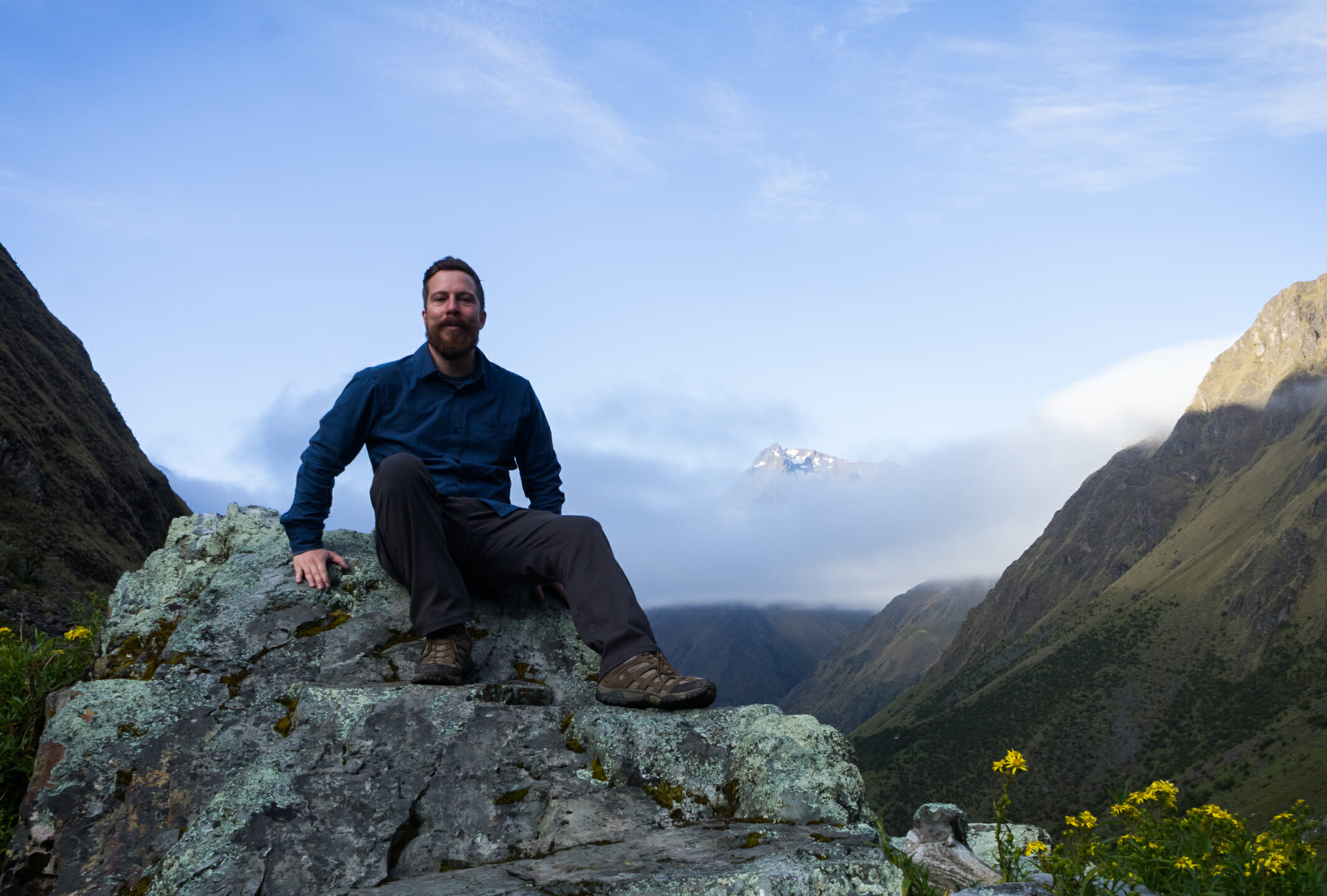
The hardest part of the day came up pretty quickly - the aforementioned "Seven Snakes". Every step going up this trail was brutal - the elevation and lack of oxygen makes it incredibly tough to move uphill. There were a lot of other people on the trail with us, which made for great motivation - "If that guy can do it, I sure as hell can!"
The geography changed pretty drastically as we approached the summit. The temperature dropped rapidly and the bits of grass and vegetation around the path became almost non-existent.
The mountain pass was clear up until about 2 minutes after we got to the summit - after that thick clouds rolled in which made it hard to see the mountains around. Luckily the clouds broke up a bit later on so I was able to get a few decent photos.
About five minutes after we got to the summit, my cell phone dinged. I had an Outlook notification telling me my 9:30am tech team stand up meeting was about to start without me.
Day 2
Part 2: Down, down, down.
After spending about 45 minutes on the summit, we started to head down the other side of the mountain. From here on out there was very little uphill hiking, but the trail going down was rugged and full of loose rocks, so it had it's own set of challenges.
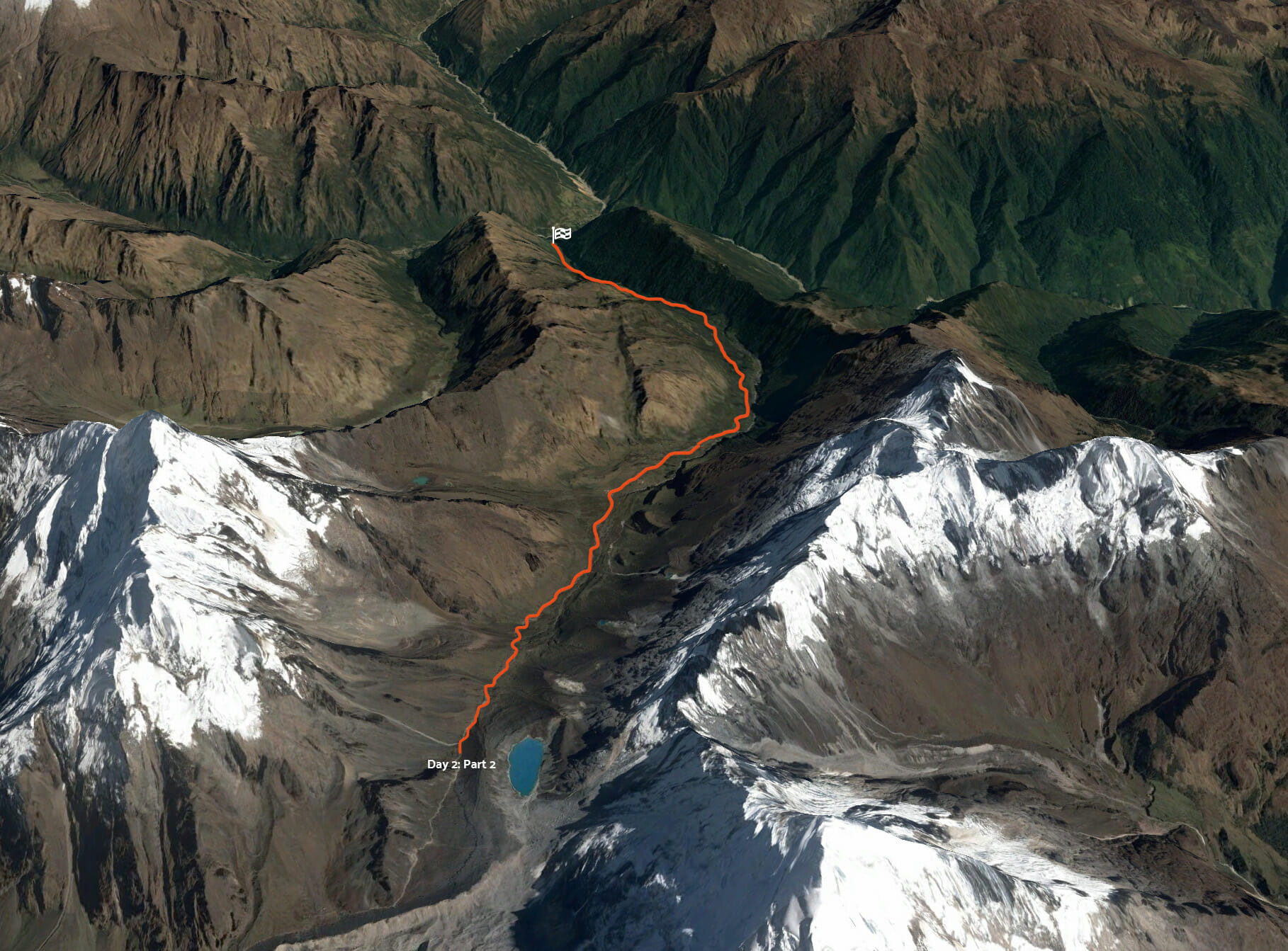

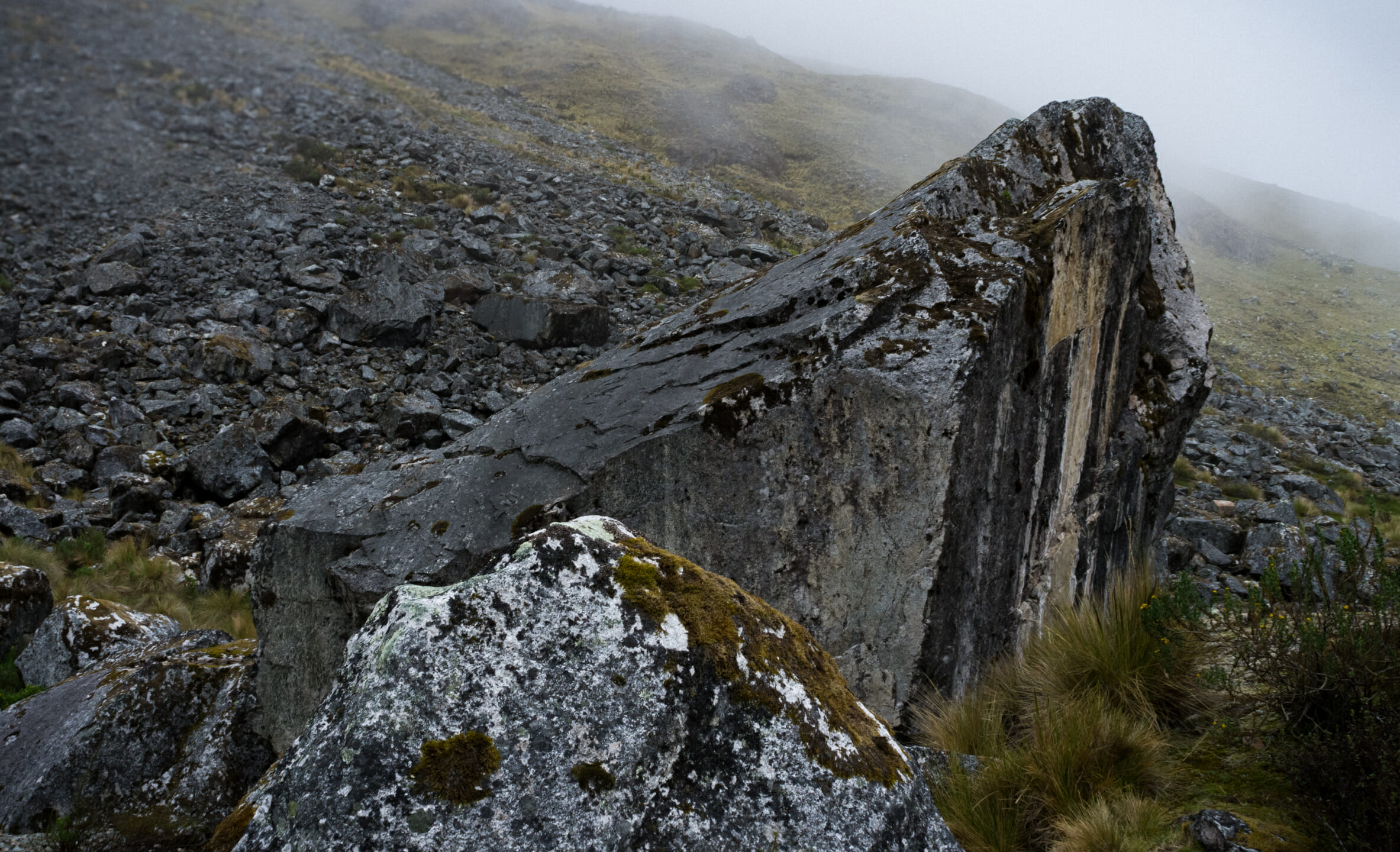
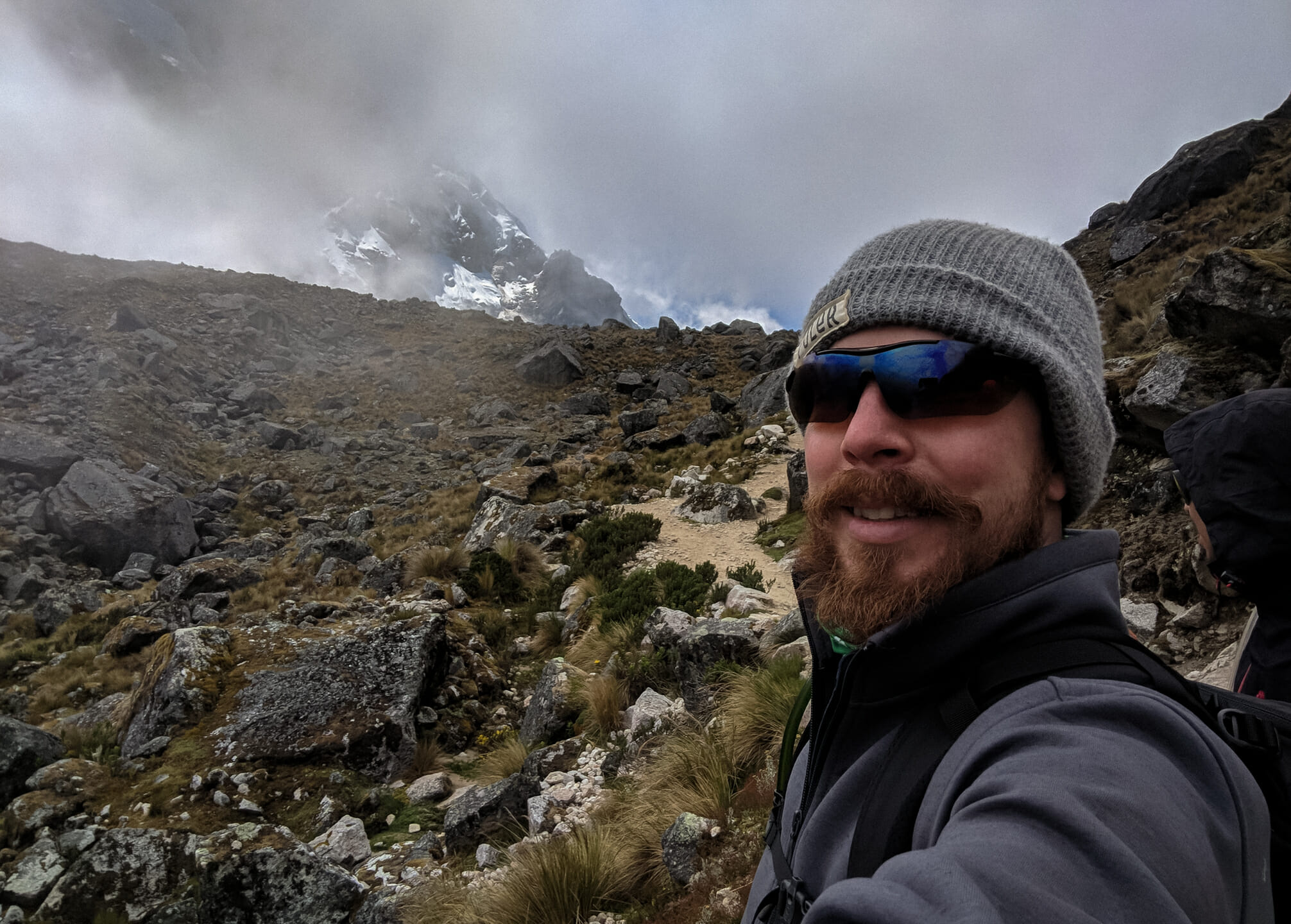

The ground was mostly like this going down the mountain - full of lose gravel and large rocks.
Every so often we would have to stop and make way for big convoys of horses, donkeys and mules who were carrying loads up and down the mountain all day.
There's something a bit surreal about hiking into the clouds from above. As we got closer the temperature started to rise but it also started to get more wet and foggy.
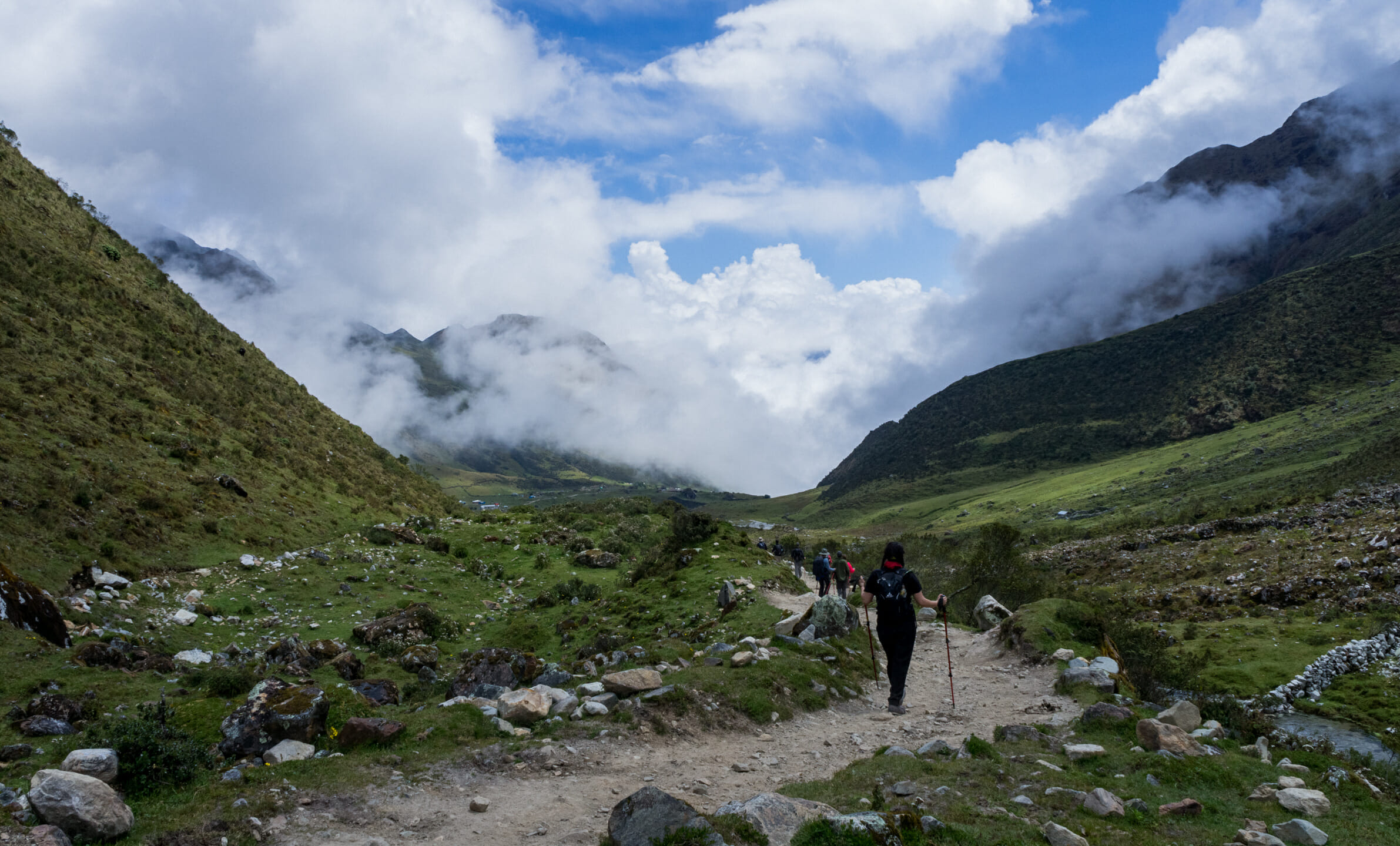
After a short stop off for lunch, we continued along the trail going further down into the lower elevations. The climate and surroundings changed dramatically over the course of just a couple hours hiking - we were now getting deep into the Peruvian jungle. Fortunately we only dealt with a small amount of rain, nothing that caused too much trouble.
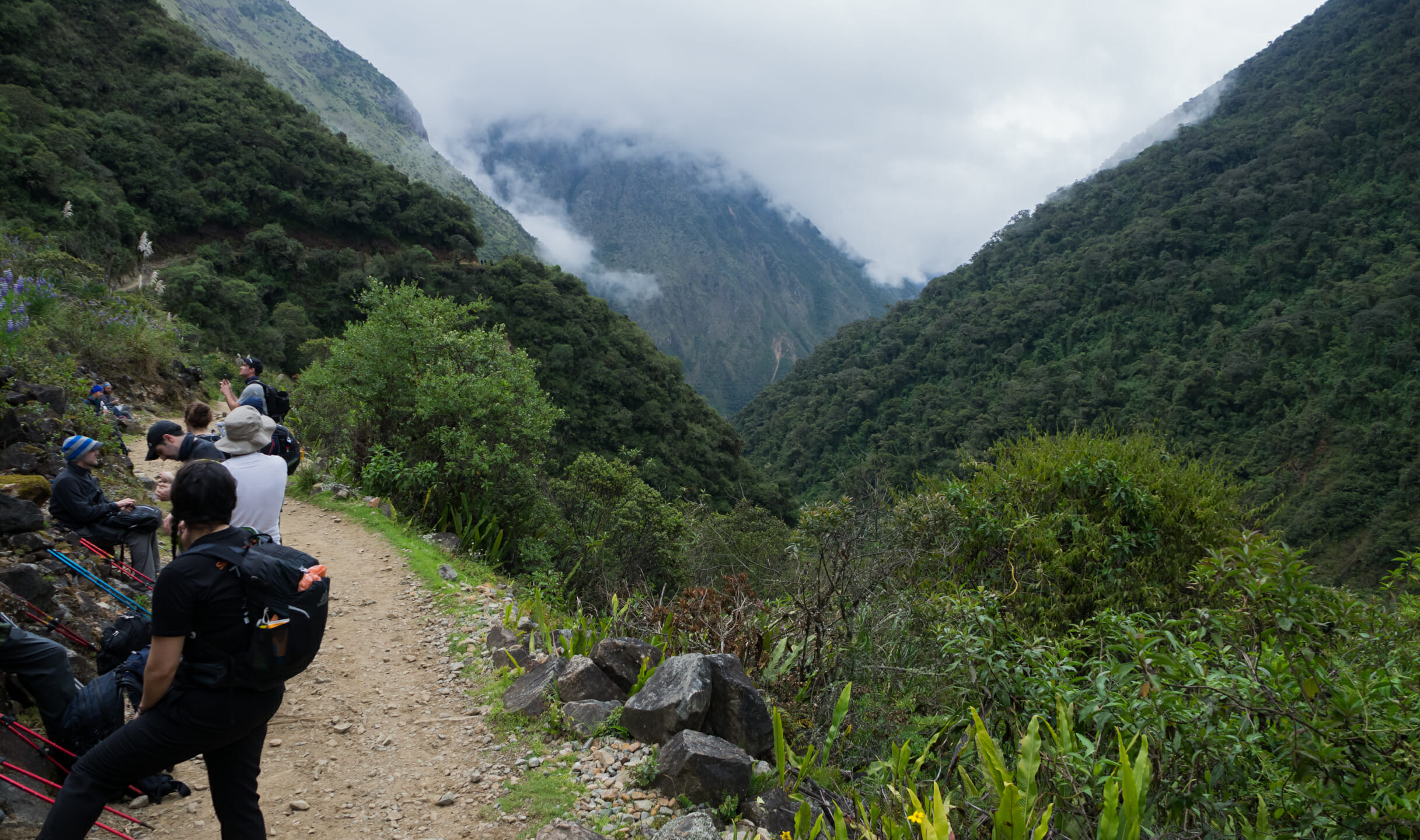
After a few more hours of hiking, we eventually made it to our jungle camp.
Our camp on the night of Day 2 was a set of huts close to the Santa Teresa River. It was a beautiful place, and even had a working hot shower that we could use for 1 sole (about 33 cents).
Day 3 - Jungle Road
Waking up the morning of Day 3 was tough. Like the day before we had to be out of bed and ready to go by 5am. This time, however, it wasn't just cold but also raining. Mustering up the energy to get out of bed, put on rain gear and start hiking was not easy. Again, warm tea and a big breakfast helped.
Apparently there's a jungle trail that the trekking company usually takes through this leg of the trip, but it had been heavily damaged by mudslides during the rainy season so we took the road on the opposite side of the river instead.
Day 3
Part 1: Cold and Wet
We wasted no time getting back on the trail. Most people put on ponchos and other rain gear - the rain wasn't coming down too hard but the last thing you want is to hike the rest of the day in heavy wet clothes.
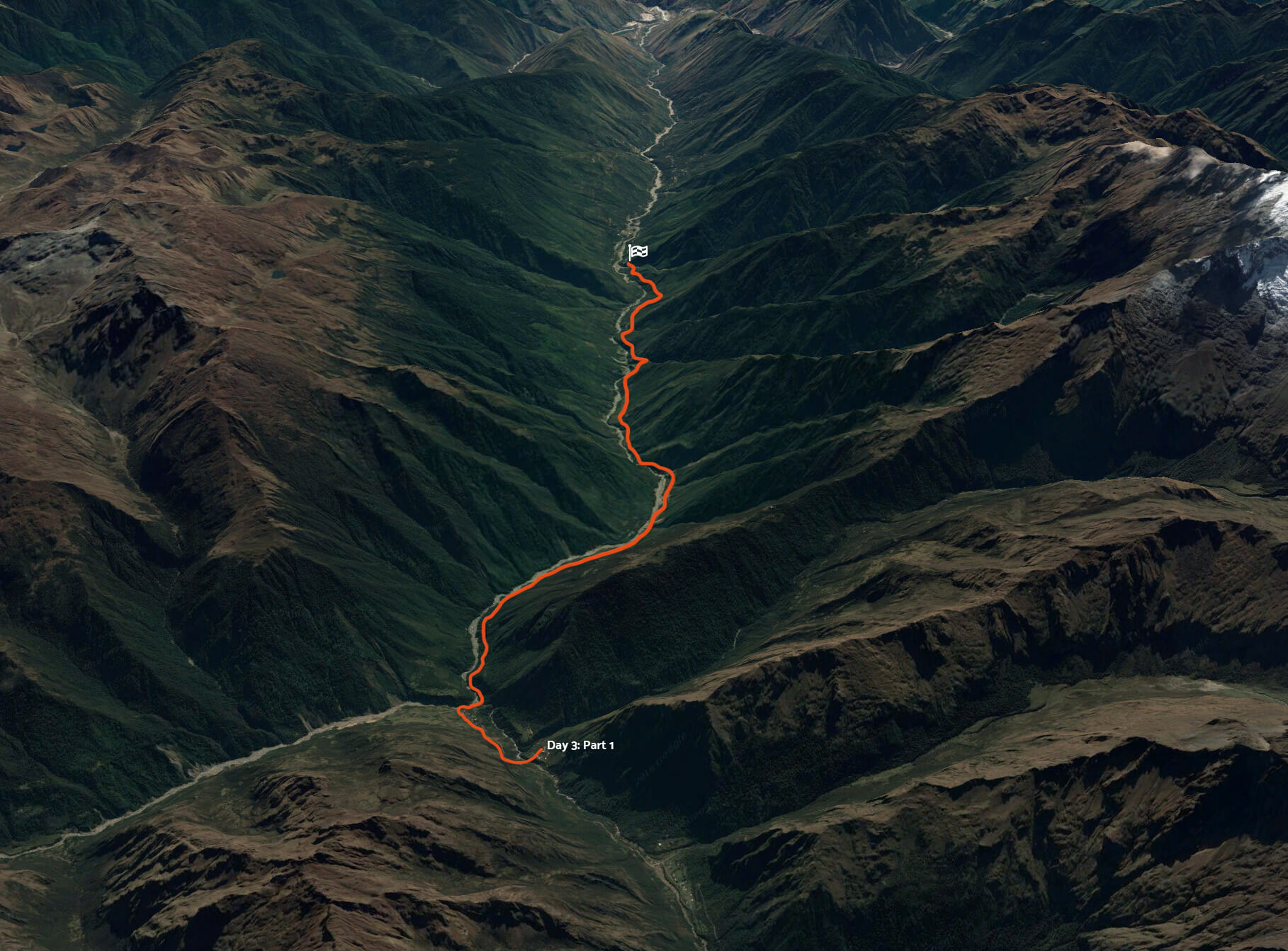

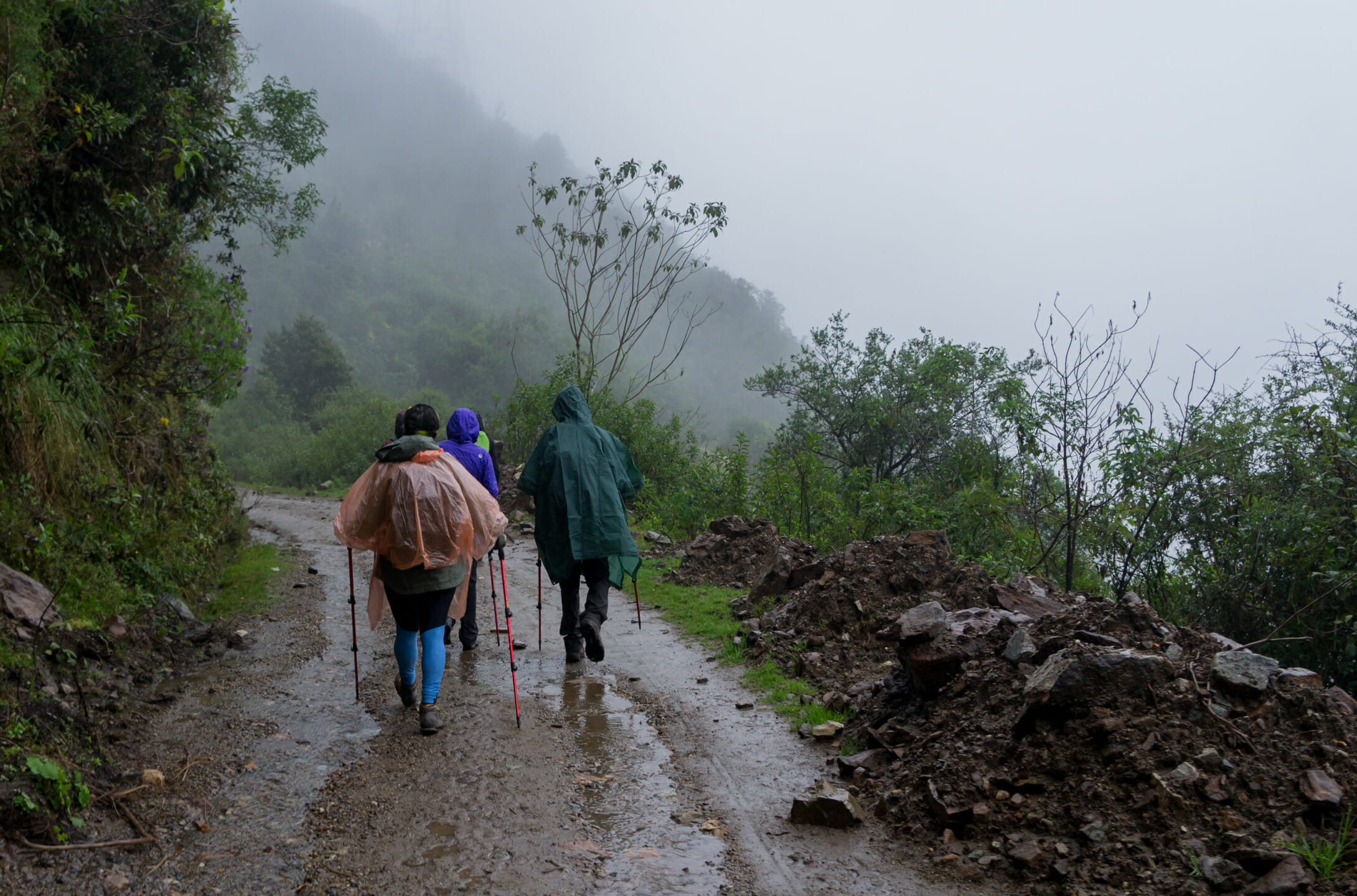
-
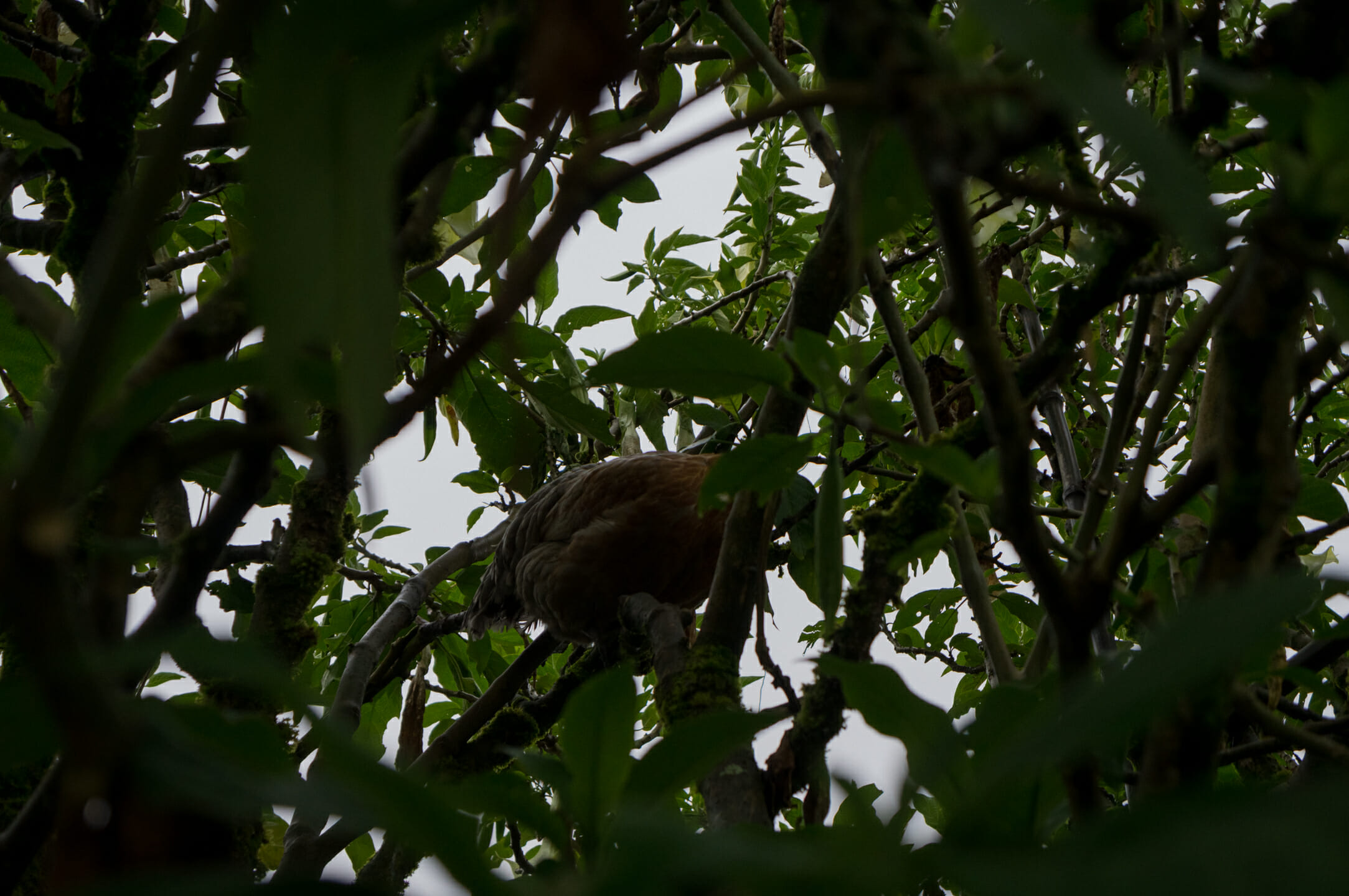
Tree chicken 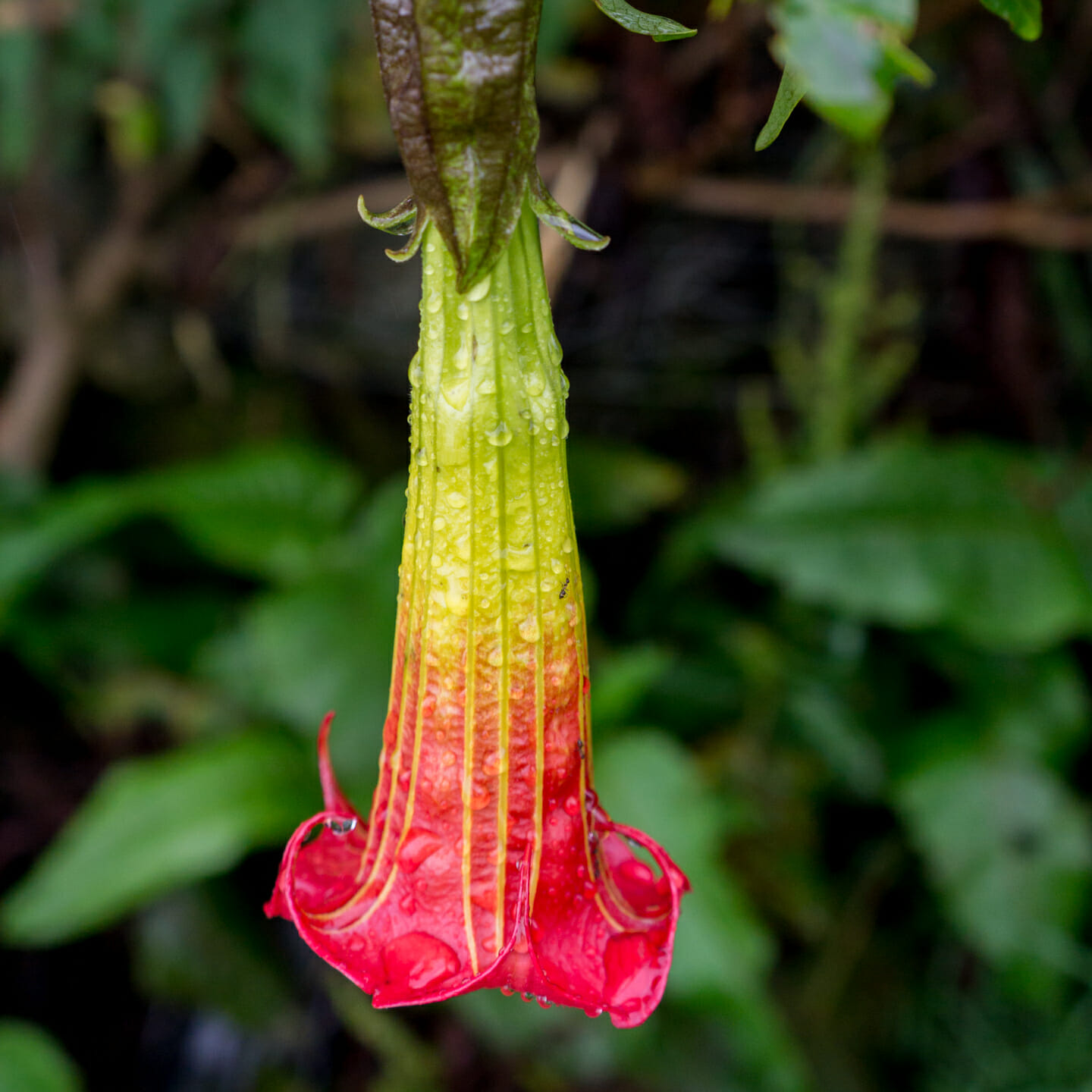
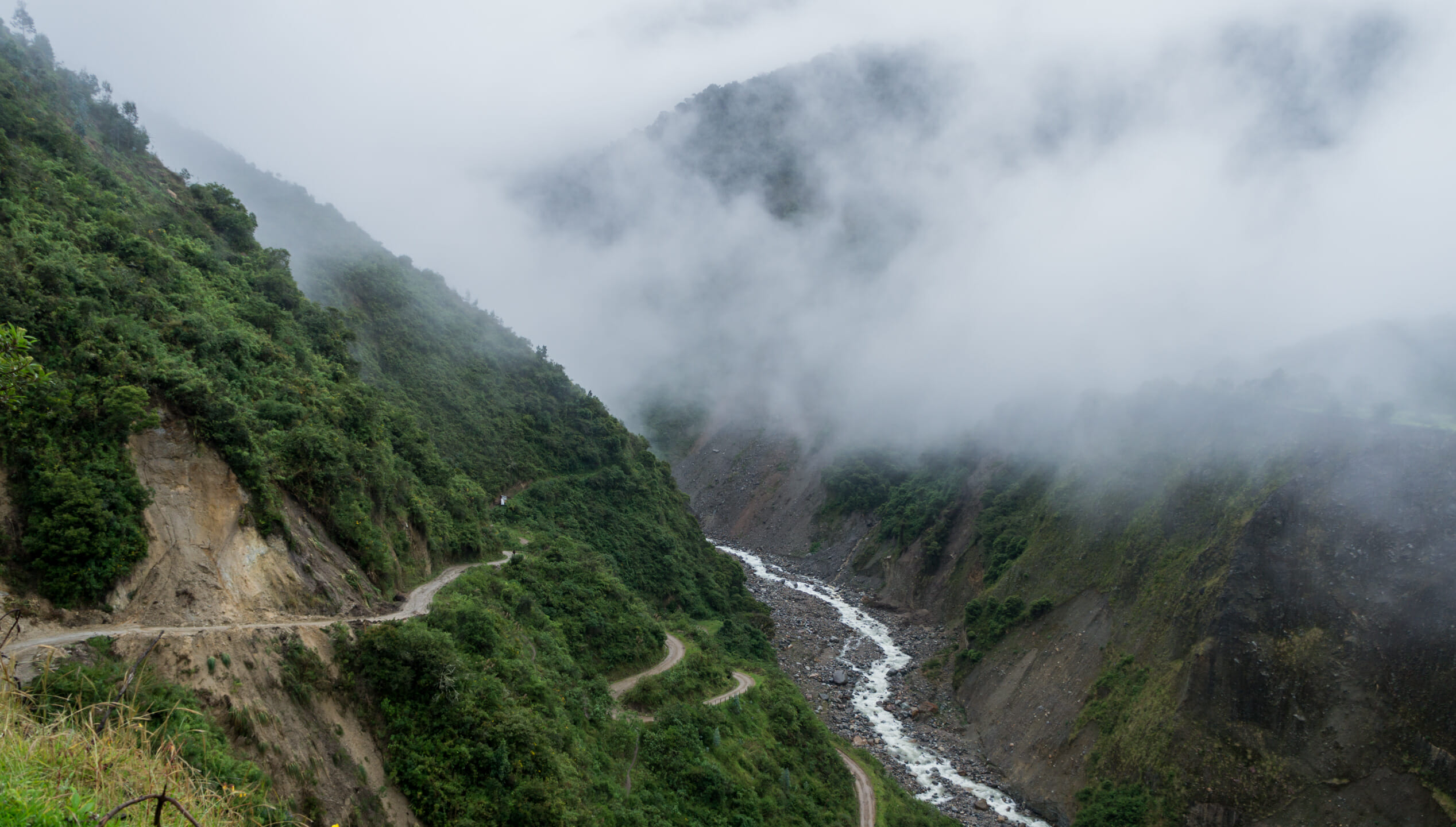
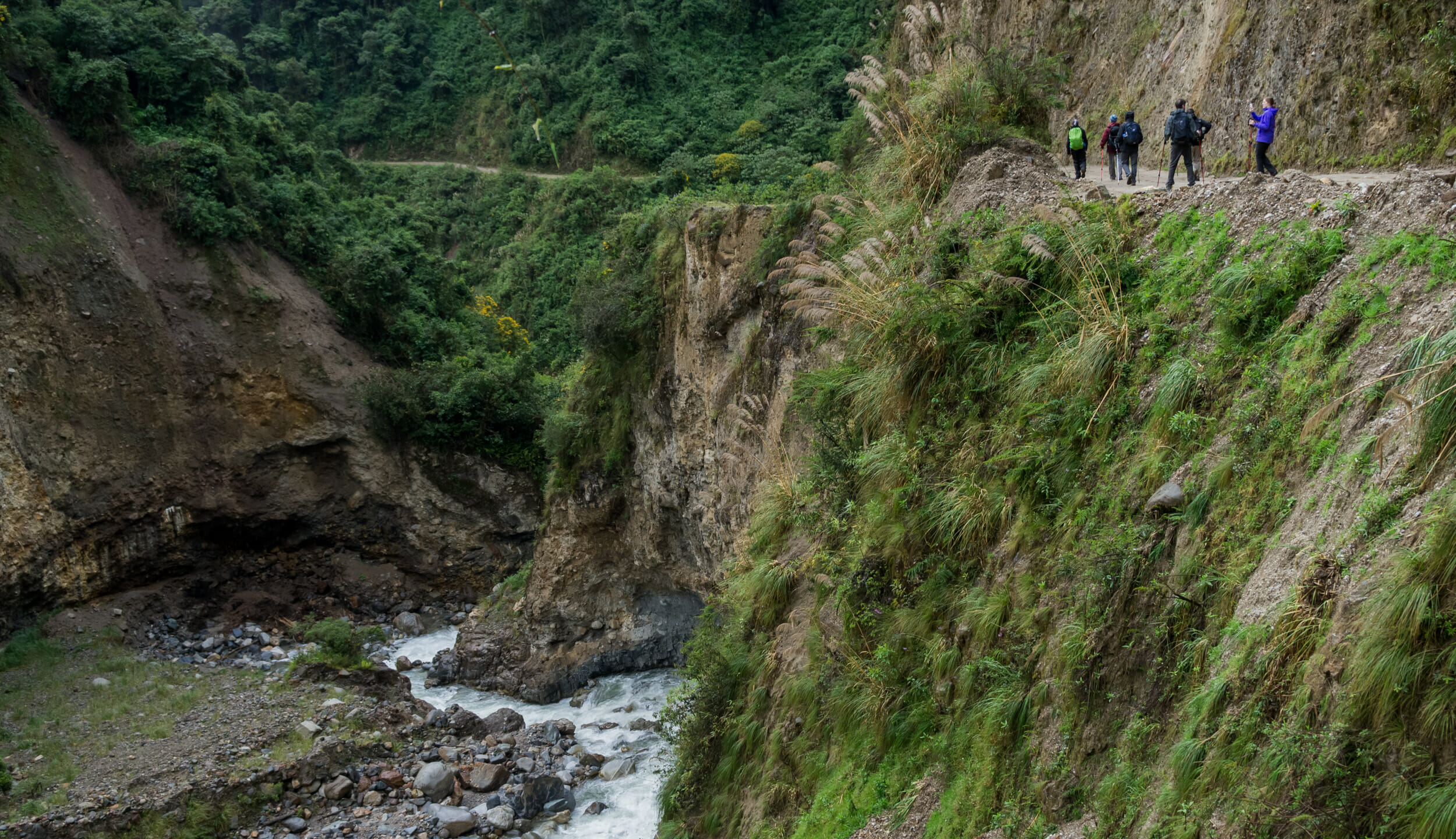

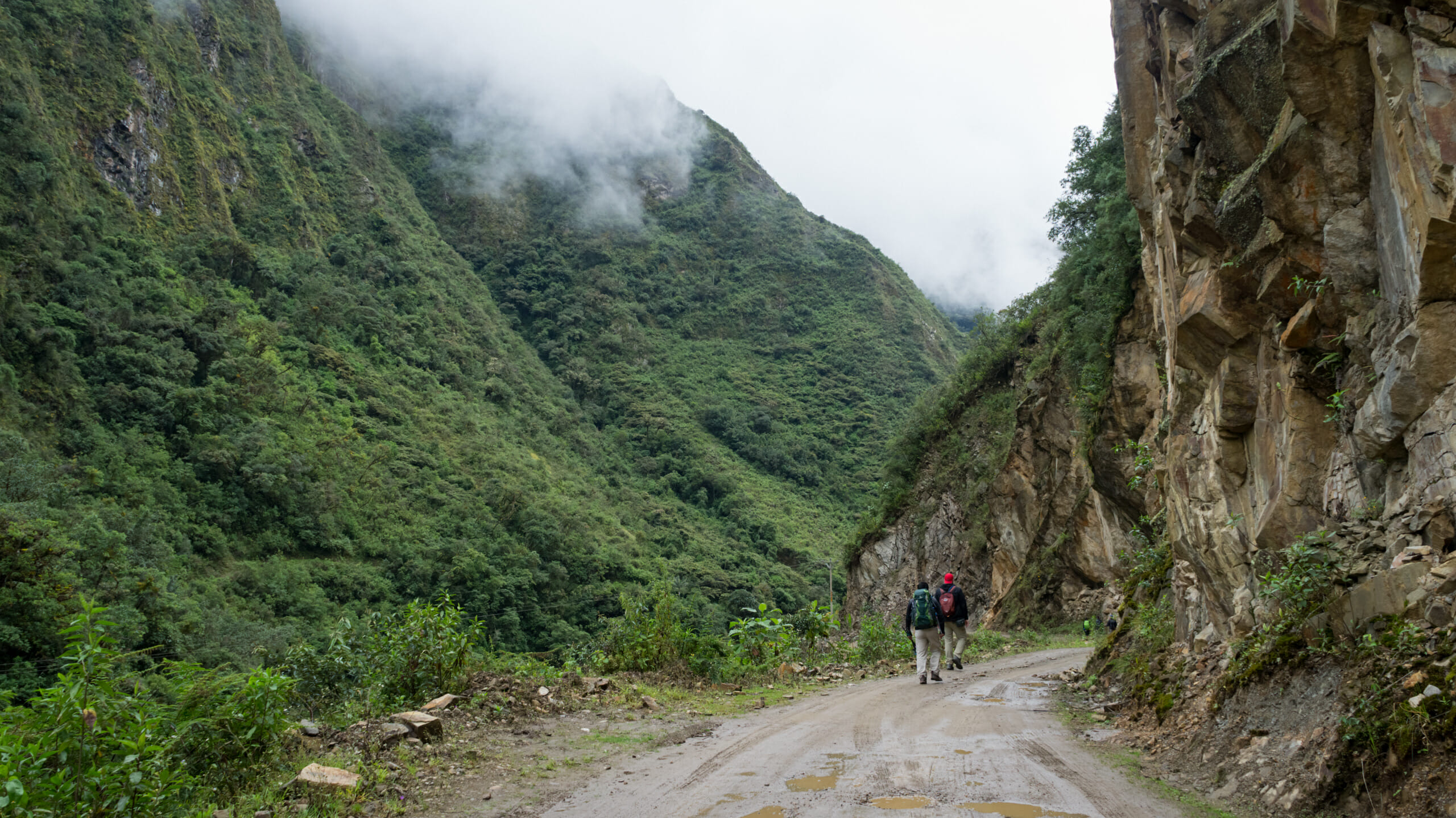
-
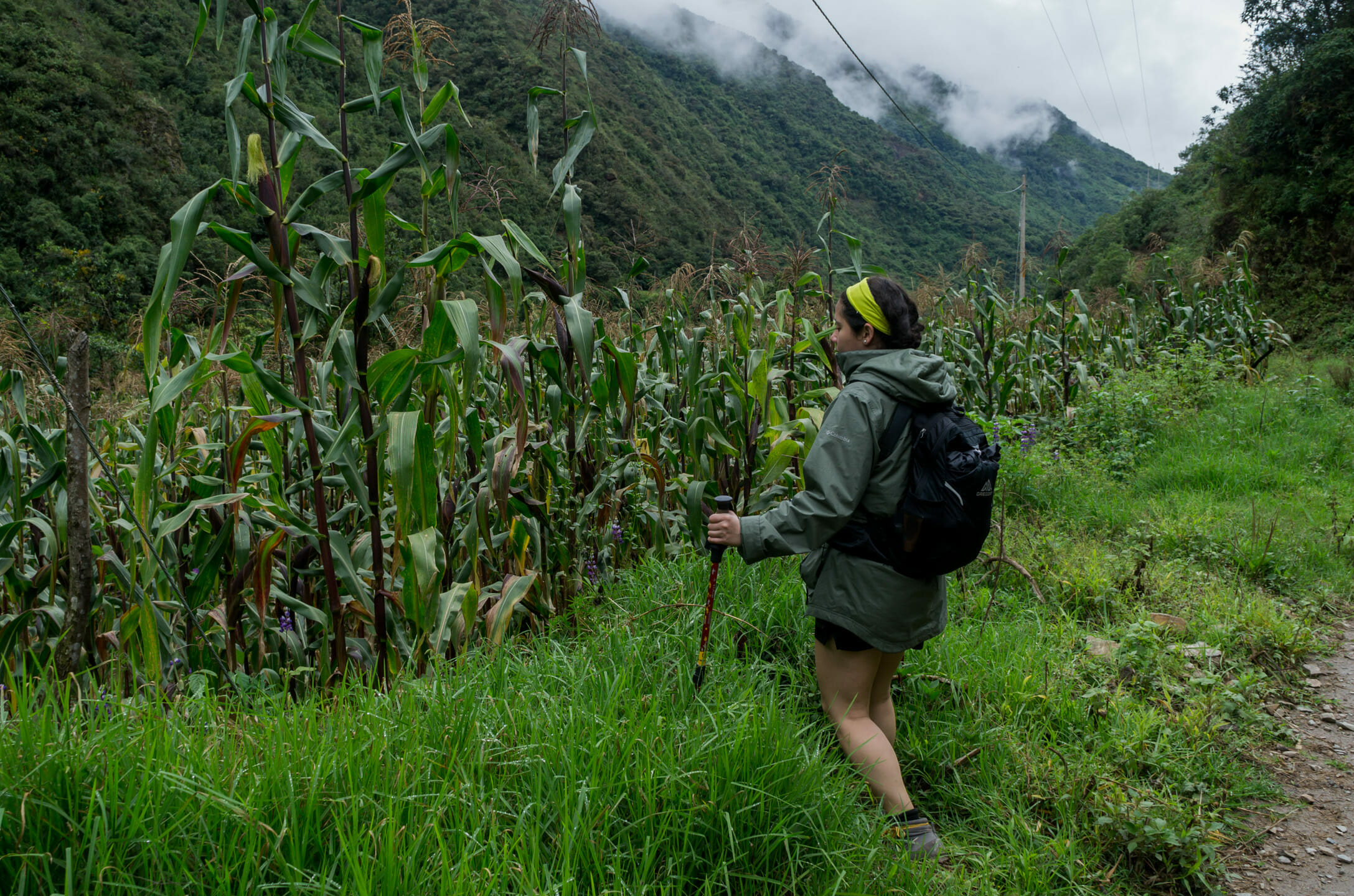
We passed all kinds of farms along the road 
After several hours of hiking, we finally made it to the bus. The bus would take us to get lunch, and then drive us to Hidroeléctrica, a train station outside of Aguas Calientes (the town at the base of Machu Picchu).
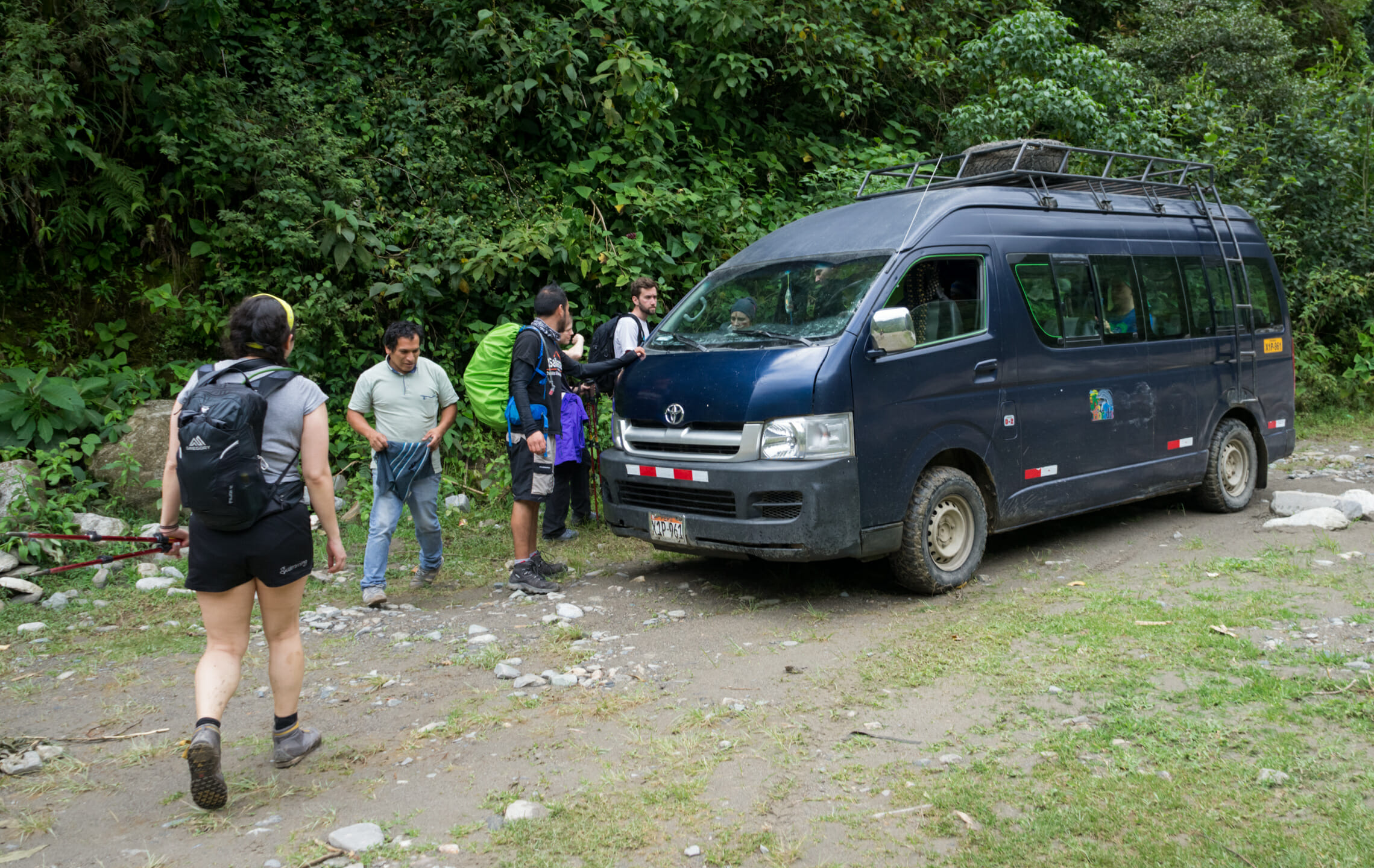
Day 3
Part 2: Hot and Sweaty
After the first couple hours of hiking the rain cleared up and the sun started to come out. Now that we were down in the valley the temperature started to rise to the point where most of us took off our layers and rain gear and replaced them with bug spray and sunscreen. There were a lot of warnings about bugs in the jungle, but for the most part we didn't have many problems aside from a mosquito bite or two.
After a much needed break at our lunch spot (which was also a coffee plantation), we got back on the bus and they drove us a few more miles down the jungle road to Hidroeléctrica. The drive was pretty intense - the road was narrow with some terrifying drop offs on the river side.
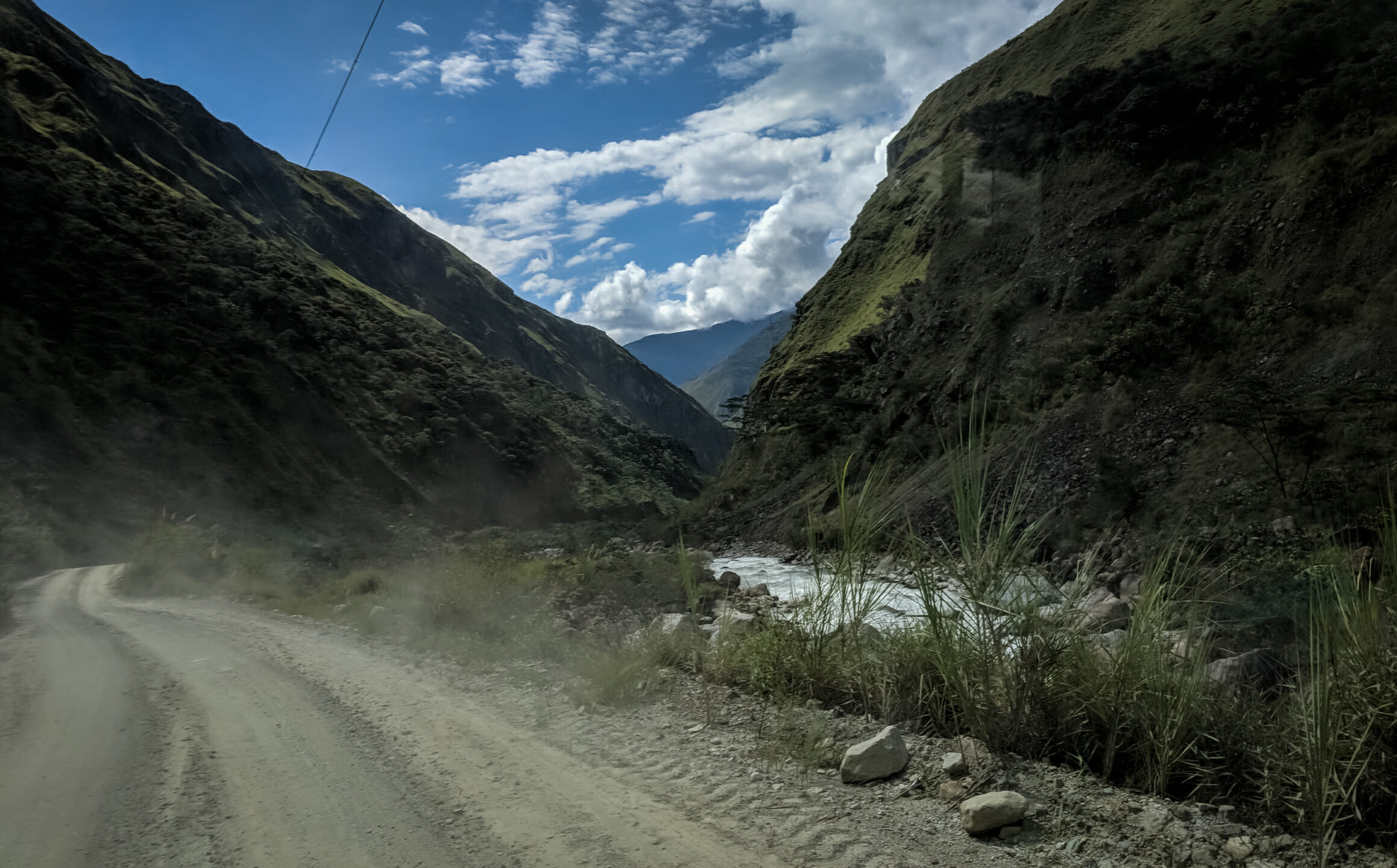
The bus dropped us off a few miles outside of Aguas Calientes so we could complete the hike on our own. It was a beautiful hike, but at this point pretty much everyone was starting to hit the wall. My legs were incredibly sore from the last two days of hiking, and I was starting to develop a big blister in the middle of my right foot. Thankfully the hike only lasted a few hours and we made it to Aguas Calientes before sundown.
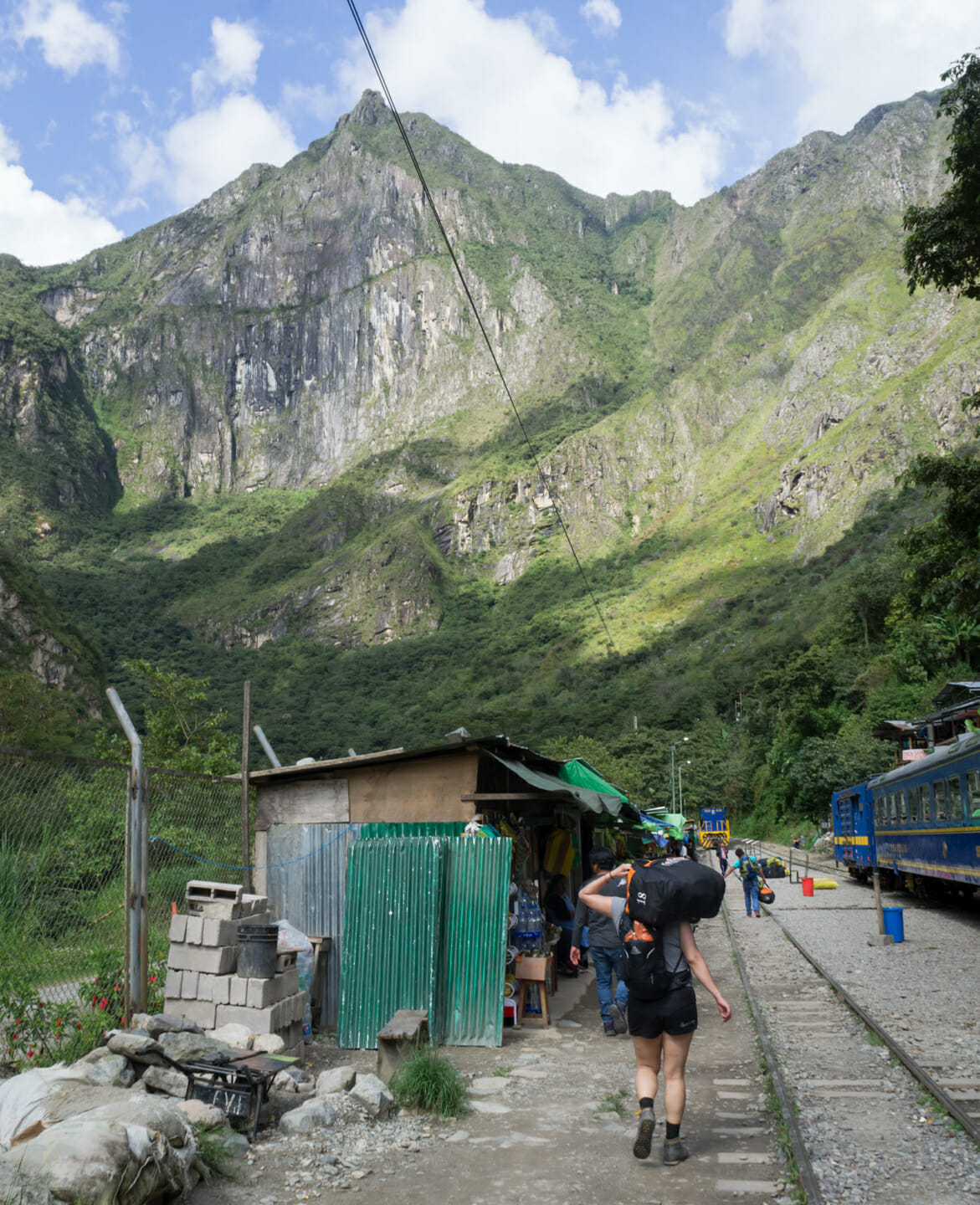

Finally arriving at Aguas Calientes was incredibly gratifying. The trekking company had reservations set up for us at a nice restaurant, and we each got our own hotel room with hot showers, chargers and wifi. Back in civilization at last.
Day 4 - Machu Picchu
After three tough days of hiking and camping, we finally made it to our final destination. Again we got up very early, this time to beat the crowds to the buses that take you from Aguas Calientes to Machu Picchu. There is a trail that you can hike to go from Aguas Calientes up to Machu Picchu, but at this point we were so sore that we opted to take it easy on the bus. Out of the ten people in our group only one guy did the hike, so we didn't feel too bad about skipping it.
We arrived at Machu Picchu probably about 6 or 7 in the morning, and the city was coated in a dense layer of fog. Our guide walked us around the ruins and told us a lot about the what is known of the people who once lived there.
After the tour ended, we said our farewells to the group we hiked with and our guide. From here on our we'd be on our own, as most of our group was headed back to Cusco that day. Instead of going with them we spent a little extra time at Machu Picchu and then spent another night in Aguas Calientes.
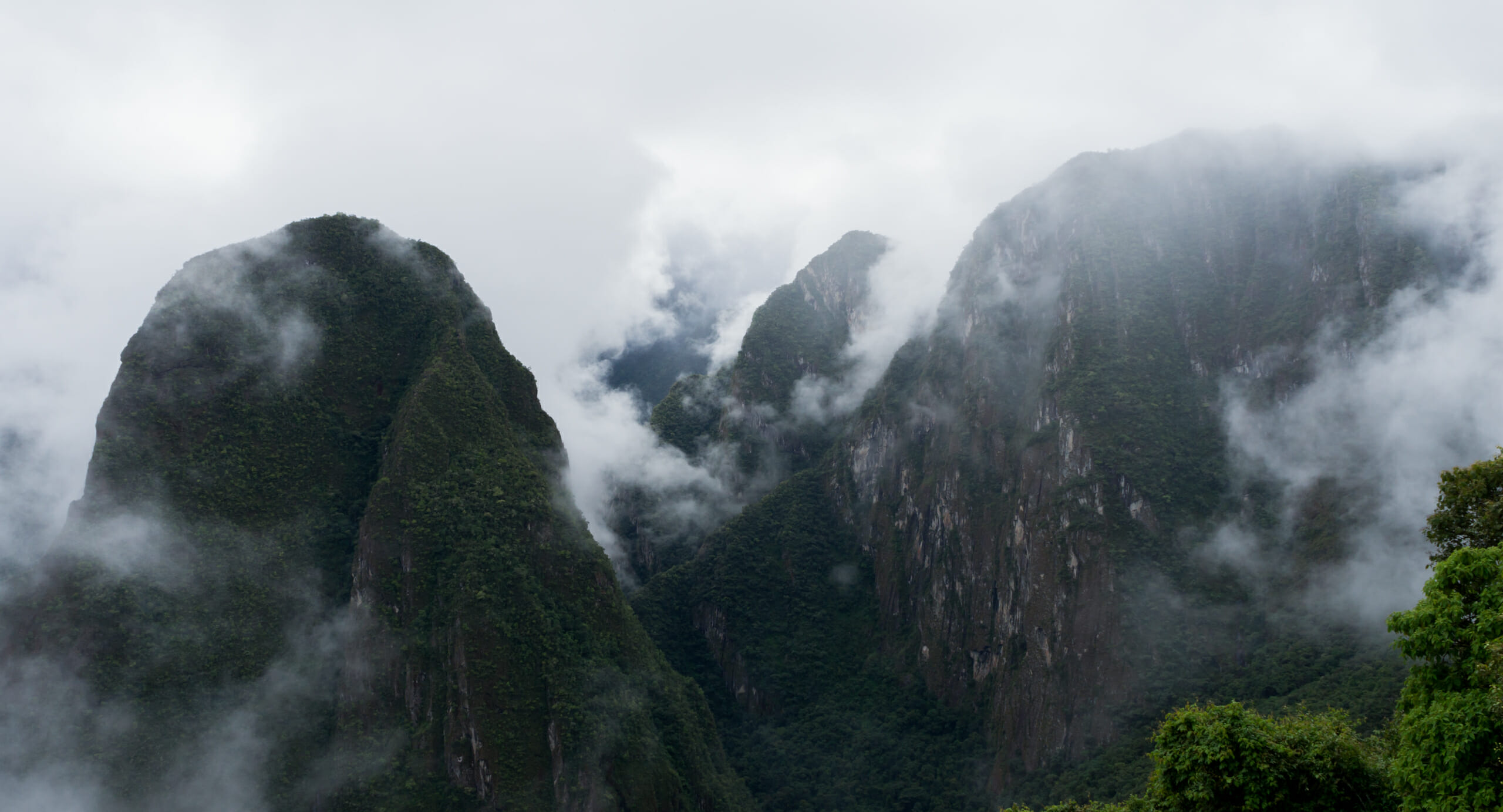
No surprises here, Machu Picchu is absolutely breathtaking. As the clouds cleared we finally got to see the whole city and the surrounding mountains in all their glory. Of course there were a lot of tourists around, but it wasn't as crowded or annoying as you might expect. One thing that was nice was they had a specific area designated for taking photos, so you could get that out of the way then spend the rest of your time just wandering around the ruins.
After spending a few hours enjoying Machu Picchu, we headed back down to Aguas Calientes and spent the rest of the day exploring the small mountain town. Like Cusco, the town was full of dogs and cats who were all very friendly.
Aguas Calientes is (no surprises here) an absolutely gorgeous city. Being at the foot of Machu Picchu it of course was a bit of a "tourist town", but it never felt too artificial. The markets and restaurants were all very charming, and it felt great to just wander around and enjoy the city after spending so much time out in the wilderness.
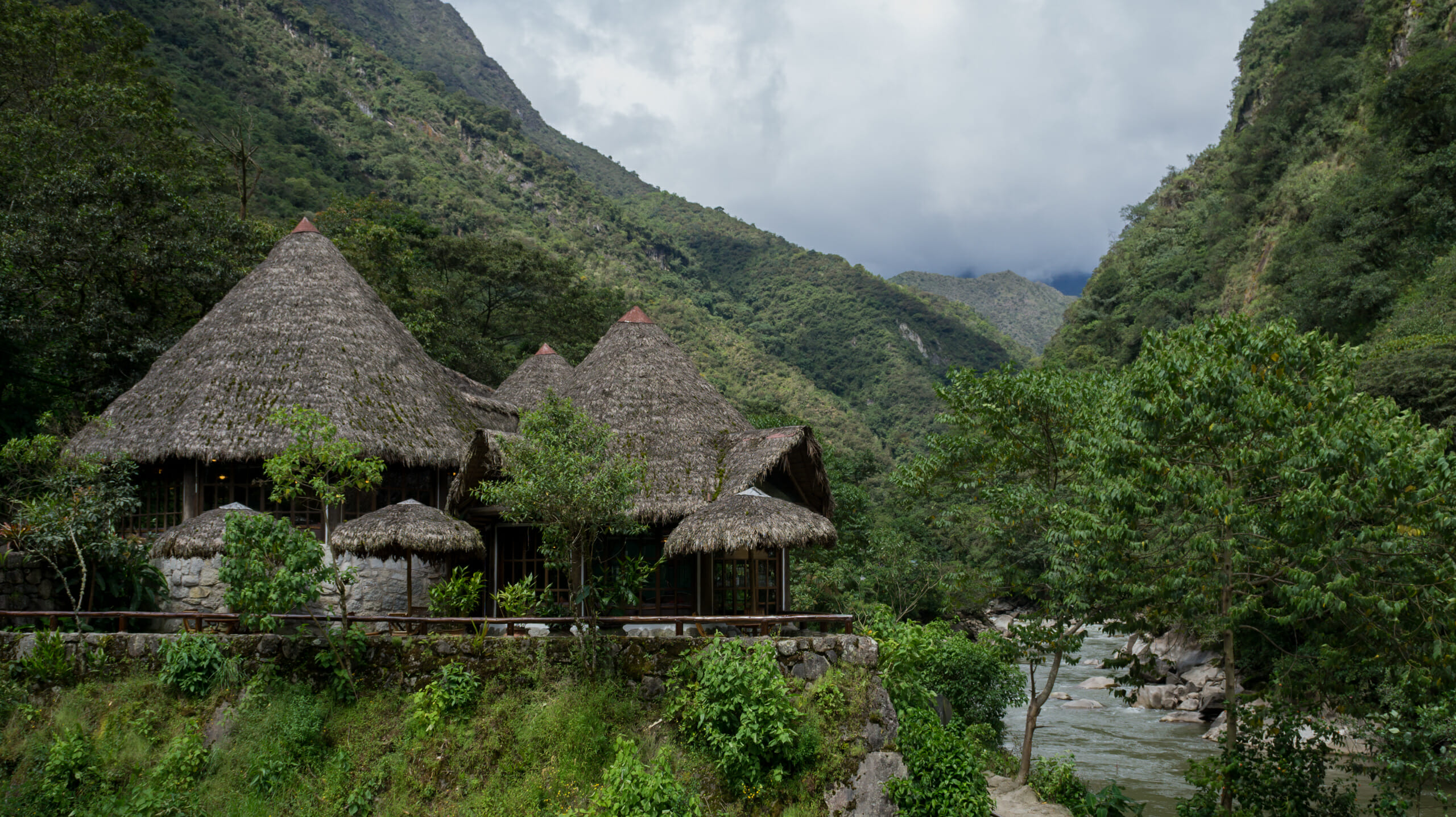


Wrapping Up
An Easy Recovery in Aguas Calientes, Then a Long Trip Home.
Since we knew we'd be recovering from a lot of hard work on the Salkantay Trail, we made sure to book a nice hotel for our recovery day in Aguas Calientes. The Hotel Ferre worked out great - great showers, great beds, and our windows had a gorgeous view of the nearby river and cliffs. 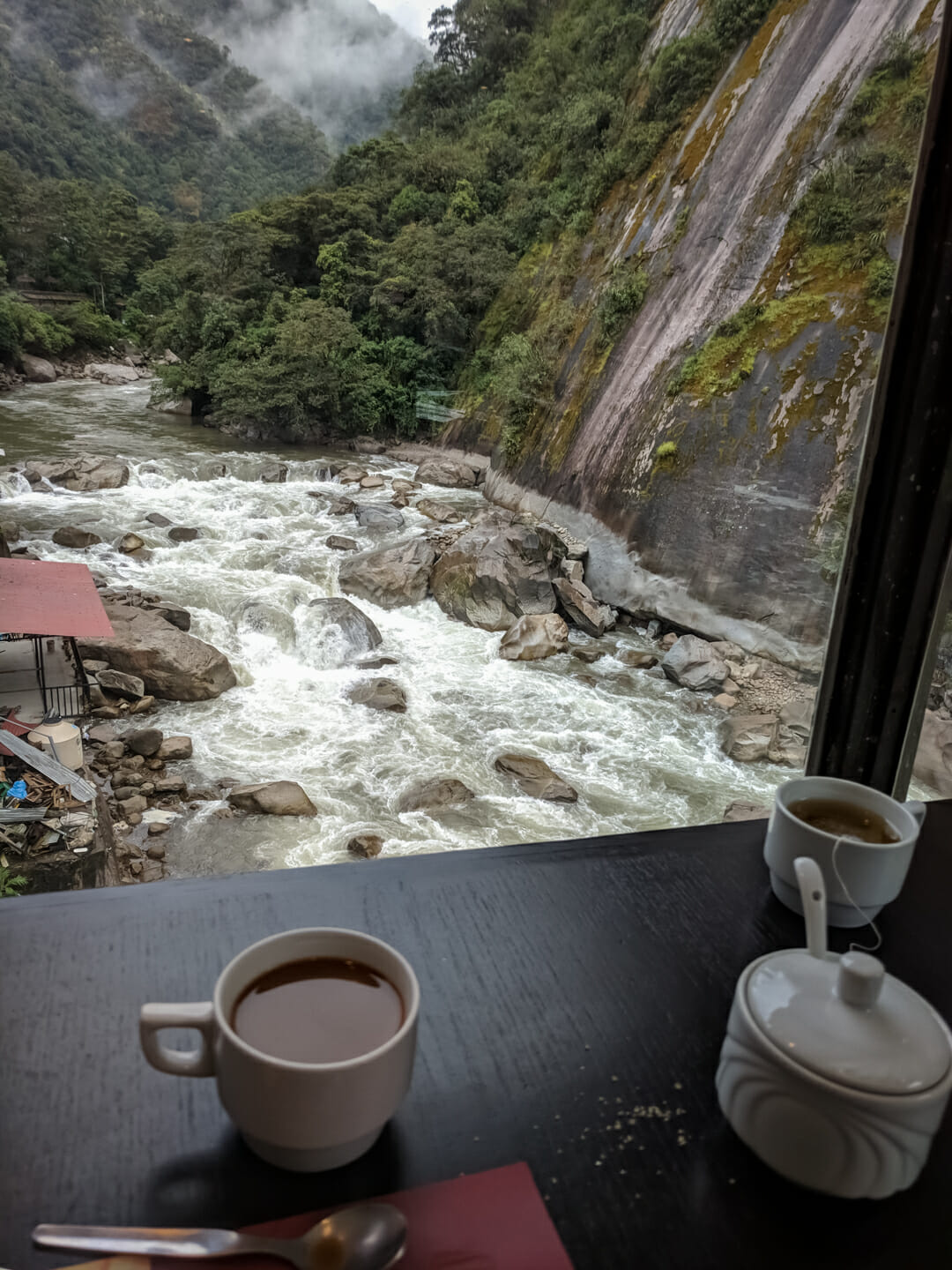
After spending a relaxing afternoon in the town, we got on the train and headed back to Cusco. The train ride was very scenic and comfortable.
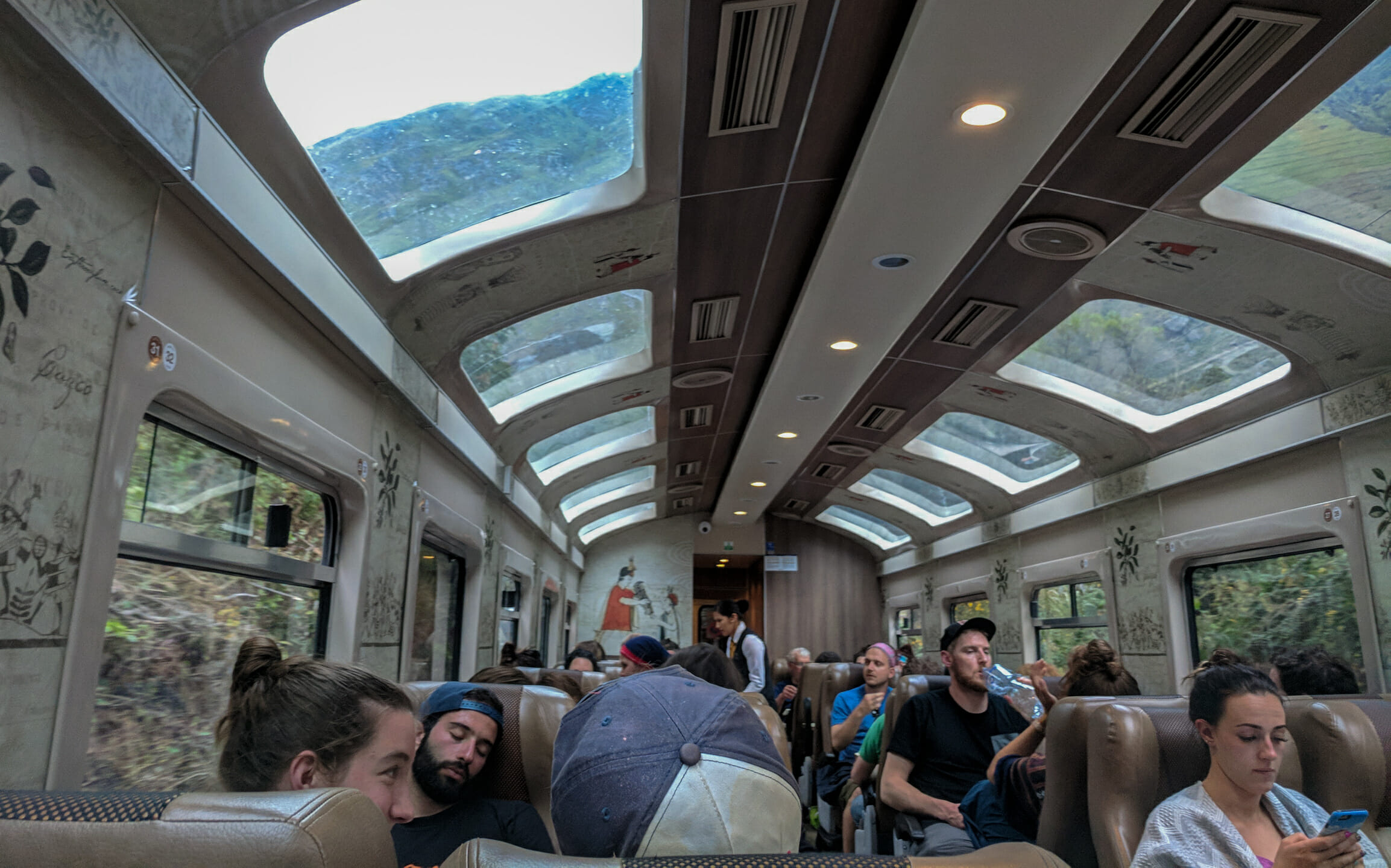
Unfortunately, the train couldn't take us all the way to Cusco. Instead it dropped us off in the nearby town of Ollantaytambo, where we then got on yet another bus which took us back to Cusco.
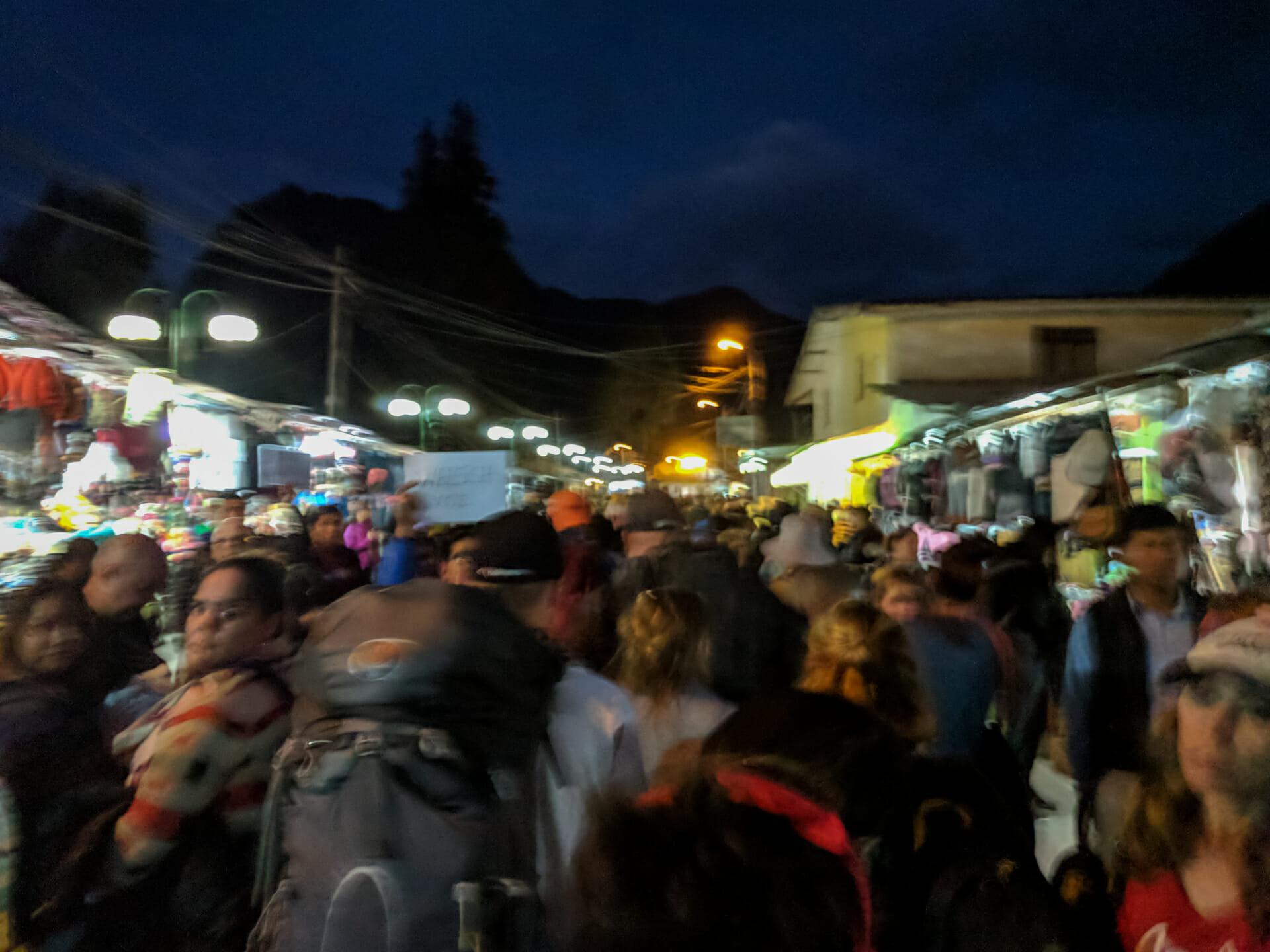
Finishing the Salkantay Trail, making it to Machu Picchu and back home was an incredibly rewarding experience. It was difficult, uncomfortable, and downright painful at times. Through most of the trip I found myself constantly dealing with either the effects of the high altitude, an upset stomach from something I probably shouldn't have eaten, or blisters and soreness from hiking miles through terrain which couldn't be more different from my home city of Chicago.
In the end though, all of that pain and difficulty was just background noise. Experiencing the Peruvian Andes first hand was something I'll never forget. The challenges we faced getting through the toughest parts of the trip are some of my favorite memories, and they're memories I'll have for a lifetime.
Next vacation though, I'm going to the beach.
